Space Moon Treaty Constellations
Black Holes

Short stories
Into The Unknown:
What really happens when you fall into a black hole; a tale of stars, gummies and purple burglar alarms




Tips & Tricks
Introduction to IGCSEs
Introduction to A-levels
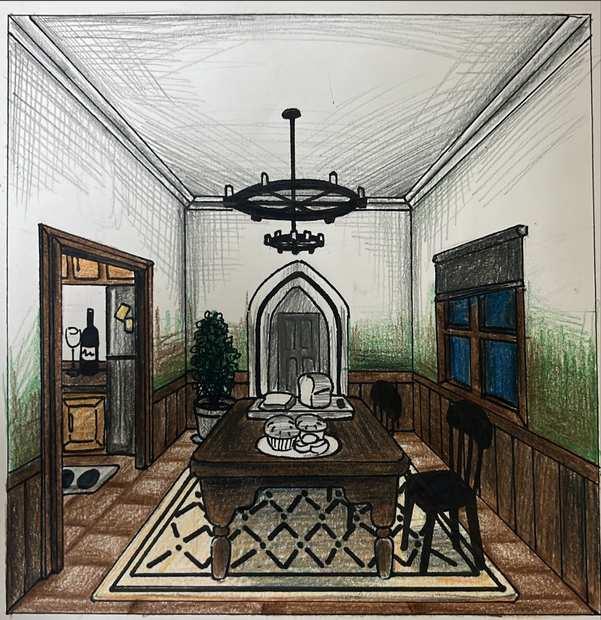
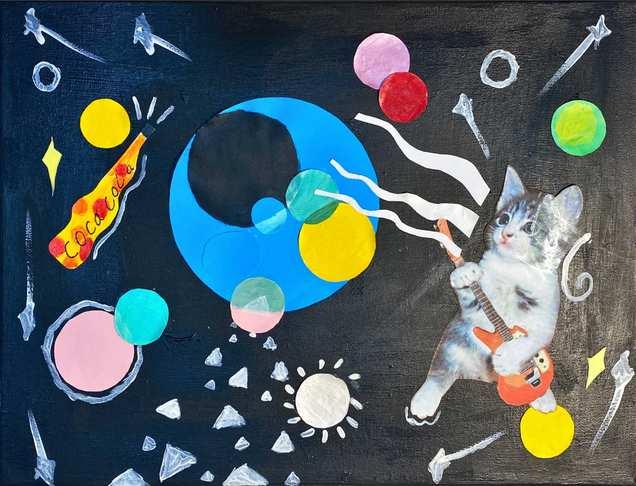

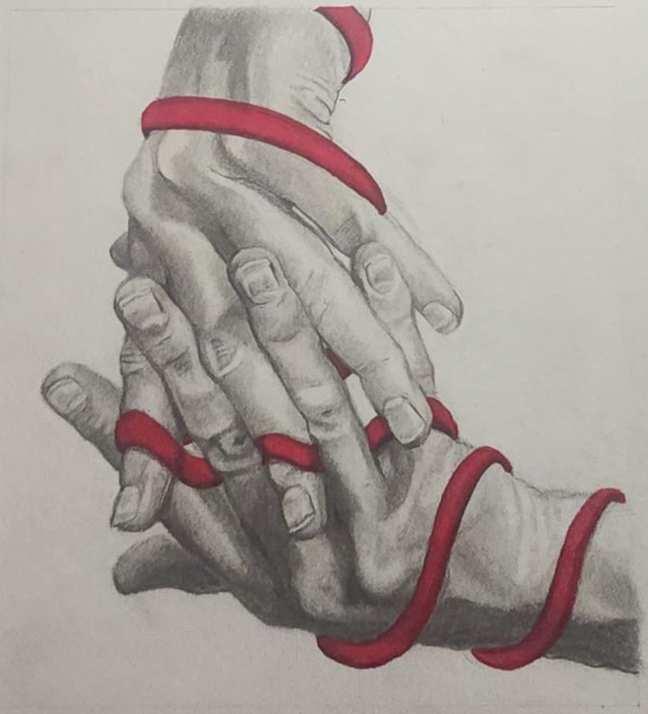




Space Moon Treaty Constellations
Black Holes

Short stories
Into The Unknown:
What really happens when you fall into a black hole; a tale of stars, gummies and purple burglar alarms




Tips & Tricks
Introduction to IGCSEs
Introduction to A-levels







Dear Reader,
Welcome to another stellar issue of The Cambridge Collective! This issue’s theme is <Space= and we think it’s out of this world, we hope you think so too.
We blast off with everything you didn’t know you wanted to know about <Nasa=, and follow with a galaxy of feature articles highlighting all the interesting, planet-tastic and astronomical things about Space and The Universe!
Following our record breaking 15 feature articles we go back to the future to hear from our CHS Alumni.
We continue the <Get To Know Your Teacher= series to learn more about our cosmic school teachers, this edition features Miss McWilliam, Mrs Graham, and Mr Brittain. Dive into a black hole to find our collective short story <Into the Unknown= a tale of stars, gummies, and purple burglar alarms!
I would like to say a big thank you to all of our incredible illustrators, layout designers and proofreaders who have been instrumental in creating this, you are the real shooting stars. A huge thank you to everyone who contributed to this issue, we are over the moon with how it turned out!
Lastly, a personal thank you to Xenia Plarre, who has been both a friend and a brilliant mentor since issue 2, she has been shining from the very beginning and I could not thank her more for showing me the ropes. It has been wonderful to spend hours and hours together over the last 3 years editing and designing The Cambridge Collective.
On behalf of the Editorial Team, we officially launch Issue 9 and hope you all have a great summer. So grab your helmet, hop into your spaceship and let’s take off on a meteoric adventure!
Bo Burnham, Editor
Editor's Note: The articles, pictures, diagrams and all forms of content presented in this publication do not in any way represent or reflect the views, opinions or beliefs of the publication and of the editor's team.
Bo Burnham, Natasha Tatham, Teddy Tatham, Alia Barry, Sofia Malmberg, Dana Luna Zimmer, Xanthe Trim
Layout Designers
Xenia Plarre, Claire Enriquez, Bo Burnham
Proofreaders
Xenia Plarre, Leo Brown, Uphaar Kaur-Khangura
Mrs Howard, Mr Boylan, Xenia Plarre












Hellooo! If you’re reading this, you’ve just signed an imaginary contract to take a quick trip through space history, specifically NASA. Ready? Let’s begin.
Let's break this down. NASA stands for National Aeronautics and Space Administration. Already thinking about something? Space Agency? Yep! You're right! NASA is a United States government agency that is responsible for science and technology related to space. NASA explores the unknown in air and space, innovates for the benefit of humanity and inspires the world through discoveries.
Dwight D. Eisenhower (Nasa’s First Administrator) founded NASA in 1958, specifically made for the Space Race. So... This huge administration was created JUST for a race? I mean yes... and no. Of course, NASA was founded for the specific goal and reason to win the space race, but it also bonded many people to work together and achieve incredible things. Wait, wait, wait Dana... What is the Space race?? Cue dramatic music
Written by Dana Luna Zimmer
(Quick) Summary of the Space race:
Super speedy reading pace
<The Space race was a political struggle between the Soviet Union and the USA to be the first to achieve key milestones in the exploration of space=
Phew... Yeah, that's basically it!
So, for that reason, NASA was created. NASA became motivated, hiring over 8,000 employees to work on the specific goal of winning the Space Race. The intense work and effort paid off, AND THEY BECAME CHAMPIO-
Hold on... But did they win? I'm going to leave that to Natasha with her article on the Space Race page.
NASA’s Greatest Hits and Achievements (So Far...)
1958: Launching Explorer 1, discovering Earth’s radiation belts
1961: First American in Space, Alan Shepard
1969: The first moon landing, Neil Armstrong sets man’s first foot on the moon
1990: Hubble Telescope launched, vastly improving our understanding of the universe
1998: International Space Station (ISS) begins
2012: <Curiosity= Rover lands on Mars
2022: Artemis I launches
2025: And now? Moon bases? Mars missions? Stay tuned!
And that is basically what you need to know about NASA!
More Than Just Rockets
NASA isn’t just about astronauts in cool suits. It’s also responsible for many important things essential for life! Things such as Climate Science, Satellite technology, and Inventions you use in everyday life! (Memory foam, water filters and even phone cameras!) Hang on... Are you saying that my beautiful majestic selfies are only visible because of NASA? Yes!
So next time you look up at the stars, remember - NASA is out there, still exploring, still discovering, and still reaching for the impossible.

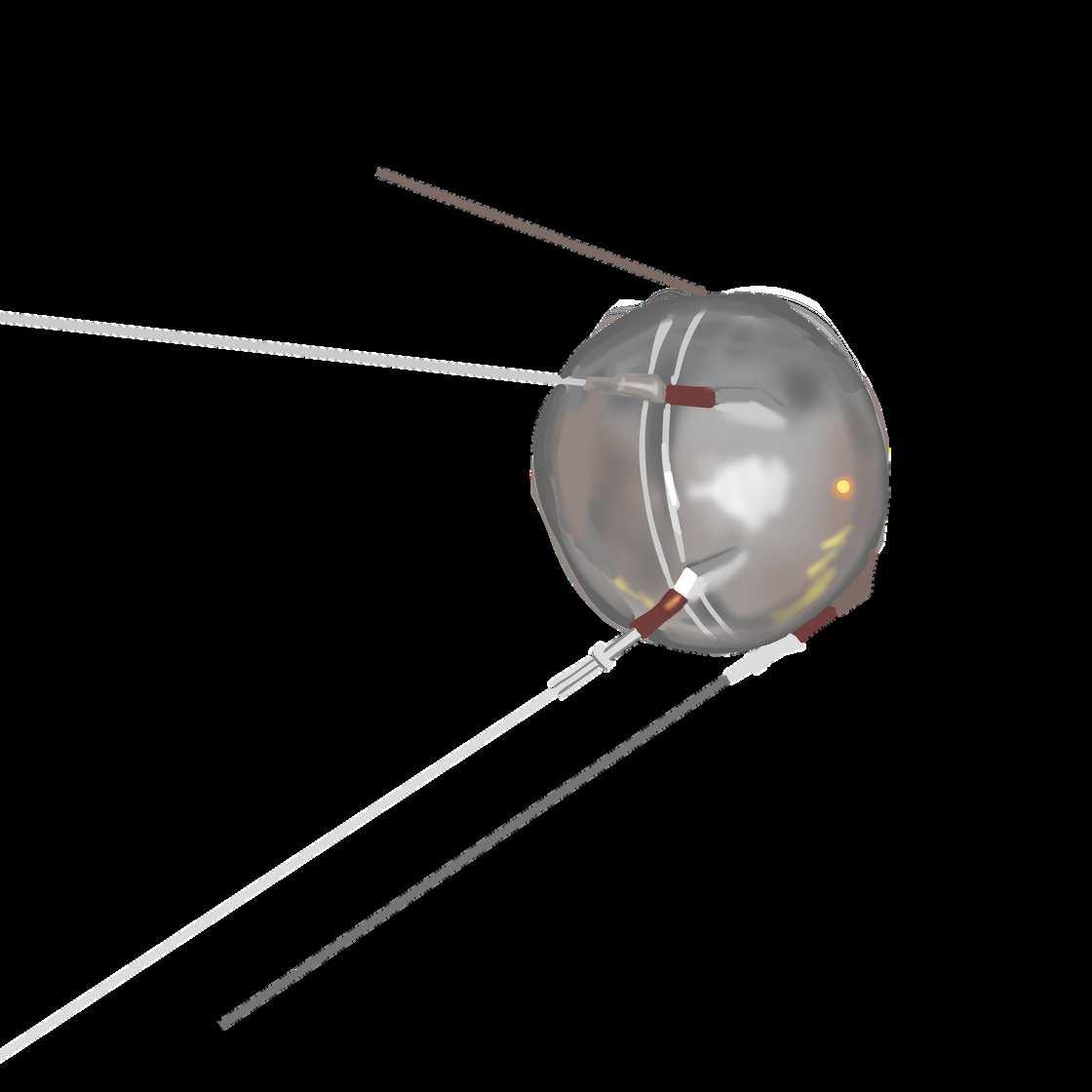
Written
and illustrated by Natasha
Tatham
Let9s take a step back to the 20th century... back to the 45-year nuclear standstill, otherwise known as the Cold War, between the Soviet Union and The United States. Imbedded within this ideological and military flexing was the Space Race: an 18-year-long competition to see who could land a man on the Moon first. Today9s space exploration might be more pentathlon-like and varied than the 1960s sprint, but ideas of technological competitivity, national pride, defensive power and fear of missing out probably still inspire missions today, so let9s get some history straight.
The Space Race officially started in 1955, when powerhouse countries began to announce their plans to orbit satellites. The first successful launch of a satellite was the Soviets9 Sputnik: a move which caused severe fear amongst Americans. Sputnik threw the Space Race into full force. Considered a national security threat, it energised America9s formation of the National Aeronautics and Space Administration (NASA). Soviets went on to beat America in many 8race9 categories, such as Yuri Gagarin9s first ever human orbit, and the first spacewalk by Alexis Leonov.
After smelling the dust of the Soviet Union9s accomplishments, America must have decided it was time to level up. It had launched robots to search areas such as Mars and Venus (feats already realized by the Soviets9 Venus Venera Robots), but also began building up to a Moon landing, known as the Apollo Missions. After several false starts and disastrous runs, Apollo 8 officially landed a spacecraft on our nearest celestial neighbour. Granted, no man stepped to its surface, but the experience taught America what it needed to go again. By Apollo 11, and with a great deal of determination, they had done it! The Eagle had landed on the Moon, and America planted its flag, claiming official victory in the Space Race.
Unlike the Soviets and Americans back in the Space Race, our current travels are no longer just to get a leg up on our enemies. The race is wider, deeper, more multinational now: both public and commercially driven, with broader itineraries, more sophisticated technology and varying motivations. We travel to learn more about our surroundings, and perhaps ourselves as well. Aside from the rather colonial space resource mining and potential habitation aims (Plan B Earth exit strategies if we out-heat, out-pollute or up-disease
ourselves), there is the practical maintenance and extension of vast climate monitoring, communications and surveillance nets up in space to consider, since they now support many parts of everyday life. So, despite the Outer Space Treaty, which states no sovereignty is permitted in space, who knows how much money there is to be 8peacefully9 made up there?
And what of our species-defining wonder, imagination and complex thought: the deeper pulse of curiosity and fear that keeps us racing? Are we alone and just improbably lucky to be alive? Do other forms of consciousness exist? Are they watching us already? With space tourism already reality, and missions to explore microorganisms on planets like Mars or Jupiter9s moons planned, a starter gun on future exploration races might soon be fired. Perhaps for many of us, without answers to such big questions, it feels comforting to have fellow-nations sharing the same track, with hopes that the race becomes an increasingly collaborative team relay.
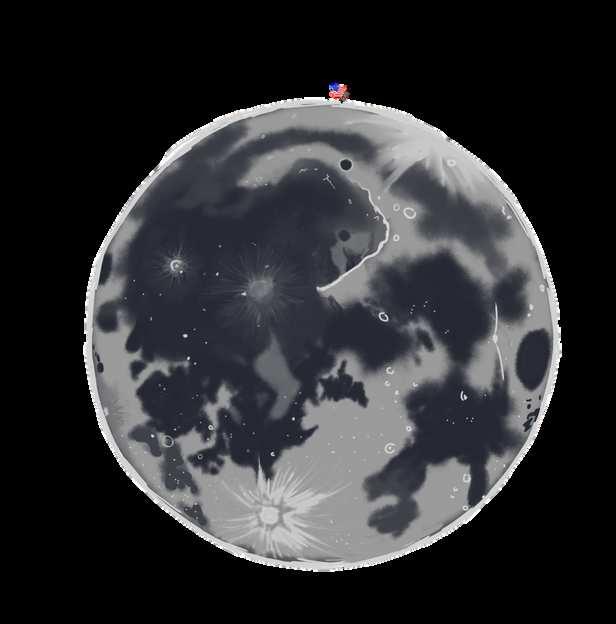

Written by Anya Coren, Camila Po and Uphaar Kaur-Khangura
What are Martians?
Martians are the creatures that people typically imagine populate the planet Mars. They are usually illustrated as little green aliens with big eyes in fiction, but scientists haven't found any type of life form on Mars yet. The idea of Martians came from science fiction, but can actual Martians even exist?
Mars is the fourth planet in the solar system, and it has been of interest to human beings for centuries. Martians are depicted in movies and books as creatures that live on Mars. There are scientists who believe that microbial life could have existed on Mars when it had water. Mars is now a cold, dry planet, but it was not always that way. It is thought to have contained rivers and lakes many years ago, so scientists think there might have been life. So far, no signs of life have been found. Scientists are hoping to learn more in the years to
come with rovers and missions to explore the Red Planet. Although we have not yet discovered real Martians, the search for life on Mars continues. Scientists are exploring the surface of the planet to uncover its secrets of its past. Who knows? One day we will discover evidence of Martians, either in the form of ancient microorganisms or something even more exciting.
Are they real?
Martians don’t quite exist; we haven’t found any real evidence that any entities inhabit the planet. Although, scientists are still examining to see if there was/is survival on Mars. Robots, for example, such as NASA’s rovers, have found proof of old water, special resources, and gas! That may mean small living creatures could have been there before. Some scientists believe that tiny creatures that can live in really tough places on Earth might be
hiding under Mars’ ground. So, others wonder about Martians while scientists remain searching for real proof!
What are the differences between Martians and humans?
We do not know much about Martians or how they look. However, some sources say that although humans want everything to do with Martians, Martians do not want anything to do with humans. Others say that due to the high radiation and low gravity, Martians have thicker bones and large eyes. Some people wonder whether species living outside the Earth would have similar DNA or bodily functions to humans, which remains one of the biggest questions. In books written about Martians, they are portrayed as being very carnivorous and frightening, but analysts have contradicted that they are not much scarier than humans.
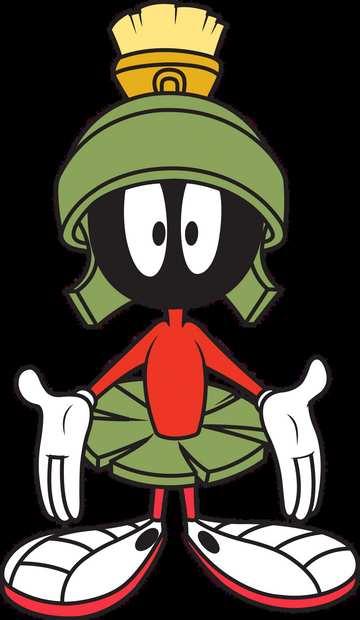
What it is:
Written by Winwin Shinpat
Fission is like breaking a billiard ball that explodes into smaller piecesexcept the "ball" is a heavy atom like uranium-235 or plutonium-239.
When a neutron smashes into one of these heavy atoms, it splits into two smaller atoms and releases a burst of energy and more neutrons, which go on to split other atoms. That’s called a chain reaction.
Used in:
Nuclear power plants
Atomic bombs
Early nuclear propulsion concepts (like Project NERVA and Project Orion)
In rockets:
Fission can heat a propellant like hydrogen to extreme temperatures, shooting it out the back for nuclear thermal propulsion. It’s twice as efficient as chemical rocketsmeaning you can go faster, farther.

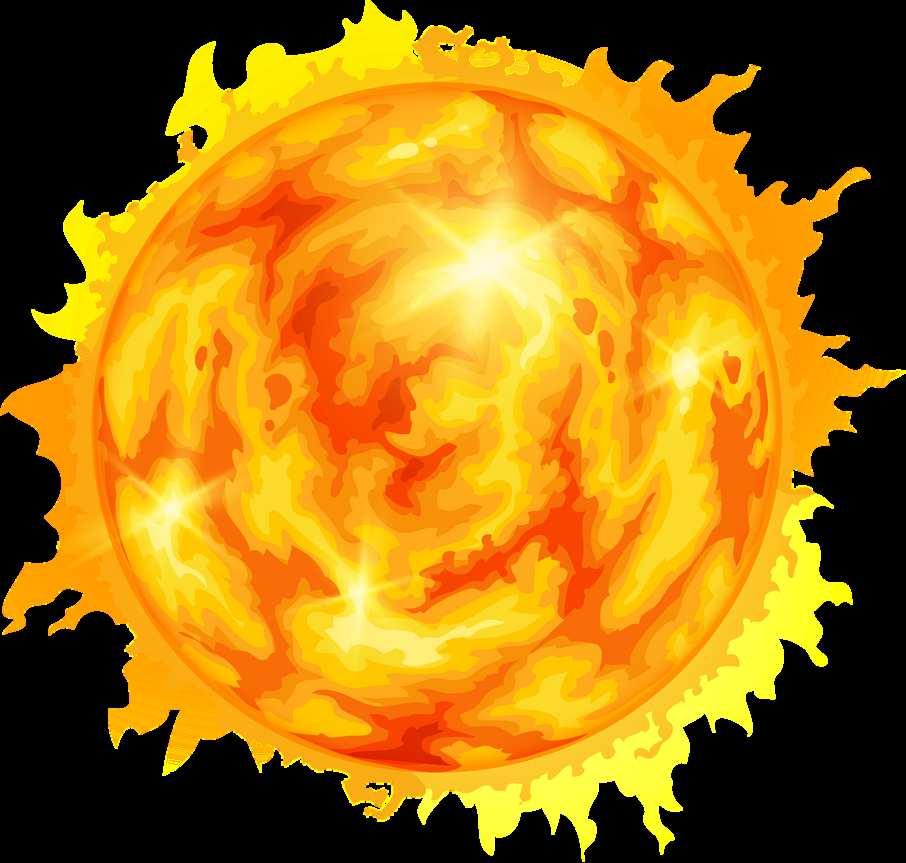
What it is:
Fusion is when two light atoms (like hydrogen isotopes - deuterium and tritium) combine into a heavier atom, like helium. This process releases even more energy than fission.
It’s how the Sun works - so when we do fusion on Earth, we’re literally bringing star power to the lab.
Used in:
Hydrogen bombs
Experimental power plants (like ITER and laser fusion)
Theoretical future rocket engines
In rockets:
Fusion propulsion is like a dream engine. If we can control it, we could travel to Mars in weeks or even go interstellar. It could power engines like: Fusion pulse propulsion (using small fusion explosions to push the ship) Magnetic confinement drives (like a mini sun trapped by magnets)
Written by Dean French and Anya Coren
Ancient theories about what the universe actually is:
Back a few thousand years ago, people had strange ideas about what the universe was, and how it was shaped. The first was known as the 8Cosmic Egg Universe9. Earth and heaven were said to have started originally in a formless state, just like the egg of a chicken!
The Geocentric Theory, invented by Greek philosopher Aristotle in the 4th Century BC, thought that the Earth was at the centre of the solar system, and all other planets and stars orbited around it, even the Sun.
In 1543, Nicolaus Copernicus created a similar solar system model to the one we know today, only missing lots of stars and the planets Uranus and Neptune, as they were too far away to be known at the time.
Most believed Scientific Theory for The Big Bang:
Inflationary Big Bang: The most probable and most believed theory for the start of the Universe, known as the Big Bang, is called the Inflationary Big Bang or the Big Bang Theory. This theory proposes that there was a small area in complete nothingness of an extremely hot and dense state.
This state caused an extreme explosion, causing that dense state to expand to become cooler and less dense. The Universe has been expanding and growing less dense and cooler, ever since this explosion took place.
Disproven Scientific Theories about The Universe and Matter:
Spontaneous Generation:
Spontaneous Generation is a scientific but disproven theory of the universe where matter practically spawned out of absolute nothingness. Many used to believe that life could arise from something that was non-living and could spontaneously appear, hence the name Spontaneous Generation.
Flat Earth:
This theory is the most common disproven theory that some people still believe is true. They believed the Earth had a disc shape that was almost 2D and square corners with stars and planets surrounding the Earth, making it similar to the Geocentric Theory.
One of the most well-known quantum frameworks is quantum mechanics, which suggests that particles such as electrons and photons exist in a state of probability, with properties like position and momentum only becoming definite when observed.
A significant development in modern physics is string theory, which posits that the fundamental building blocks of the universe are not point-like particles but rather tiny, vibrating strings. These strings can vibrate in different modes, and their vibrations determine the properties of the particles we observe, such as mass and charge. String theory also introduces the idea of additional spatial dimensions beyond the familiar three, potentially offering a unified framework that could reconcile quantum mechanics with gravity.
Another intriguing concept is quantum loop gravity, which also seeks to merge quantum mechanics with general relativity, focusing on the quantum nature of spacetime itself. Quantum entanglement, where particles instantaneously influence each other across vast distances, adds another layer of complexity, challenging classical notions of locality and causality.




Written by Aryan Premjithlal Bhaskaran
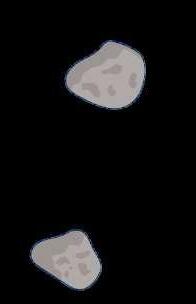
1,500 light-years away from Earth, the Hubble telescope has captured a stunning image of an Orion Nebula with two new protostars: HOPS 150 and HOPS 153. This has given scientists a massive insight into the birth and evolution of stars.
A protostar can form from a massive cloud of gas which is mostly hydrogen and dust in space which is known as a nebula. Then dust and gas start to get pulled together because of gravitational attractions. The mass starts to heat up as it falls together. A star will be formed when it is hot enough for hydrogen nuclei to fuse to create helium. This process of fusion releases energy which forms the core of a star. This core will also continue to stay hot because of the release of energy from the fusion process. Protostars is the first step into the formations of stars. The Orion Nebula, which is also called Messier 42, is the closest star forming region to earth. The nebula is an enormous amount of gas and dust where a vast number of stars are being forged.
HOPS 150 and HOPS 153 are still in the developing stages, which means they are still consuming material form the dust and gas cloud. Both of the Protostars have a small, dusty disk of material surrounding them. The protostars are over 2000 times wider than the distance between the Earth and Sun. Scientists have estimated the amount of infrared light they are emitting compared to

Scientists can learn a lot from HOPS 150 and HOPS 153 and about the life cycle of stars. In the future, the environment of the Orion Nebula will change, and new protostars will be born.




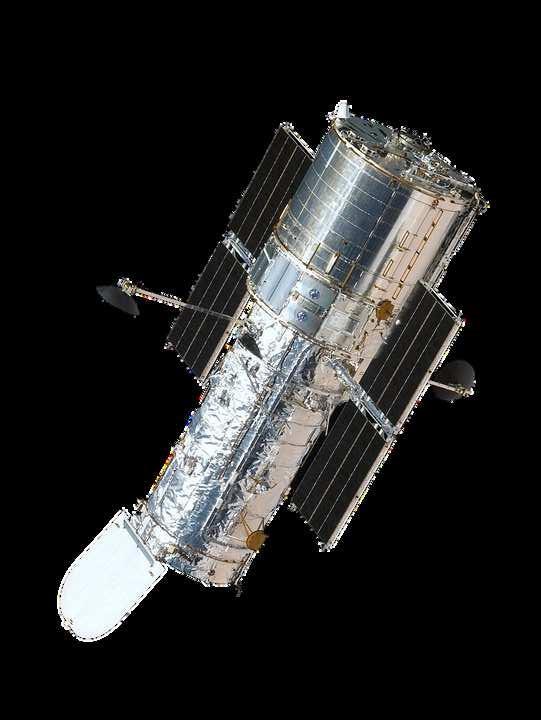







Written and illustrated by Natasha Tatham

is warping; it seems we are near a black hole! Black holes are probably essential to our existence: at the centre of almost every galaxy, acting as their glue, yet we know relatively little about them. It9s fascinating – and a little creepy – to think that there may be millions of them, teeny to supermassive, tucked out of sight in the depths of our own Milky Way.













Not actual holes?




Black holes are dense entities with vast mass yet tiny volume, such that they bend and deform our concepts
Black holes have IMMENSE, inconceivable gravity. They are the heaviest, densest objects in the universe so far discovered, and have gravity able to crush anything tiptoeing over their event horizon: the point of no return. In fact, the edge of an event horizon could theoretically be the only place you are safe – a kind of equilibrium where the dual pull might create a constant state – not that it sounds remotely safe or dreamy. Thankfully, scientists are confident that the closest black hole to Earth is over 1,000 light years away –phew!


You heard that right: black holes aren9t actually holes! They are spherical, compact pieces of matter, called 8holes9 because of their dark appearance and bottomless tendency to consume everything. Amazing research, like the international collaboration to create the Event Horizon Telescope, can now bring us images of these mysterious monsters, and begin to teach us more about their role and purpose. There are some intriguing wormhole theories relating to gobbling black holes and their timeflipped counterpart 8white holes9which could spit contents out the




















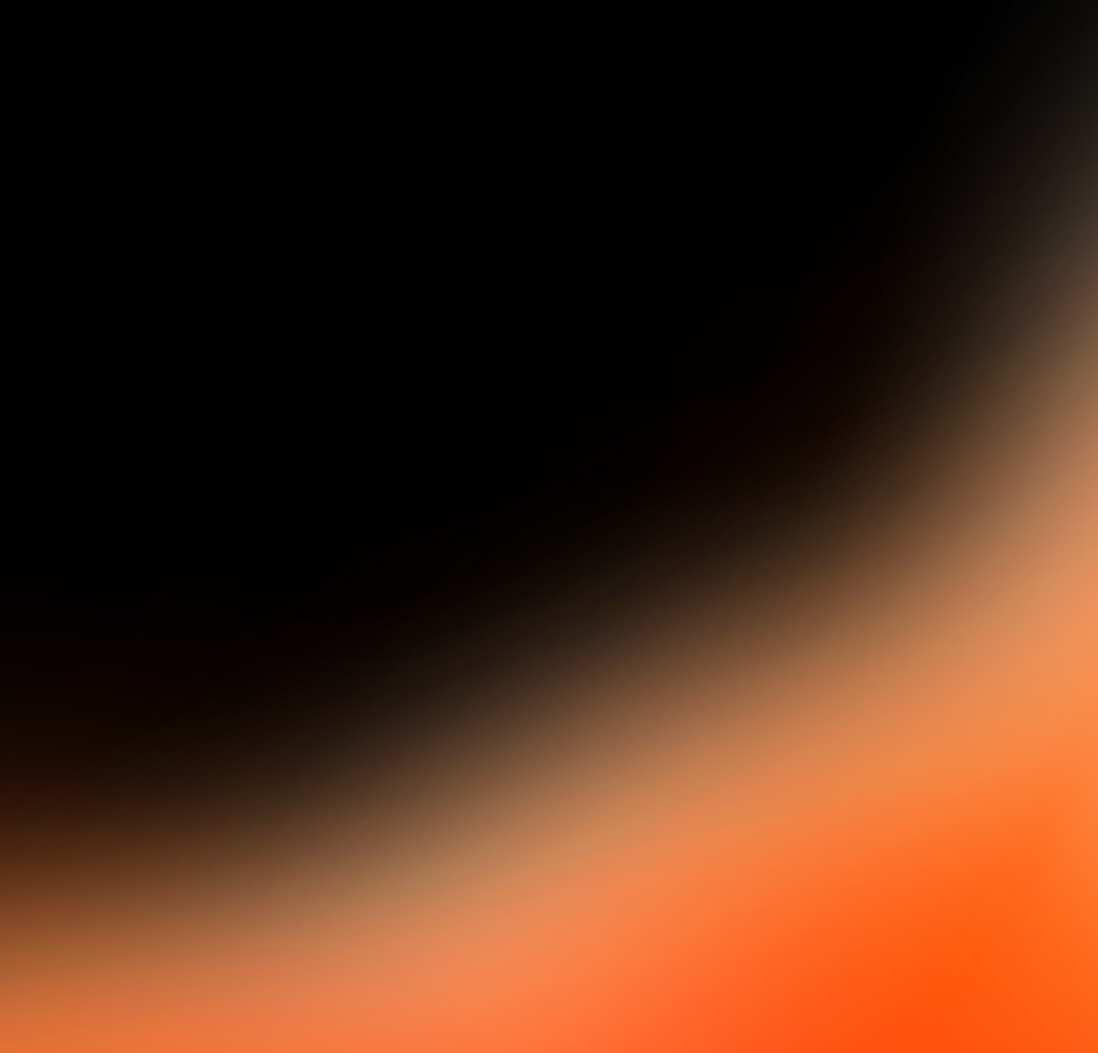


Written by Winwin Shinpat
Illustrated by Bo Burnham

Oxidizer Tank:
Stores the oxidizing agent, typically in liquid or gaseous form, which provides oxygen for the combustion process.
The pressurized oxidizer creates a high potential energy that is released when it flows toward the combustion chamber, enabling chemical reactions with the fuel.
Igniter:
Produces the initial energy required to start the combustion process.
The ignition initiates an exothermic chemical reaction between the oxidizer and fuel, releasing heat and producing high-pressure gases.
Fuel Grain:
The solid propellant that reacts with the oxidizer to sustain combustion.
Combustion occurs at the surface of the fuel grain, where the solid material is converted into gas, releasing energy.
This is a key feature of hybrid rockets, as the fuel remains inert until combined with the oxidizer.

This hybrid rocket engine operates by combining the simplicity of solid fuel with the controllability of liquid oxidizers, making it an efficient propulsion system for rockets.
Valve:
Controls the flow of the oxidizer from the tank to the combustion chamber.
Acts as a mechanical system that governs the timing and rate of the oxidizer flow, crucial for maintaining controlled combustion.
Injector:
Converts the pressurized oxidizer into a fine spray or jet to mix it efficiently with the fuel.
Promotes a consistent reaction rate by ensuring a proper oxidizer-to-fuel ratio in the combustion zone.
Nozzle:
A convergent-divergent structure that accelerates the exhaust gases from subsonic to supersonic speeds.

Converts the thermal and chemical energy of the combustion gases into kinetic energy, providing thrust according to Newton's Third Law of Motion.
The nozzle design ensures efficient expansion of the gases, maximizing the exhaust velocity and thrust.







Written and illustrated by Natasha Tatham
as a unique form of offspring to Earth, moons are now known to be common companions to planets across the solar system. Excluding hot, rocky Venus and Mercury, all planets have multiple moons; Saturn has over one hundred! Most are specially named, but ours is just 8The Moon9 thanks to our thinking it was one of a kind.
Twirling in unison

Nevertheless, our closest celestial neighbour may be the oldest moon out there, and the largest, relative to its planet. Unlike other couplings, our Moon and Earth are tidally locked, meaning they move almost perfectly together in their ancient rotational dance: to the point we only ever see the same glowing, sunlit side of Moon9s face. It also means a lunar month is almost as long as an Earth month. Importantly, our moon keeps us from shaking off-axis, and honestly, it holds our whole planet together!
the orbit, with its innards forming a Saturn-like ring. It is expected that miniature Deimos, the smallest moon in the solar system at a mere 12km, will just drift away into nothingness. Such tragic fate for the twin moons.
Distant possibility

Phobos and Deimos, two little irregulars flying around Mars, are a duplicitous duo with a cliffhanger of a story. Theorized to be asteroid imposters from the Asteroid Belt, this tiny pair spun a little too far from home, tumbled into Mars9s close orbit, and were captured. As for their future: it looks bleak, even for space. Phobos continues to creep closer to Mars and is predicted either to crash into the red warrior or be torn apart and flung in pieces around
The lovers’ quartet Jupiter9s Galilean moons, named after famous Galileo Galilei, who identified them in the 1600s, meant our Moon was not alone. She had cousins: romantically named Ganymede, Europa, Callisto and Io –the lovers of Jupiter in ancient Greek lore. Callisto seems like a beautiful sparkly jewel, but don9t be tricked. That9s just the ice glinting on its heavily cratered surface. Then we get to Io: an overheated volcanically active mess, curtesy of familial tidal forces. Europa is interesting; with what looks like a liquid sub-ocean, this moon is currently being researched for life. Great icy Ganymede is similar, albeit with a magnetic field of its own. There are hopes it is hiding secret saltwater oceans underground, brimming with more potentially life-bringing water than the entirety of Earth!


In the distance of our solar system are a trio of moons worth a mention. Saturn9s Titan is a hazy orange giant, blanketed with a dense atmosphere, which probably helps to hold in its surface lakes and river water. There are hopes it harbours microscopic life already. Likewise, Uranus9s queen, Titania, wears an icy mantle but her faint atmosphere and many curious compounds indicate scope for life. Finally, Triton: the oddity. Making up 95% of Neptune9s moon mass, some wonder whether Triton is actually a captured dwarf planet. With an icy exterior, vigorous volcanoes and its epically long flight, it won9t be on anyone9s potential vacation list, especially considering it9s on a crash course straight into Neptune.

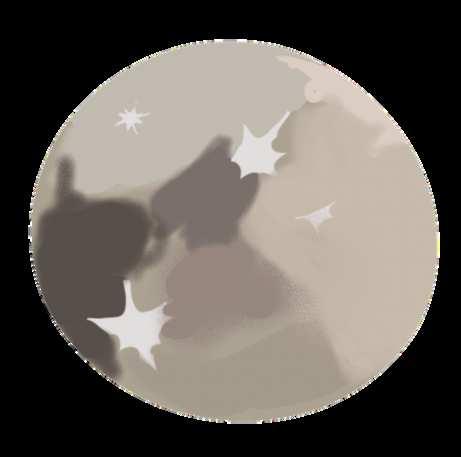




So tonight, if you happen to gaze skyward, be grateful that we have such an obedient, dependable, gloriously-glowing orbital dance partner.




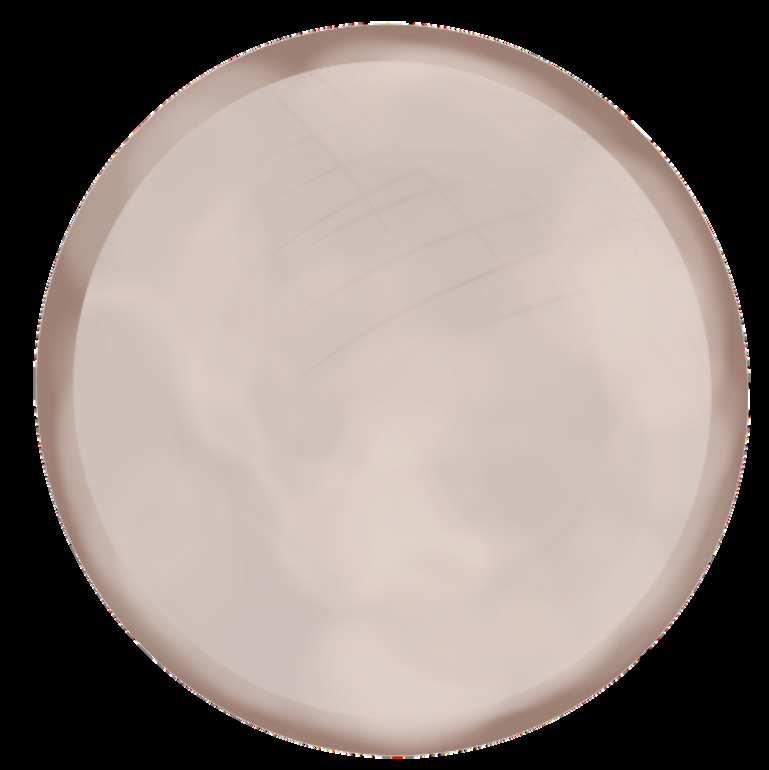


Introduction
The Moon Treaty, formally known as the 8Agreement Governing the Activities of States on the Moon and Other Celestial Bodies9 is an important international agreement. It was adopted by the United Nations General Assembly in 1979; it aims to ensure that the moon and other celestial bodies are not used for war purposes, but rather benefit all humankind.
The Moon Treaty was adopted by the United Nations General Assembly in 1979 and came into force in 1984. It was developed to address concerns over the exploitation of space resources and ensure that activities on the moon and other celestial bodies are conducted for the benefit of all
Written by Elisabeth Kirchner
humankind. Additionally, it states that the environment on the moon and other celestial bodies should not be disturbed. The treaty also emphasizes that the moon and its resources are the 8common heritage of humankind.9 This means that no single Nation or individual can claim ownership over the moon or any part of it.
The Moon Treaty generally focuses on the following points:
The peaceful use and exploration of the moon: The treaty emphasizes that the moon and other celestial bodies should be used for peaceful purposes only. This prohibits the establishment of military bases or the testing of weapons on these bodies.
International cooperation: Countries are encouraged to cooperate in the exploration and use of the moon, promoting the sharing of scientific knowledge.
No claiming of the moon: The treaty explicitly states that no part of the moon can be claimed by any state, organization or individual. This reinforces the idea that the moon 8benefits all humankind.9
Criticism over time
The Moon Treaty officially entered into force in 1984, marking five years since its initial adoption by the United Nations General Assembly. This delay was primarily caused by the hesitance of some countries to ratify the agreement. Today, more countries have ratified the Moon Treaty including France, Germany, the United Kingdom and the United States of America.
The Moon Treaty is a key international agreement aimed at ensuring that the moon and other celestial bodies are used for the common benefit of all humankind, rather than serving the interests of individual countries or entities.


A constellation is a group of stars forming a picture. Normally the pictures are animals, mythical creatures or gods. People enjoy spotting them while stargazing and they can even be used to find the way to a certain place!
Ursa Major
Also known as the Great Bear, The Big Dipper, The Plough, The Wagon or Charles Wain, this constellation is one of the most popular constellations. It can only be seen in the Northern Hemisphere, and it was discovered in the second century AD by Claudius Ptolemy (along with forty-seven others).
Written by Anya Coren
Illustrated by Sofia Malmberg
As if having its own house wasn’t enough, Pegasus also has its own constellation! In Greek mythology, Pegasus was gifted with its constellation after serving Bellerophon. It is one of the largest constellations in space.
Taurus is the sixth largest constellation, and very hard to miss! It symbolises a bull, and the brightest neighbouring star, Taurus Aldebaran is often called the eye of the bull because of its position in the constellation.


Ursa Major
Ursa Minor
You may know this constellation as the Little Dipper or Little Bear. It contains the North star and was discovered by the same person as Ursa Minor.
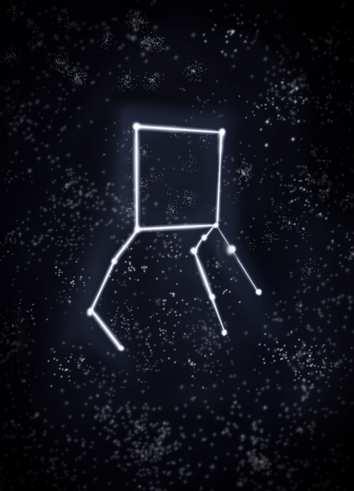
Pegasus constellation
The first star sign, it is the thirtyninth largest in the sky! It is actually quite a dim constellation, and difficult to see in polluted areas. It has six named stars and is often confused with the Greek god Ares!
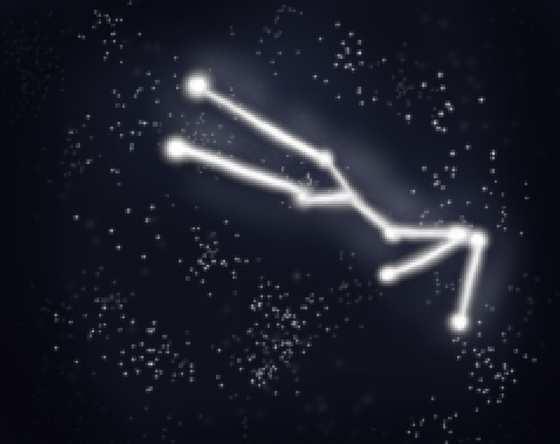
Taurus constellation
In Latin, the word Gemini means twin, and is often represented by the Roman twins, Romulus and Remus. It is the thirtieth largest constellation and best seen in winter months in the Northern Hemisphere.
Cancer can be seen in both Northern and Southern Hemispheres although it disappears from the Northern in July and August. It is very dim, and normally only visible in a new moon.


Leo
Leo is visible anywhere in the world except Antarctica. It is the twelfth largest of all the constellations and is seen in the Northern Hemisphere in the spring.

Virgo
Virgo is the largest Zodiac and the second-largest constellation in the sky. It means 8the virgin9 in Latin and contains Spica, one of the brightest stars.
Libra
Libra is Latin for weighing scales and it is the only constellation to be named after a non-living object instead of an animal or character. It has been associated with justice, harmony and balance for many generations, and its exoplanets (planets located outside the solar systems) could be exciting new prospects for even more examination –maybe even including the discovery of liquid water inside them!
This is most visible from July to August and appears in the centre of the Milky Way in the Southern Hemisphere. It is at its highest point at early nighttime in midJuly. Scorpio includes eighteen named stars, fourteen of which are known to have planets orbiting them.
Sagittarius is the largest constellation in the Southern Hemisphere and was recorded in the second century by our old friend Claudius Ptolemy! Its Latin translation means archer and it is at the centre of the Milky Way.
While many people think Capricorn represents just a goat, it actually shows a hybrid between a goat and a fish. It is the fortieth largest constellation and classed with the fainter constellations. It is best viewed during September at around 9pm.
Found in the Northern Hemisphere during Spring, and the Southern during Autumn, Aquarius is the tenth largest constellation and takes up around two percent of the sky. It is not very visible, and it is mostly difficult to view with the naked eye.
Located in the first quarter of the Northern Hemisphere, Pisces is most visible in late Autumn at nine pm. The vernal equinox, which used to lie in Aries, moved into Pisces due to the wobble on the Earth9s axis.


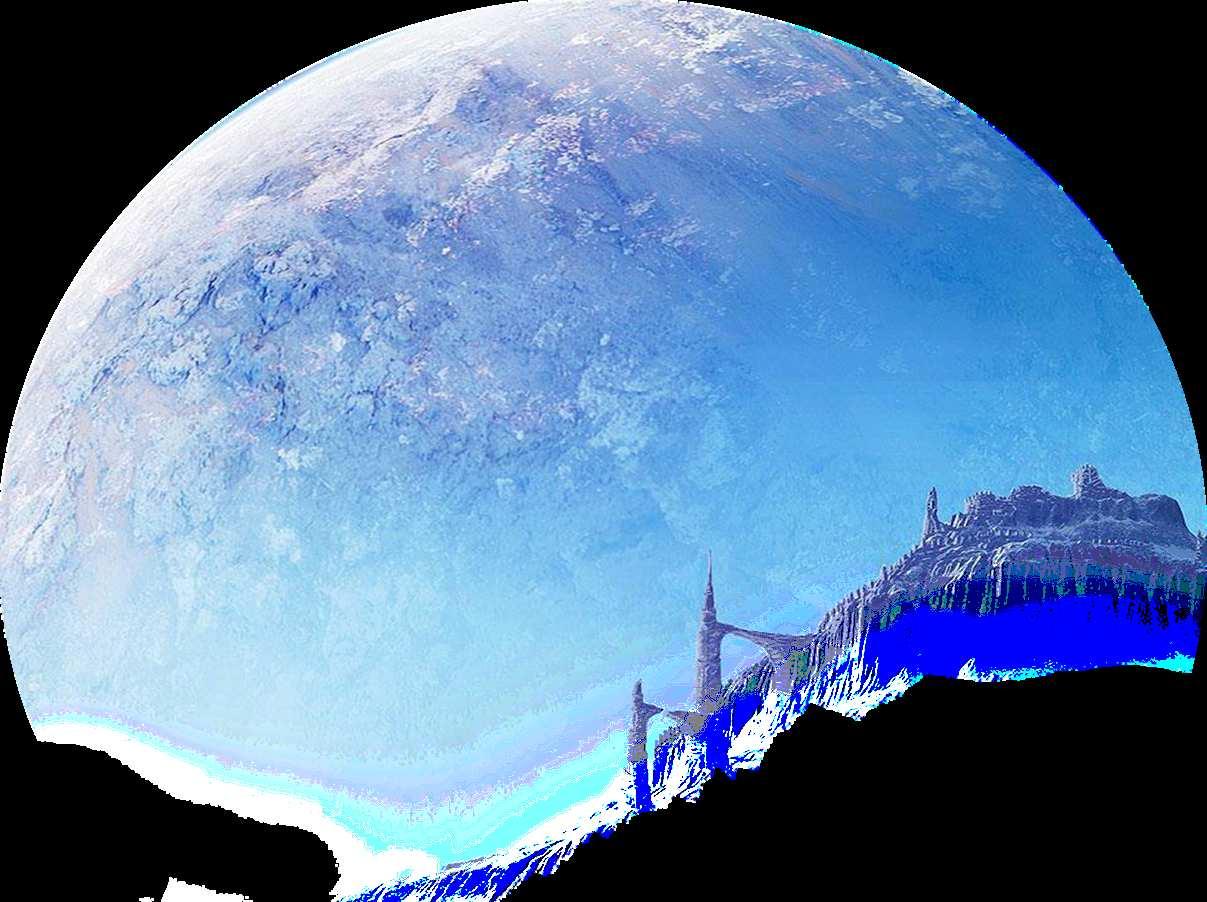





Written by Aryan Premjithlal Bhaskaran

ISRO (India Space Research Organisation) is India’s national space agency. The organisation uses science, engineering and technology to research outer space for the benefit of mankind. ISRO has accomplished many things such as launching a satellite to the sun, landing on Mars and being the first to land on the dark side of the moon.
ISRO was previously called the Indian National Committee for Space Research (INCOSPAR) which was set up by the government of India in 1962. However, it was not until the 15th of August 1969 that ISRO replaced INCOSPAR. Then the Department of Space (DOS) was set up and ISRO was brought under the DOS in 1972.
One of the prime objectives of ISRO is the development and application of space technology for various needs. ISRO does this by researching, engineering and testing their technology. ISRO has been able to develop satellites and launch vehicles, rockets and much more.
As well as achieving large technological advancements, ISRO also contributes to science and scientific education by promoting education and having various dedicated research centres and institutions for astronomy, atmospheric sciences and space sciences. ISRO strives to promote and encourage science education to the future generations.
ISRO has many centres for different purposes - such as its headquarters in Bengaluru. The Vikram Sarabhai Space Centre (VSSC), located in Thiruvananthapuram, builds launch vehicles, while satellites are designed and developed at U R Rao Satellite Centre (URSC) in Benglore. Launching and integration of satellites and launch vehicles are carried out in Satish Dhawan Space Centre (SDSC) located in Srihari Kota. There are a lot more centres that carry out vital tasks. ISRO is run by a chairman who is currently V. Narayanan who is a cryogenic engineer and rocket scientist and has been chairman since the 14th of January 2025.
ISRO is responsible for many great accomplishments and innovative technology. They are also responsible for promoting and encouraging young minds to pursue a career in science. ISRO hopes to strive for greater advancements in technology that will help and benefit mankind.
Written by Uphaar Kaur-Khangura
For years, scientists and space explorers have dreamed about humans living on Mars. With companies like SpaceX and NASA working on missions to the 8Red Planet,9 the idea of a future life on Mars is becoming more realistic. But what would life on Mars be like? How would people survive? Let9s explore the possibilities!
Since Mars has extreme temperatures and no breathable air, people cannot just live in regular houses like on Earth. Instead, astronauts and scientists are planning to build special habitats, underground or inside domes. These structures would protect people from the dangerous radiation, dust storms, and freezing temperatures. Some experts believe we could use Martian soil, known as regolith, to build shelters. Others even suggest inflating large, airtight buildings that can hold oxygen and warmth, could result in humans potentially living on Mars.
Unlike Earth, Mars has a very thin atmosphere made mostly of carbon dioxide; Mars9 atmosphere is over 95% carbon dioxide, meaning humans cannot breathe there without a reliable oxygen supply. This means there is no oxygen to breathe. Scientists are working on a solution called the MOXIE
experiment, which is already being tested on Mars. MOXIE is a machine that takes carbon dioxide from the Martian air and turns it into oxygen. In the future, bigger versions of this machine could provide enough oxygen for an entire world!
One of the biggest challenges of living on Mars is finding food and water. Scientists are researching ways to grow plants in Martian soil, using greenhouses that provide the right amount of light, warmth, and nutrients. Water is also a challenge, but Mars has ice beneath its surface. Future settlers could melt this ice and filter it for drinking and farming. NASA has mapped these underground ice reserves, helping researchers locate the best landing site for future missions.
Moving around on Mars would be different from Earth due to the planet9s lower gravity, which is only about 38% of Earth9s. While this means people could jump higher and carry heavy objects more easily, the rocky terrain would make
walking difficult. Instead, there is a possibility that specially designed rovers or even underground tunnels could be used to travel between buildings and research sites!
While life on Mars sounds exciting, it would not be easy. The harsh environment, lack of oxygen, and long distances from Earth would make everyday life challenging. People would have to adapt to a completely new way of living, relying on technology for survival. Still, scientists believe that if humans can settle on Mars, it could open the door for even more space exploration in the future.
Life on Mars could be the start of humans becoming a multi-planet species. While it might take decades before large colonies exist, the first settlers on Mars could be living there within our lifetimes. If scientists and space agencies continue their work, humans may one day call Mars their second home. Who knows? You could be one of the first Martians!
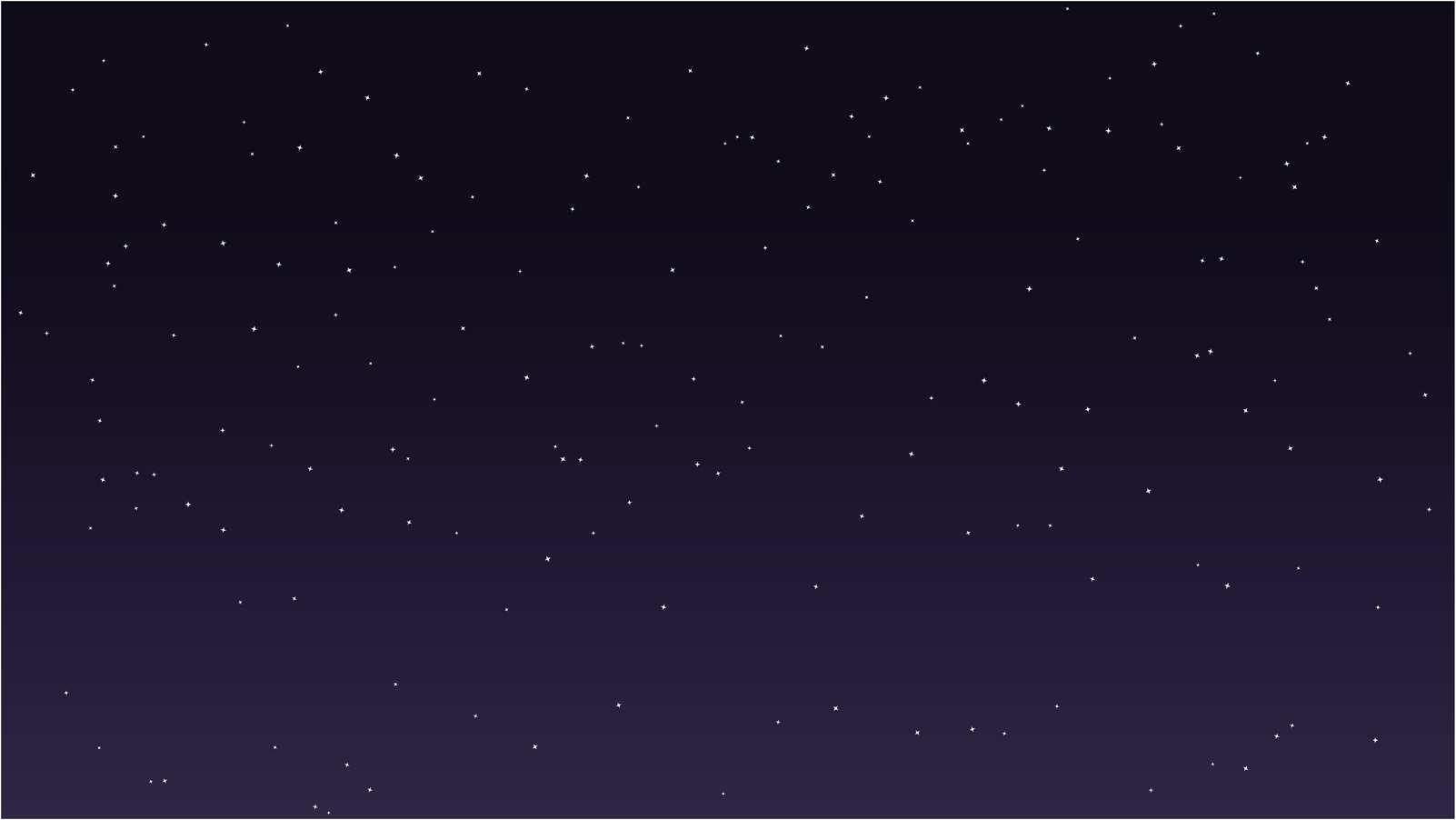
Written by Elisabeth Kirchner and Winwin Shinpat
Black holes are regions in space which are characterised by their extreme density, which results in an intense gravitational force (fundamental force which attracts two bodies). Although black holes have been studied, they are still one of the most mysterious cosmic phenomena and are still being investigated by scientists today. Three distinct categories of black holes have been identified: stellar, supermassive, and intermediate, however, scientists hypothesise the existence of a fourth category.
At the centre lies the singularity, where gravity is infinite, and the laws of physics as we know them break down.
Black holes are regions in space where gravity is so strong that nothing, not even light, can escape. They were first predicted through a mathematical solution to Albert Einstein’s equations (in 1915), which describe how space bends around matter. In 1915, Karl Schwarzschild discovered the mathematical solution that described black holes. His work showed that these objects are so intense in gravitational pull that they create a kind of "puncture" in space and time.
The term black hole was given its name by physicist John Wheeler in 1967. On September 14, 2015, scientists made a groundbreaking discovery by detecting gravitational
waves (ripples in the fabric of spacetime). These waves were the first direct evidence of black holes and came from the collision of two of these massive objects. This discovery confirmed the presence and behaviour of black holes as predicted by Einstein's theories.
Black holes form primarily from the remnants of massive stars after they exhaust their nuclear fuel. When the outward pressure from fusion ceases, the star's core collapses under gravity, potentially compressing it into a singularity—a point of huge density. Stellar black holes, supermassive black holes, and intermediate-mass black holes are the main types, categorised by their size and origin.
The "point of no return" surrounding the singularity. Once something crosses this boundary, it cannot escape.
Matter spiralling toward the event horizon heats up and emits radiation, often making black holes detectable indirectly.
Ergosphere (for rotating black holes)
A region outside the event horizon where space-time is dragged due to the black hole's spin.
Written by Leo Brown
The alien – a truly fascinating concept. The extraterrestrial creature that is the manifestation of our uncertainty about outer space. From the colourful creatures that populate the Star Wars universe to the monstrous sand worms from the sandy planet of Dune, aliens can come in almost any shape or form!
The word 8alien9 itself refers to something unfamiliar. A truly suitable name for a creature that we know nothing about! And it is our ignorance about them that makes them fascinating to us. We stare up into the immensity of the night sky and wonder whether there is any life out there. Our imagination can run wild!
The idea of the alien has been around for a long time, but it has really taken off in the 20th and 21st centuries. The extraterrestrial truly has become famous through numerous works of fiction and portrayal in movies. The concept of the alien is used in different ways; it can be narrowed down to three main types:
The interactive space creature:
The friendliest, most unrealistic of alien types; they are often very humanoid, often befriend humans and can speak to, or at least understand us. A great example would be the alien from E.T or the Na’vi from Avatar.
The animalistic extraterrestrial monsters:

Probably the most realistic type of alien. They are often very large and present as a threat, though they can quite easily be outsmarted. An example of an animalistic alien beast would be the monstrous sand worms in Dune.
The horror creature:
These things are designed to scare us. They are often predators, but still humanoid enough to frighten us. They are often highly intelligent and the most dangerous of all alien types. Truly horrifying!
Over the years all three types of aliens have been used many times by different authors. But why have they become so popular? The central idea of the alien is that it asks the 8what if?9 questions: 9What if life existed out there?9 or 8what if aliens invaded earth?9.
These questions take the audience on a journey to an alternate reality, that, unlike fantasy stories, are often based on the real world.
Fiction which uses the concept of the alien lets us imagine what the future might look like. This closeness to our own world, as well as the uncertainty that surrounds the alien, fascinates us, giving us an impulse to dive into the novels and films.
Aliens may not truly populate the real universe, but they most certainly populate our imaginations! Whether through the novel or the screen, aliens take us on an intergalactic journey that invites us to ask the 8what if?9 questions and thrill us till the end of the story!

Written by Aryan Premjithlal Bhaskaran
On the 2nd of September, 2023 Aditya-L1 was launched to study the Solar upper atmospheric dynamics. ISRO launched Aditya-L1 to obtain an understanding of Solar phenomena. Aditya-L1 was also the first Indian based mission to study the Sun.
Aditya-L1 is made up of 7 pay loads, 5 of which were developed by ISRO, the other 2 were developed by Indian academic Institutes. Inside Aditya-L1 is a satellite that would orbit the sun after the rocket was outside the earth's atmosphere. The satellite, like usual satellites has 2 solar panels one on each side to power it . Aditya-L1 used a Solar Ultra-Violet Imaging Telescope, which captured the first full disc images of the Sun in 200-400nm wavelength range.
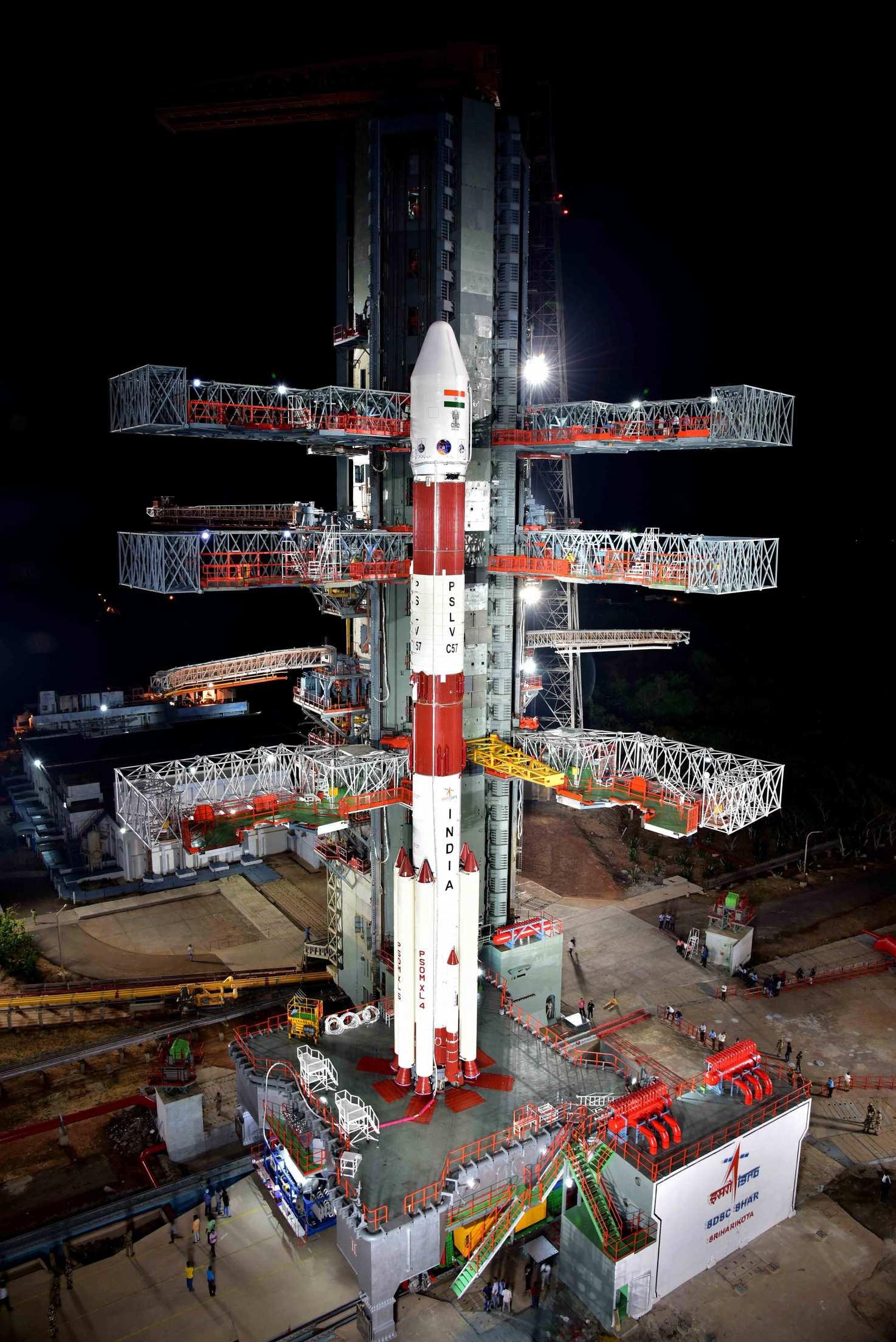
The name Aditya-L1 comes from the Sanskrit word Aditya which means sun, while L1 in Aditya-L1 refers to Lagrange Point 1 of the Sun-Earth system. L1 is the location in space where the gravitational of two celestial bodies such as the Sun and Earth are in equilibrium.
ISRO has many objectives for Aditya-L1, such as studying the solar upper atmospheric dynamic, chromospheric and coronal heating, physics of the partially ionized plasma. Aditya-L1 will remain in orbit around the sun and will continue to acquire new pieces of information that will help us to understand the sun’s solar activities better.
Photography by Nina Martindale

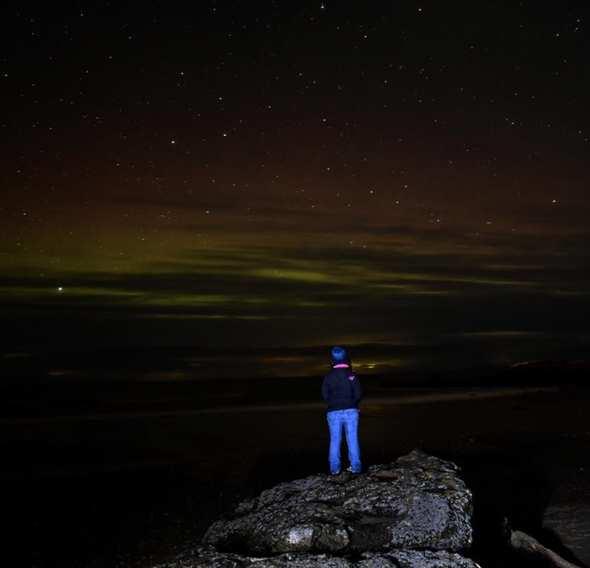
These photographs were taken at a beach near my house in Scotland. It was a clear night, without clouds, and I was told the northern lights would be particularly bright. We picked the beach because it had little to no light pollution. While the lights were hard to see with the naked eye I changed the settings on my camera so it would take a long exposure photo, meaning I changed my exposure (or light level) to as bright as I could which made the speed of my camera shutter slower, keeping it open for longer so it could capture the lights. After I had taken the pictures of the lights and my Mum standing under them (she's a great model) I edited them to remove distracting objects and bring out the vibrant colours of the lights. I'm excited to improve my photography for the next time the lights are visible.


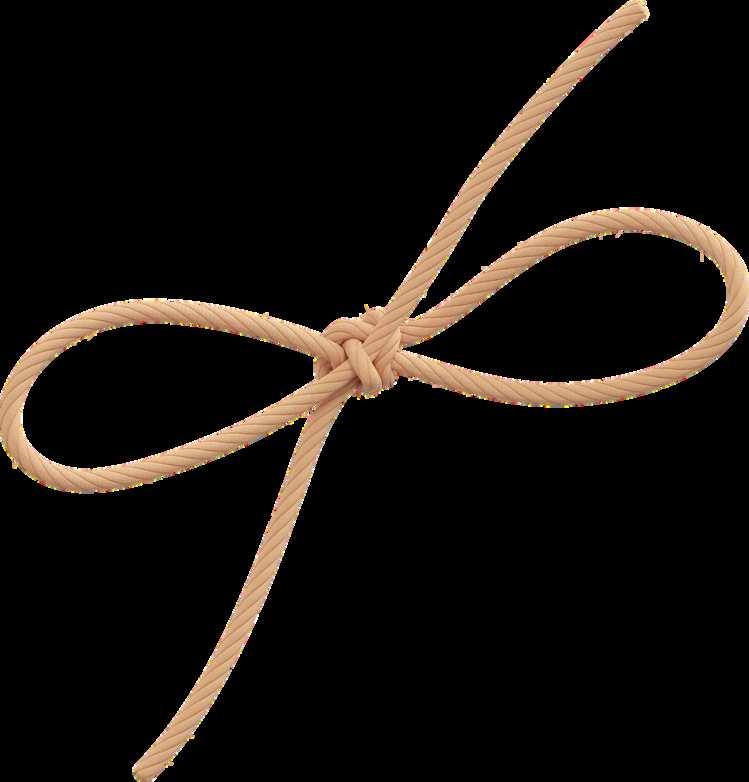

Written by Uphaar Kaur-Khangura

Welcome to the Sewing and Handicrafts Club! This is the perfect place for anyone who loves being creative and making cool stuff with their hands. The club is run by the amazing Anya Coren, who is super talented and always has the best ideas for new projects!
So far, we have had some amazing activities. For example, we learned how to knit, which was super fun! We have also tried origami, which is the art of folding paper into cool shapes. We used colourful paper, and we made amazing crafts! It is incredible how something as simple as a piece of paper can turn into something so decorative. Plus, folding paper is really calming once you get the hang of it!
The club is not just about learning new skills; it is also about making friends and sharing ideas. Everyone is super friendly and if you like being creative or want to learn something new, you should join, the sewing and handicrafts club!



Thursday 15:15 - 16:15


Written by Pandora French
Do you like baking?
Do you like listening to stories?
If you do, then <Bake a Story= is for you!
Currently running on a Monday at 12.45, Mrs Lochhead runs this fun club for prep pupils. During the session, we read or listen to a story, chat and bake. We encourage each other as we bake and at the end share photos of what we have made – some turn out better than others...
Mrs Lochhead always tries to align the theme of the story and what we’re baking; recently we’ve listened to <Room on The Broom= and made plaited bread to signify the plaited hair of the witch in the story. We also made milkshakes whilst listening to the story of <Jack’s Magical Milkshake=.

Why not have a go at home?
What you need:
80g of hard cheese (e.g. cheddar)
20g of parmesan cheese

As well as these, we’ve also made scones, apple pie, chocolate chip cookies, shortbread and way more!
One of my favourites was cheesy biscuits as they were really quick and easy to make and are a great snack! When we made these biscuits, we tried to make them in a rocket shape whilst we listened to Mrs Lochhead read us the <Aerodynamics of Biscuits=.

50g of plain flour
25g butter
Method:
Heat the oven to 180°C/350°F
Put all the ingredients into a bowl and bring together.
Keep kneading until you have a soft dough. You may need to add a little more butter if it doesn’t come together.

Roll out on a floured surface.
Then cut them out in any shape you like –obviously we did rockets!
Place on baking parchment on a baking tray.
Cook in the oven for 10 minutes or until

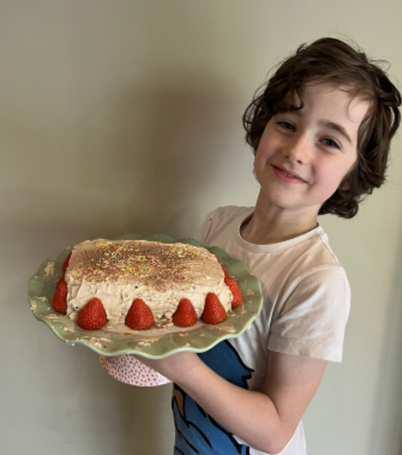
Illustrated by Bo Burnham

Tea, coffee or ……………….?

Tea/coffee or …. always a hot chocolate for me! I have a really sweet tooth! Tea in the morning though before work!
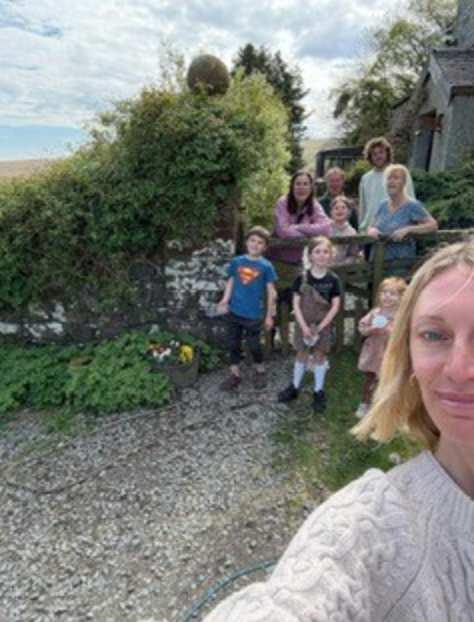
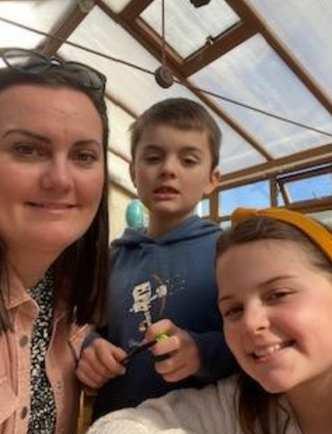
Where were you born and where do you live now?
I was born in North-West England in a coastal town called Whitehaven.
I live in Broughton-in-Furness, with my 2 children Amelie (10) and Arthur (8). It is a small village in South Cumbria, NW England in the Lake District.
Where is your favourite place and why?
I love New Zealand and the Caribbean. I’ve travelled to both. New Zealand is like home but way more chilled out and very beautiful and diverse. The Caribbean is hot, idyllic and tropical. I still have family living there.
What was your first job?
My first job was working in a café and B&B in my village. I used to iron, cook, hoover, make beds, wait on tables and make drinks. I was 15!
Why did you become a teacher?

I became a teacher because I always loved working with and being around children. My love for languages ensured I trained as Primary Teacher and Primary French specialist. I used to teach French in my local Primary School until I got this job.
What subject(s) do you teach?
I teach English, Maths, History, Geography, Science, Art, D.T, PSHE, Computing and French. I’ve also taught R.E and P.E before.
What is your favourite subject to teach?
I really enjoy teaching Art and English. Creativity at its finest!

What is your favourite book?
I don9t have a favourite book, but I love reading to my children at bedtime. Anything by Julia Donaldson, Roald Dahl, David Walliams, Enid Blyton or Michael Morpurgo is always a hit in our house!
Do you have pets and if yes, what are their names?
We don9t currently have any pets. Any fish we get for our outdoor tank usually die. I visit my parents9 farm regularly and they have chickens, sheep and 4 dogs called May, Flo, Kim and Milo so we love them like our own. We are thinking about getting a dog soon.


What is your pet peeve?
My pet peeve is when adults use apostrophes incorrectly. You wouldn9t believe the amount of mistakes people make.
Sandwich9s chicken9s key9s pen9s - all when they are plural - drives me mad!!!
What is an expression/saying you probably use too often?
I probably say the word 8literally9 too much as I notice my son uses it and it must come from me!
If you could be a bird for a day, what bird would you be?
If I could be a bird for a day, I would be a hummingbird living in a tropical paradise sipping nectar from plants. They are very beautiful.
What is your hobby/hidden talent?
My hobbies are walking, swimming, spa days, watching live music and days out with my children (is that a hobby?!) I can speak Spanish, French and German too. I have a hidden talent - I can speak in lot of different UK accents as well!
What is one thing that nobody at CHS knows about you?
I think nobody at CHS knows I9m ¼ Tobagonian and ¼ Austrian!
Written by Mrs Brusse
The Pre-Prep has been buzzing in Term 2 with Year 1 thinking of 8Transport9 and 8Contrasting Locations9 and Year 2 focusing on 8Little Chefs9 and 8Explorers9.
We have established both a Year 1 and 2 class this year, both have been personalised small classes in which the individuals have thrived. We have 3 students in Year 1 and 6 students in Year 2.
Wellbeing is a key focus and each day continued to start with a 8Welcome9 and opportunity to check in and talk about what is important to us.
With parents in the classroom, it has been another successful term of wonderful partnerships, building relationships which have been collectively inspiring for the students. Thank you to everyone for their team work!
Our learning came alive with exceptional stories, shared Pre-Prep Role Play and Observational Drawing including our own Talent Show with fun social time to look forward to.

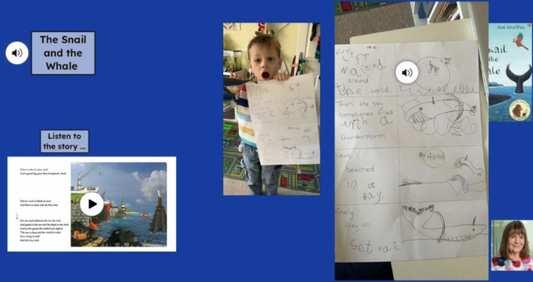
Using a range of marvellous texts, Year 1 have worked fantastically hard to blend to read with understanding and have taken their writing skills up a level. 1-1 Guided reading sessions and extensive mark making opportunities enabled the children to now confidently express their ideas in sentences including some punctuation.
When asked what their favourite books were this term the children said: 8The Whale and the Snail9 (Julia Donaldson), 8Handa9s Surprise9 (Eileen Brown) and 8Paddington9 (Michael Bond). Their detailed story maps reflect their enthusiasm showing setting, characters, sequence and illustrations including speech in bubbles.
We began in a big red bus exploring London sites and talking about where the King and Queen live. In History we looked at how transport was invented and how it has changed. Being innovative we designed a futuristic mode of being mobile. Year 1 then considered how levers, pulleys and gears work in cranes and looked at different ships moving containers around the world. Problem solving, we thought about what a pilot needs to consider when flying a plane. When on the farm as a location, we made a farm from repurposing junk we had at home and we talked about what we created when we shared it with Pre-Prep.

In Maths Year 1 has been counting to 100, subitising to 20, solving number stories adding and subtracting to 20, interpreting whole part models, grouping numbers in an array and portioning shapes as a fraction. Measuring the length and height of objects and estimating to solve real life problems.
With lots of speaking and listening opportunities, in Science we learnt about plants and explored the life cycle of a bean by growing our own giant beanstalks. We reflected on the seasons, plants and animals need to survive and progressed to classify plants into deciduous and evergreen and then explored the animal groups.

Year 2 have excelled this term in writing in different genres from post cards, wanted posters for villains, story retells and more detailed descriptions. We have focused on editing our work and using powerful vocabulary and punctuation through the love of stories. Nonfiction comprehensions and reading and writing acrostic poetry encouraged us to skim text and organize our ideas when we write them down.
3D shape, mass, length and height, there has been a balance of support and stretch to master skills. You would have played dominoes at home in Year 2 and found lots of different ways to use a hundred square grid!
In History Year 2 thought about their own life story and time line. We then began to look at the timeline of London and key events like Samuel Pepys and The Great Fire of London. We retraced Shackleton9s footsteps with him through his four voyages to Antarctica and admired his perseverance to follow his passion.

Each Maths lesson begins with problems to solve encouraging inquiry and reflection on the previous weeks learning. Focusing on greater than and less than, number stories, multiples of 2, 5, 10, arrays, fractions,
On the menu in Science, Year 2 prepared a fruit salad having researched healthy eating and the importance in looking after our bodies. Through the text 8Olivers Vegetables9 (Oliver French) the PrePrep talked about food groups and were encouraged to try new foods. Listening to topic related Music, Year 1 and 2 have explored various famous artists developing scale, balance and using colour carefully in abstracts, landscapes and portraits in Art. Kandinsky, Monet, Andy Warhol and Turner would be proud of CHS talents.

The 7 Continents and 5 Oceans songs have been our anthems in Geography as we have explored where continents are and features on them. Equally we discovered more about marine life and learnt more about our role in helping keeping rivers and oceans clean. Ask us for our ideas on how we can make a difference in recycling and plastic reuse.


We ended the term with a celebratory little lunch centered around our text 8The Lighthouse Keepers Lunch9 (Ronda and David Armitage) listening to our 8Stars of the Week9 and reflecting on how hard we have worked (whilst chasing away those pesky seagulls making sure they did not take our lunch)!
Written by Mrs Roberts
As the term comes to a close, it’s time to reflect on all the exciting things that have been happening in the Prep School over the past few months. From maths and science to drama and literature, our students have been busy learning, exploring, and having lots of fun!
This term, our classrooms have been buzzing with creativity and curiosity. In science, students conducted exciting experiments while English lessons saw students writing imaginative stories and sharing them in class. History lessons brought the past to life with engaging projects and role-plays and geography helped us understand the world around us.
This term, Year 6 students explored poetry in a creative and expressive way. They wrote poems describing various emotions such as forgetfulness, shyness, and anxiety, using imaginative comparisons to animals. From a timid tortoise representing shyness to an angry bull symbolizing rage, their poems beautifully captured the essence of emotions through vivid imagery and thoughtful metaphors.

The pupils had a particularly exciting time in science as they carried out experiments to determine whether different mixtures could be separated. Through hands-on activities, they explored methods such as filtration, evaporation, and magnetism to discover how various substances interact. Their enthusiasm and curiosity made for an engaging and educational experience.

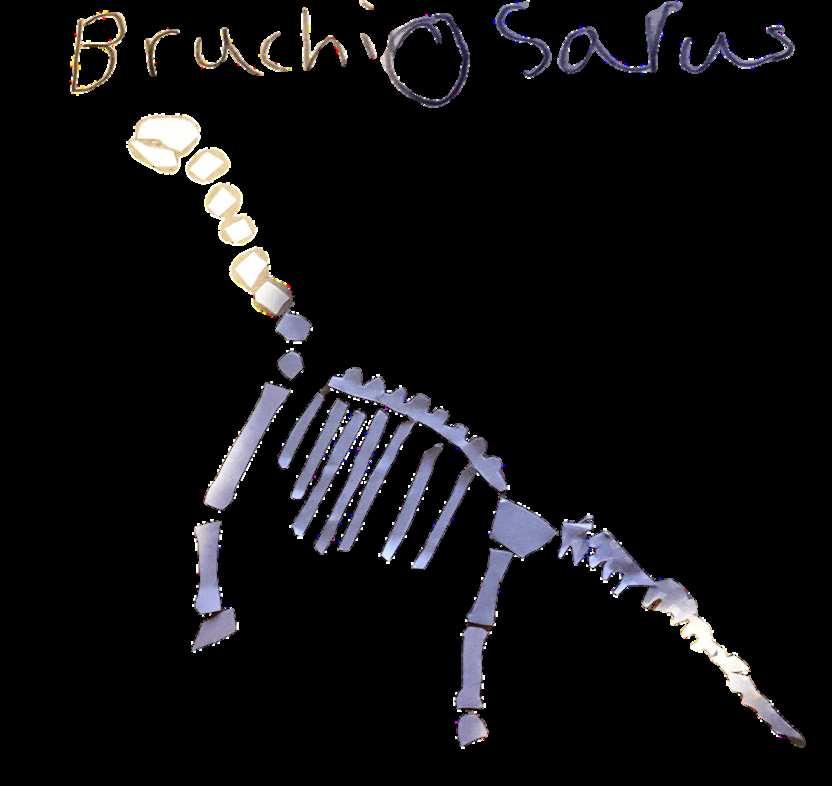
Alice in Wonderland and the Butterfly Lion have the focus this term. Children have been working hard with lots of reading and discussion to deep dive into these two works of literature. They have also enjoyed basing other parts of their English lessons on these stories through comprehensions and plays.
This term, our students also had the opportunity to spread kindness and appreciation on Valentine’s Day. Pupils were invited to send messages of friendship and gratitude to someone in the school, whether it was a friend, a teacher, or a member of staff. It was wonderful to see the joy these heartfelt messages brought to both the senders and the recipients, making the day extra special for everyone involved.
One of the most exciting events this term was Mars Day, run by ESEROUK. Our students had a fantastic time learning all about the Red Planet through interactive activities and hands-on experiments. They explored the challenges of space travel, designed their own Mars rovers, and even took part in a thrilling mission simulation. It was an inspiring day that sparked curiosity and excitement about space exploration!
Another highlight of the term was World Book Day, where pupils celebrated their love of reading by dressing up as their favourite book characters. The day was packed with fun activities, including bookthemed games, exciting reading challenges, and opportunities to share their most-loved stories with classmates. It was a fantastic way to encourage a passion for literature and storytelling throughout the school.
Our after-school clubs have been a hub of creativity and innovation this term! In STEM Club, pupils have been building and designing incredible structures, putting their problem-solving skills to the test. Meanwhile, in Bake a Story Club, students combined their love of storytelling with baking, creating delicious treats inspired by their favourite tales. The wonderful smells and imaginative designs made for a truly delightful experience!

As we head into the holidays, we can all look back on an amazing term filled with achievements, new experiences, and lots of laughter. Well done to all our Prep School students for their hard work and enthusiasm—we can’t wait to see what the next term brings!
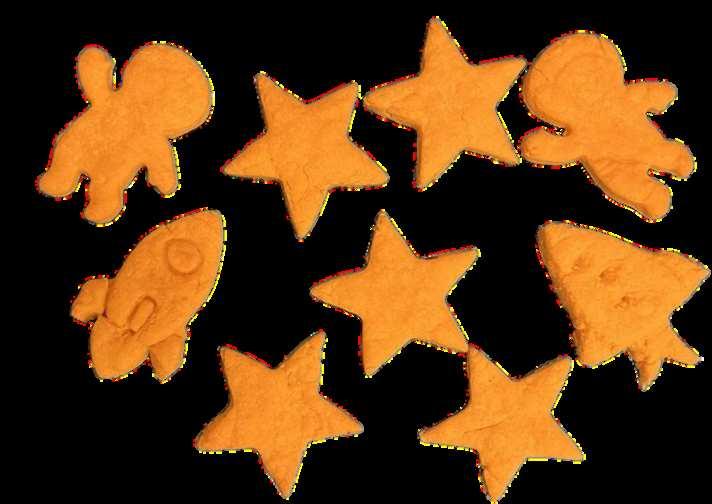
Written by Uphaar Kaur-Khangura

Space exploration is moving fast, and 2025 will be an exciting year! Scientists and astronauts are preparing for incredible journeys, from landing on the Moon to searching for life beyond Earth. Here are some of the most exciting missions happening this year:
1. NASA’s Artemis III – Returning to the Moon
NASA’s Artemis program is working hard to send humans back to the Moon. Artemis III, expected to launch in 2025, will land astronauts near the Moon’s south pole. This will be the first human Moon landing since 1972! The mission will also make history by including the first woman and the first person of colour to walk on the lunar surface. The astronauts will study frozen water in the Moon’s craters, which could be useful for future space travel.
2. ESA’s ExoMars Rover –Searching
The European Space Agency (ESA) is planning to launch the ExoMars Rosalind Franklin rover. This robotic explorer will drill into the surface of Mars to search for signs of ancient life. Scientists believe Mars had liquid water billions of years ago, meaning it may have once supported life. The rover will collect soil samples and send data back to Earth.
3. China’s Chang’e-7 – Exploring the Moon’s South Pole
China is also focusing on the Moon. In 2025, the Chang’e-7 mission will explore the Moon’s south pole, just like Artemis III. Scientists are especially interested in this area because it might have ice that could be turned into drinking water or rocket fuel. China’s long-term goal is to build a Moon base where astronauts can live and work.
SpaceX, founded by Elon Musk, is testing Starship, the largest rocket ever built. This powerful spacecraft is designed to take astronauts to the Moon, Mars, and beyond. In 2025, SpaceX plans to launch more test flights. If it is successful, Starship could change space travel by making it cheaper and faster. NASA has already chosen Starship to help with the Artemis III Moon mission.
5. NASA’s OSIRIS-APEX – Studying an Asteroid
Asteroids are ancient space rocks that can teach us about the Solar System’s history. In 2025, NASA’s OSIRIS-APEX will visit Apophis, a near-Earth asteroid. Scientists want to study how asteroids move and what they are made of. Learning about asteroids is important, because some of them could be dangerous to Earth in the future.
With these exciting missions, 2025 will bring us closer to understanding space. Scientists hope that in the next few decades, humans will live on the Moon, travel to Mars, and maybe even explore other planets!

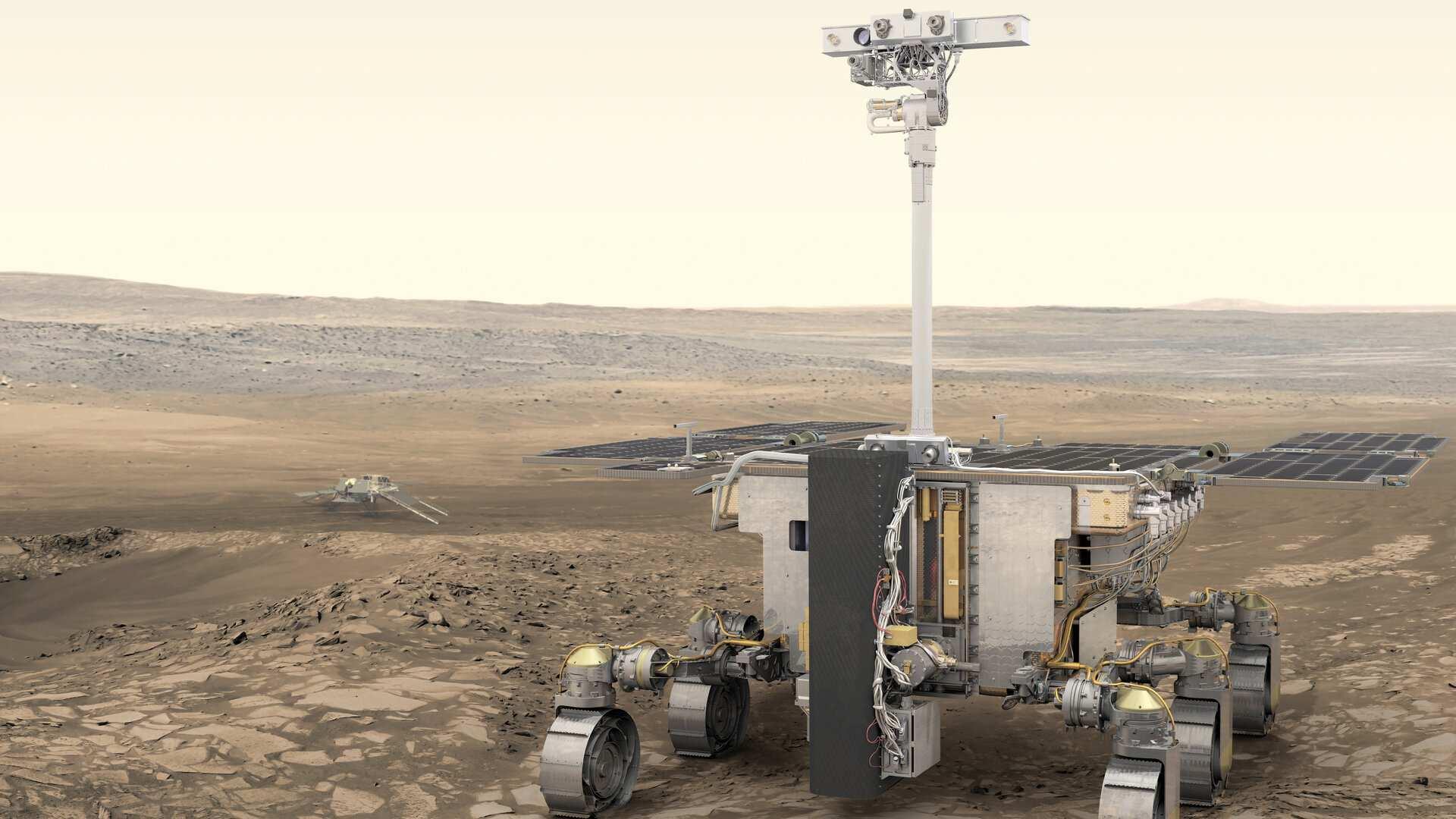
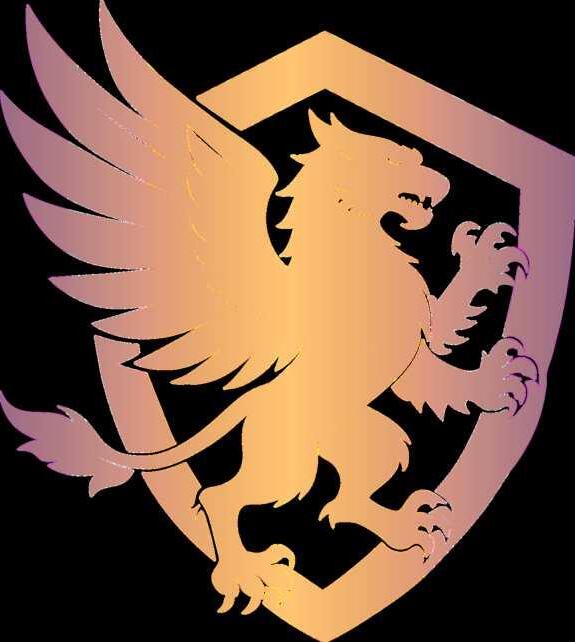
Emilie Hohensinner

Country: I currently live in Austria but before that I also lived in Dubai and New Zealand.
Age: 1 am 16 years old, 17 on the 20th of April.
Level: I’m in L4

Subjects: I take English, maths, history, French, German, physics, and business studies.
Hobbies: Fashion, singing, socialising with friends, travelling, reading, writing poetry, running, fashion photography, and ice skating.
Austria is also known as the green heart of europa, 8 countries border Austria, and Arnold Schwarzenegger is from my home village, Thal, and I went to the same primary school as him. Skiing is the national sport, that everyone’s taught at a very young age, and one of the most well-known brands, Red Bull, is from Austria.
Winwin Shinpat

Country: Bangkok, Thailand
Age: I just turned 12!
Level: Level 2 but doing 3 iGCSE Subjects
Subjects: For iGCSEs I take Physics, Math's and Français
Hobbies: I love to play sports! My favourites are badminton, table tennis and swimming! I also love playing Rocket League with my best friends.
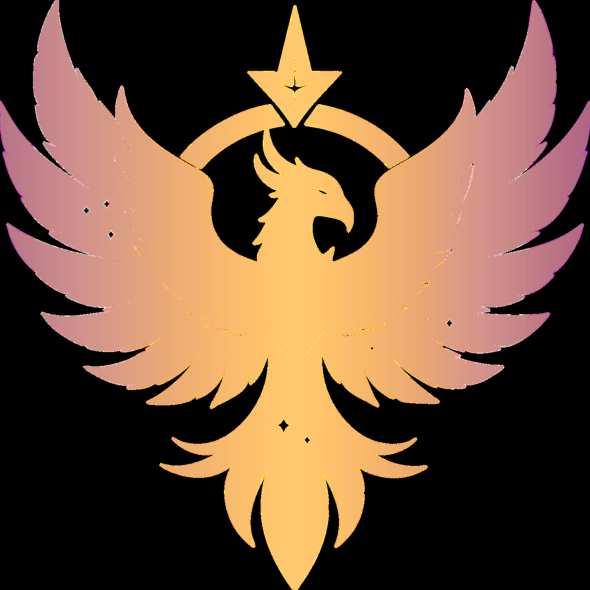
Well...Thailand has just been struck by an earthquake, and I was in it. Fun Fact: First earthquake in Thailand in over a century!

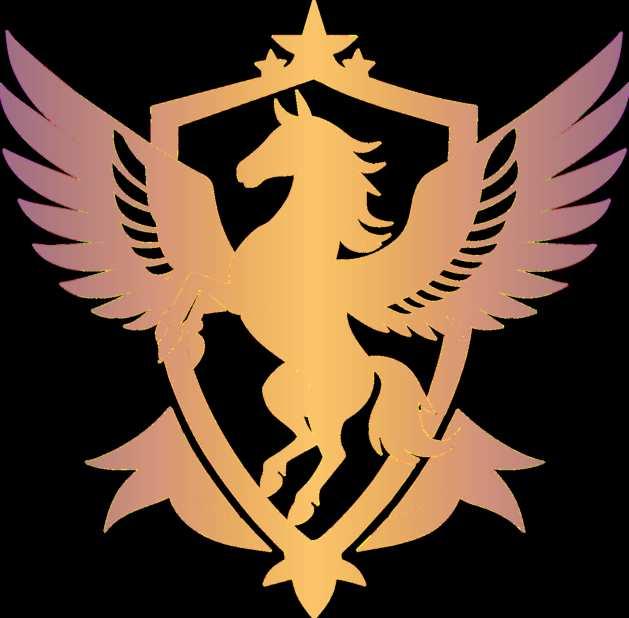
Country: Paris! (Known as the city of love, baguettes and... that tall metal triangle everyone’s obsessed with)
Age: I am currently 13! Or 3... I shall explain laterLevel: Level 2
Subjects: I take most of the senior school classes, be ready... English, Biology, Math, French, Chemistry, Geography, Business, Spanish, Physics, History and Art... *Phew* But all of them are very fun and engaging!
Dana Luna Zimmer
Hobbies: I love playing the piano, drawing, and listening to music. Writing stories and expressing my creativity is something I'm passionate about, but I also really enjoy spending time with the people I love. Photography is another favorite of mine; my dad and I love going street photographing together. We walk around the city and snap pictures of buildings or people, just capturing little moments. I also love skateboarding! Not many people know this, but I’ve been skating since I was pretty small. I can’t do many tricks (yet), but I’m working on it!
Something else you might want to know about me: I’m completely fascinated by space, psychology, art, daydreaming, and getting lost in deep thoughts. I love creating entire worlds in my head, so if you ever catch me staring into space, I’m probably off in one of them. Speaking of art, I absolutely love Arcane (the TV show). I think it’s such a visually stunning and creatively inspiring show. I’m half German and half French, though I usually say I’m French (technically I get to pick!). I speak three languages and I’m currently learning Italian and Spanish. I also really love connecting with people, so if you ever need someone to talk to, don’t hesitate to message me. I’m always happy to be your friend. And here’s a fun fact about me: I was born on February 29th, which only happens in leap years, once every four years! So… yes, that technically makes me 3 years old. Oh well! *Sighs*


I currently live in the UK, in North London. I am 14 years old since April, and I have been home-schooled for the past 5 years, though this is my first year at CHS! I am taking a mix of subjects. In L2, I am taking Maths, Biology, Chemistry, Physics, and English Literature. In L3, I am taking English Language, History, Music, French, Spanish, Latin and Art.
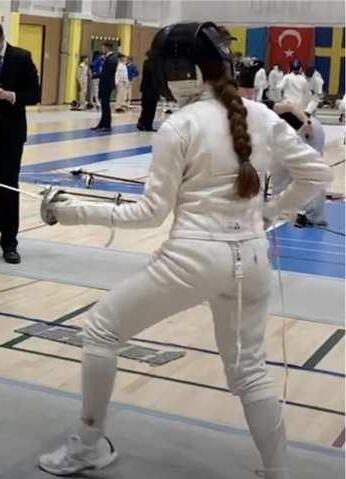


When did you start fencing?
I started fencing at age 6, so about 8 years ago. I used to fence foil, but about 4 years ago I swapped to epee, the heaviest weapon.
What made you interested in fencing?
My Dad suggested I try it, he himself having done it as a teenager. I was terrible at foil, but I went along to an epee training session one
Did you have to make any sacrifices to be able to pursue your sport?
Yes. A whole lot of weekends, early mornings, late nights, friendships, physical school and my old phone (it was stolen during a fencing trip).
How much time do you spend training per week or per day?
I train on Monday, Tuesday and Wednesday evenings, I do a nonfencing workout on Friday mornings, and then train on Saturday mornings, usually followed by a tournament on a Sunday. That's a bit over 12 hours a week.
What was your latest event and how did it go?
My latest event was a tournament in Paris. It went really well, I came 25th out of 78 people, but my result was lower than I would like because of a technical misunderstanding which cost me the fight.
Do you pursue other hobbies or sports as well?
I do, though not quite as competitively as I fence! I swim and I run, both of which I really enjoy. I play piano, and I recently completed my Grade 5 theory and Grade 7 piano exams. I also write and draw, both for magazines and publications and for my own enjoyment. Finally, I love being outdoors and reading.
For how long have you been at CHS?
This is actually my first year here, I joined in September 2024 and am absolutely loving it so far.
Do you view being part of an online school as an advantage to be able to pursue your sport?
Definitely. I train from 6pm or 7pm until 9pm at night, and it takes 30 minutes to get to my training centre. I finish at CHS every day at 5:30, so it is absolutely an advantage to be home-schooled because it allows me to get there on time to train. It also provides gaps in my daily schedule to practise technique and strength training, which I would be unable to do in a physical school.
your future?

I would definitely like to take my fencing to a very high level, though I'm not completely sure where yet. In the meantime, I want to continue to build my England and British Fencing Ranking, travelling around Europe to fence, and I am aiming to get selected by the Athlete Development Program to help me do this.


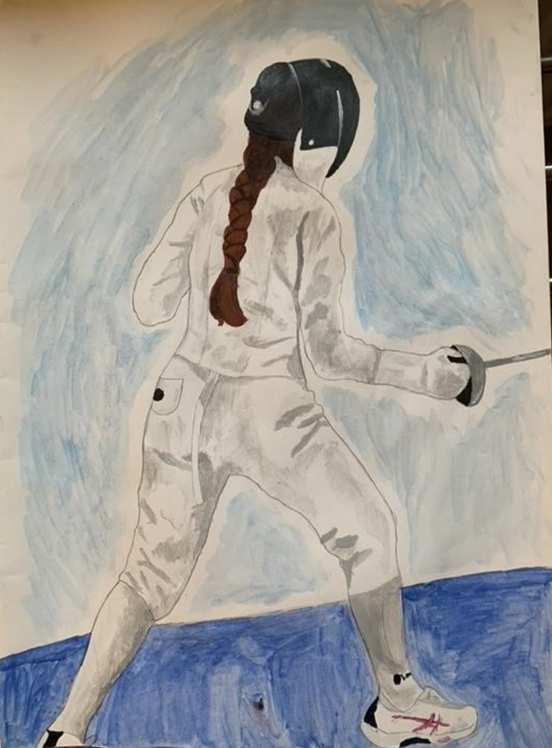

Written and illustrated by Bo Burnham
PREP TIME: 15 minutes
COOK TIME: 12 minutes
ADDITIONAL TIME: 10 minutes
TOTAL TIME: 37 minutes
SERVINGS: 12 servings
Cake Roll

1 cup all-purpose flour

1 tsp baking powder
½ tsp salt
4 large eggs, room temperature
¾ cup of granulated sugar
2 tbsp vegetable oil
2 tbsp buttermilk
1 tsp apple cider vinegar
1 tsp vanilla extract
Gel food colouring: black, purple, teal, and blue
Filling
4 oz cream cheese, softened, ½ package
1 cup powdered sugar
2 cups whipped cream
Chocolate Ganache
½ cup heavy whipping cream
1 cup semi-sweet chocolate chips
Black gel food colouring


For this <Space= themed issue I have selected this delicious Galaxy Cake Roll. It just looks so exciting! Give it a go at home.








Preheat the oven to 180º and line a jelly roll pan (15×10) with parchment paper.
Grease the paper.
Combine the flour, baking powder and salt in a small mixing bowl. Beat the eggs on high with an electric mixer for 3 minutes, they will turn pale yellow when ready. Add the sugar while you continue beating the mixture.
Add the vegetable oil, buttermilk, apple cider vinegar, and vanilla and lightly beat. Spoon in the flour mixture, mixing until it’s just incorporated.
Separate the batter into 4 bowls.
To each bowl, add a small amount of food colouring. Mix until the colour is even. The colours used in this recipe are purple, blue, teal and black.
Drizzle the batter into the pan making swirls with each colour.
Bake for 12-13 minutes or until the cake is springy to the touch.
Once the cake is done baking, immediately turn it out onto the towel. Roll the cake around the towel.
Cool completely on a rack.
Beat the cream cheese and powdered sugar until fluffy with an electric mixer for 1-2 minutes.
Add in the whipped cream and mix gently with a spatula.
Spread the filling over the cake roll, leaving about a ½ inch gap around the edges. Roll the cake back up and place it on a tray, seam side down. Place in the Fridge
Note: The more it is chilled, the easier it is to cut.
Place chocolate chips in a medium bowl. In a small pot over low heat, heat the heavy whipping cream until just before boiling. Add in a small amount of black gel food colouring and mix with a spatula. Pour the heavy cream over the chocolate chips. Allow the mixture to stand for 1-2 minutes.
Use a spatula to stir the mixture until smooth. Allow the ganache to come to room temperature before adding it to the cake.
To add the ganache, place the cake roll on a rack, pour the ganache over the cake and use a spoon or spatula to cover up any areas that don’t have chocolate.








Illustrated by Bo Burnham

Tea, coffee or ……………….?
Decaf coffee for me thanks, or indeed diet ginger beer. Really, I can’t do strong caffeine at all; it gives me a migraine or makes me vomit. Hey Ho!
Where were you born and where do you live now?
I was born in Newcastle, and I settled here as Mr G and my parents live here and they’re getting older so need us about. We would love to have our own posh campervan and travel around Europe – Italian countryside would be glorious.
Where is your favourite place and why?
My favourite place is where Teddy (my son) and Anth are but without gushy stuff I adore Zanzibar. I love Africa and the people and wildlife. Such a spiritual and moving continent. It soon becomes part of your soul.
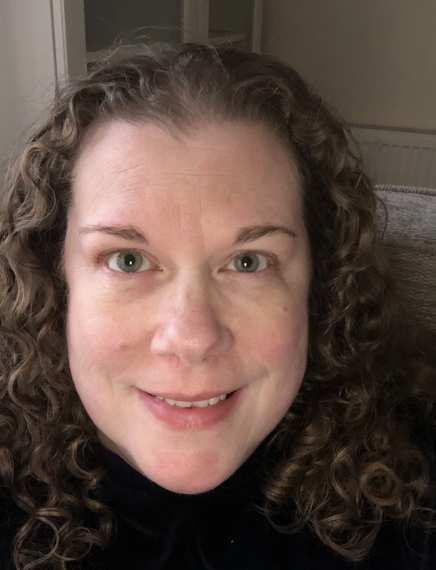
What was your first job?
My first job was babysitting a doctor and policeman’s toddlers – I was 18+ and I hated it. The money was good but such a boring job for a teenager. I was way too selfish at that age to feel emersed in the role; I just kept them safe, happy and watered until their parents got home. It was often 10 hour days and put me off wanting kids for a fair while.


Why did you become a teacher?
I had felt misjudged as a kid at school and written off by 11 years old to be honest. I attended a girls catholic grammar school, and it was hideous. I was entirely out of my depth and very unhappy. I soon moved to a much happier Catholic Convent School where my mother and her mother before her had attended. It was a warm and friendly school, and I soon loved school again. I achieved well and realised my potential but learnt how wrong it is to misjudge a child and how destructive that could be. I endeavoured to not let that happen again on my watch. Thus, went into teaching and I can honestly say it’s the best job in the world and I feel privileged to mix with young people daily. It keeps things fresh and relevant – you guys teach me so much.


What subject(s) do you teach?
Biology and chemistry. I did a Biology degree at the University of Sussex and that had elements of biology, biochemistry and geography. I also did a subsidiary in French.
What is your favourite subject to teach?
I love teaching both Biology and Chemistry equally.
What is your favourite book?
I loved reading 8The Power of One9 by Bryce Courtney about a white boy growing up in South Africa in the 1930s; a fantastic book and moving on so many levels. Not an easy read but unforgettable.
Do you have pets and if yes, what are their names?
Yes, we have a 3 year old Cockapoo called Safi, a tom cat called Wilfy who is 10 (black and white like Anth9s favourite footy team) and 2 girl tabbies Lola and Lily 10 and 9 years old respectively.

What is your pet peeve?
Not all that keen on Americanisms, but to be honest I9m fairly easy going unless I see unkindness: that boils my blood.
What is an expression/saying you probably use too often? An expression I use to often… sorry no idea I9m too 8potato-headed9 to think about that one ;-)
If you could be a bird for a day, what bird would you be?
I would be a condor. To fly so high and to be so majestic would be a real wonder.
What is your hobby/hidden talent?
I wish I had time for hobbies; to be honest I love travel, different cultures, religions, and particularly learning about different cuisines around the world. I love Google Maps and use it all the time to research places and sites of interest and love how much you can learn from it. I9m a lover of maps and always have a large world map in my kitchen to refer to when I9m cooking, plus music blaring – my favourite album would be Simon and Garfunkle – 8Graceland9.

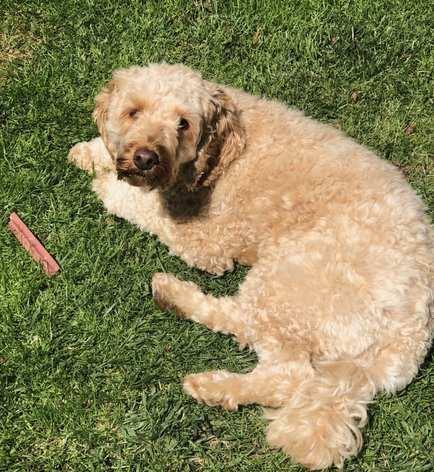
What is one thing that nobody at CHS knows about you?

One thing no-one at CHS knows about me is tricky as I chat to you guys all the time about various things. Mmmm I have an exceptional sense of smell. I can taste and smell stuff that no-one else can (maybe I9m part dog who knows?). My Mum always said I should get a job working for Chanel or the likes as I would be able to determine the ingredients in perfume so well. I guess this highly developed sense of smell makes me a good cook as I can replicate tastes I9ve had in restaurants fairly accurately. Maybe Mrs G should enter 8Master Chef9 but no – I couldn9t take the heat of the kitchen!

Illustrated by Bo Burnham

Tea, coffee or ……………….?
Beer (real ale – I enjoy the MANY different tastes of real ale!)
Where were you born and where do you live now?
Belfast and…Belfast
Where is your favourite place and why?
I have a number of these but one is at Kinnagoe bay in Donegal, Republic of Ireland – another at Sandsend, County Down, Northern Ireland.
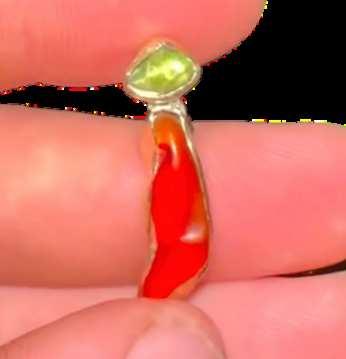

What was your first job?
A paperboy and a marmalade maker (both started about the same time – I was 13. My mum had made marmalade for a shop down the road, and I took over when she got fed up with it).




What is your pet peeve?
When people don’t do something they said they would do. If you can’t, or don’t want to, explain that at outset – you must do it if you have said you would!
What is an expression/saying you probably use too often?

If you could be a bird for a day, what bird would you be?
What is your hobby/hidden talent?
I like to make jewellery from beach stones. I collect them, roll them, polish them and set them.
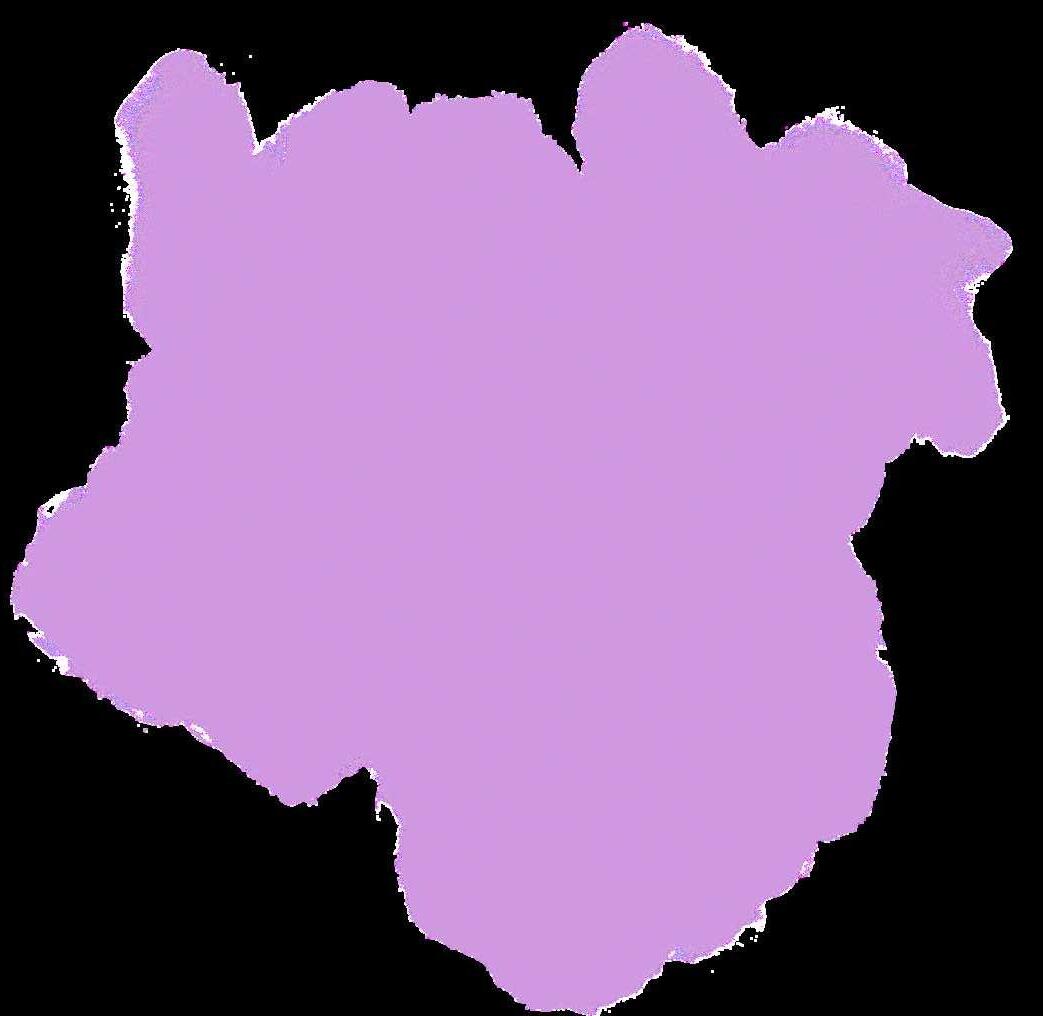
<Nifty!= But you really can’t overuse it because it is so Nifty!
I would be a Robin. Apparently they aren’t actually that friendly, and they only come close to us because they are territorial and they want to see us off the premises – I just can’t believe that though and I would like to be one, to see if I get feelings that make me want to chase people away...

What is one thing that nobody at CHS knows about you?

How can I tell you that? Well, there are a fair few who won’t know that I have a freckle behind my left knee! Is that too personal?
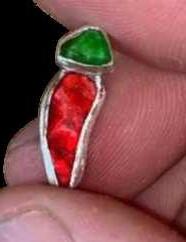

Created and illustrated by Bo Burnham
Join us each issue to learn some British Sign Language. This issue we learn some space themed signs.
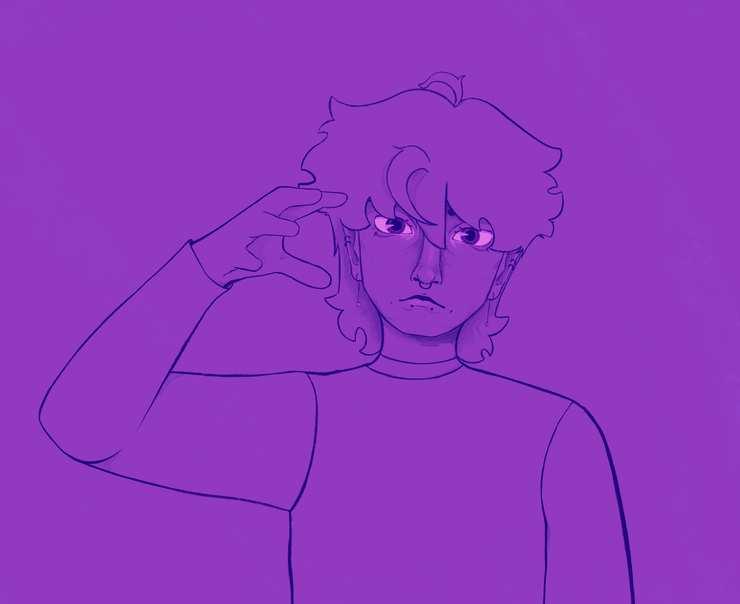



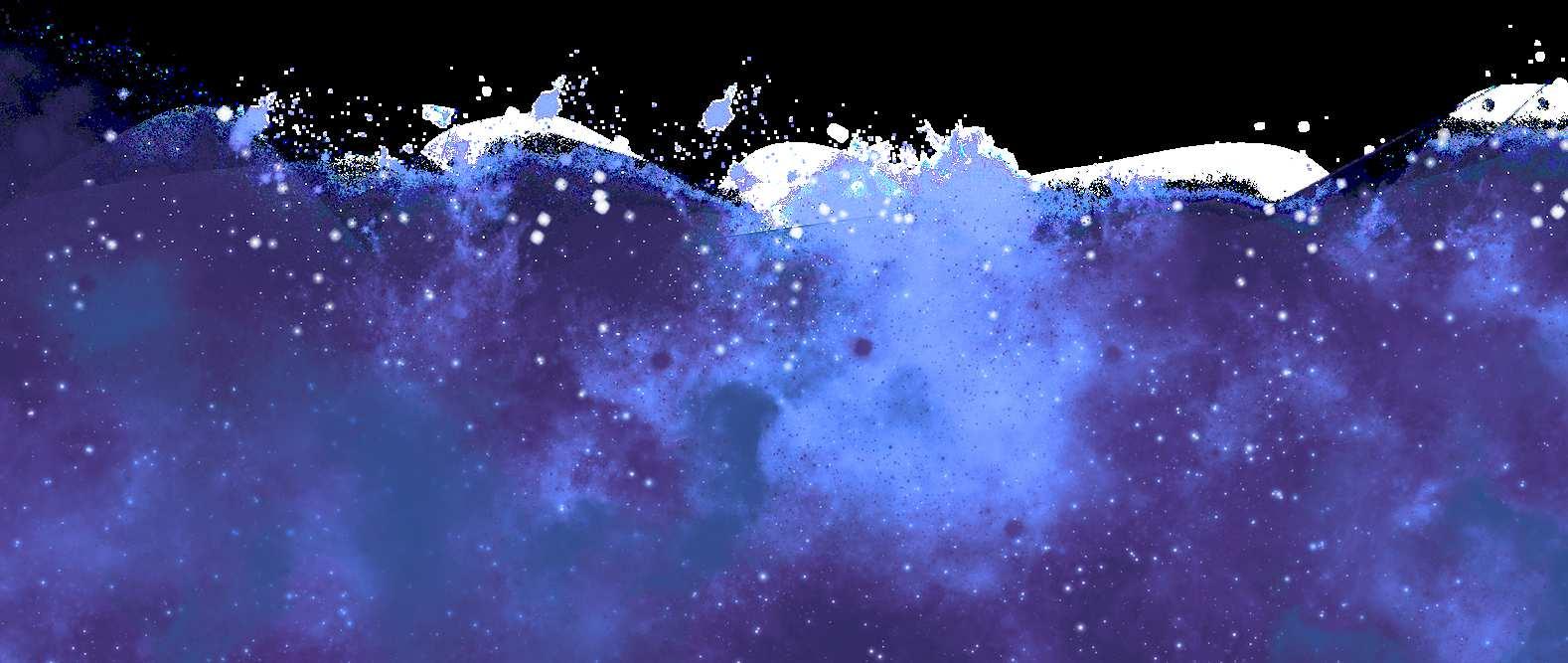



Welcome to
intro
iGCSE! In this article you'll get introduced to a range ofsubjects thatyou can studyatiGCSE - and why you should studythem! So what are youwaitingfor?Diveinto the world ofiGCSE!
to

Nikolas Koulouris-Gilbert Music
Matthew Huggett Computer Science
I enjoy computer science. I do, however, find it difficult at times, but there is something fun about knowing more about what is going on in the computer that we all work from. I took the subject because I thought it would be useful in a world where technology is becoming a bigger part of life – and it is!
My first memory of finding myself being enchanted by music was on New Year’s Day 2012, when my grandma and I were listening to the Vienna Philharmonic Orchestra. When I was six years old, I pointed to the piano we had in the house, and told my mum I wanted to start learning to play the piano. At the age of nine I started playing the drums, the timpani, the xylophone and the bass drum. Of course, the instrument that holds the largest piece of my heart is the timpani. It came as no surprise to anyone when I chose music as my subject for my iGCSE. Throughout the course of the two years, I’ve worked on many projects such as <The concerto through time=, <Film music=, <Conventions of Pop= and <Rhythms of the world=.
It's a subject I would definitely recommend to others mainly because of its creative manner. When you create music, you leave a part of your soul in the world for ever, and that is exactly what drew me to this subject. So far through iGCSE music, I have become more mature, I’ve composed music, I’ve learned how to act as a performer and learned the history of music.
It has been a great honour to be taught by Mr. Gazard. He has been a true mentor to me. Over the past three years he has enriched me with his knowledge and love of the subject, and I’ll forever be grateful to him for all his assistance and guidance.
Olivia O'Gorman Sociology
GCSE Sociology is a fascinating and relevant course that helps you understand how society functions.
In Paper 1, you'll explore Sociological research methods, identity, and social stratification, examining issues like class, gender, and inequality.
Paper 2 covers two topics from Crime and Deviance, Education, and the Family, tackling key questions such as "Why do people commit crimes?" and "How does education shape our future?”
This course develops critical thinking and analytical skills while deepening your awareness of social issues. If you're interested in society, current affairs or social justice, Sociology is a great choice!
Christiana McAleer Psychology
Psychology is an incredibly fascinating subject to study at iGCSE level, offering you a chance to delve into the intricate workings of the human mind. One of the first topics you'll explore is the process of memory, uncovering how we retain,
recall, and sometimes even forget information. You'll also study numerous influential theories from groundbreaking psychologists, giving you insights into human behaviour and thought processes. Choosing psychology has been one of the best decisions I’ve made; it’s not only one of my favourite subjects but has also given me a deeper understanding of people and the world around me. I highly recommend that you choose it as one of your subjects for iGCSE!
Teddy Tatham Economics
Studying economics makes you value everything a little more. If you’re a curious, bigpicture person, and you love strategy games, then lean in…
With economics, suddenly you re-see things. Rolling hills and forests become scarce resources. People, skills, ideas and money aren’t necessarily where they’re needed, and that’s part of the puzzle. There are as many great opportunities as there are

difficult choices, and to complicate matters: there are at least 3 or 4 levels of decision making – from powerful government alliances down to individual characters at the shop - so you need to have a sense of imagination and good roleplaying skills too!
By the end of the course, the world around you may make a bit more sense. You’ll be able to understand why some countries tax fizzy drinks and petrol, while others hand out contraception and unemployment benefits; why some businesses give their workers long holidays and weekly massages, but others offer no days off, and offices without fans or windows; why low inflation and high foreign exchange or interest rates are like Chance Cards or rolling 7: cause for celebration or misery, depending on who you are.
You’ll understand more words in the news, so chatting about the merits or madness of aluminium tariffs or hostile takeovers becomes possible, and feeling part of the conversation about the world we’re inheriting is important, and it feels good, right?
Samuel Brown Ancient Greek
This is a wonderful subject as it gives you an insight into the amazing world of Ancient Greece. Learn a new alphabet, learn those grammar rules, find out about Herodotus, Homer and Xenophon, and get into it! I highly recommend to take this subject, as it is useful for all other languages, and is even helpful throughout life. A tip: there are 3 parts to the course, which are language, literature, and literature & culture. Language takes up 50% of the marks in the exam, whilst the other 2 each have a 25% share of the marks, allocate this to the time you take studying for each component. I hope this paragraph has given you a good view of the Ancient Greek course and that you will consider taking the subject for your iGCSEs.
the world of business, leisure, tourism and education as well as others. The course is fun and by the end of it, you’ll hopefully be fluent enough to say pretty much all the basics and a lot more! Knowing French will also increase your chances of communicating in a non-English speaking country. All I can say is: c’est fantastique!
Bo Burnham Art
Leo Brown French
Parlez-vous français?
Welcome to one of the most interesting and valuable subjects at IGCSE. French is the first or second language in more than 40 countries, so it is super useful in the world of careers, especially if you are planning to move about a lot! French gives you an advantage in a wide range of career paths - for example in
I loved studying Level 2 Art and Design. The course is set out with a really clear direction to work in. It is split into two years with the first year divided into 17 manageable skill builder tasks. This makes it feel achievable and not intimidating at all. You learn tons of skills during this stage; observation, universal forms, charcoal, graphite, mixed media, colour theory, sculpture and many more. You also start with learning portrait and landscape photography and eventually turn those into portrait and
landscape paintings. You also learn how to research, study and learn from other artists. This first year is filled with interesting things to learn and projects to complete. The final year or Phase Two is your final project and this is where you put everything you learned in Phase One into practice in your own project. I especially loved this as I got to really show my own style and got to research and talk about artists that I personally love.
If you are arty, I would highly recommend doing this course as it is fun and filled to the brim with techniques and things to learn. However, it is a lot of work and I highly recommend organising and pacing yourself to make sure you stay on track. I managed to do this course in a year so it is definitely achievable.
Level 2 Art and Design prepares you really well for the Level 3 Art Foundation Diploma – which I’m currently really enjoying – which on its own gives you enough UCAS points to get into university.

Here is a quickguide to some A-level subjectsto help you choose your subjects for your final two years ofstudies.


Written by Annika McQueen and Xenia Plarre
Psychology
Psychology blends Sociology and Biology, but without their verboseness and scientific gibberish respectively. There is a lot of parrot-style memorisation, for example participant numbers or the aim of the study. However, questions are usually straight forward, requiring you to simply recall knowledge or reapply it to a hypothetical situation. A-level Psychology consists of four papers, with the longest question being a 10-marker, where you either evaluate or design a study.

I chose to study physics at Alevel because I wanted to keep my options open and be able to take a STEM subject at University. Through studying Physics at A-level I have learned more about how the physical world works and I have improved my confidence in solving hard problems. Physics requires strong maths skills, so if you did well in your maths GCSE, you’ll have an easier time. Ideally you would take maths A-level alongside physics, but it’s not necessary.
Physics A-level is made up of three papers. Paper 1 corresponds with the content you learn in the first year, and Paper 2 covers the second year. Paper 3 includes questions on experiments in addition to questions with a focus on a subject that your class will choose. We had to choose between Astrophysics and Engineering.
I found Cognito, SaveMyExams, and Khan Academy really helpful with learning content, however you need to make sure you’re doing enough timed past paper practice to hone your exam technique.
You should study history at Alevel if you want to improve your writing skills, critical thinking skills, and widen your global perspective. Studying history has given me a framework for understanding current events. Keep in mind that the workload for history is heavy because there is a lot of content to cover. If I hadn’t studied history at GCSE, Alevel would have been more difficult. GCSE history prepares you for A-level because you learn how to structure your essays and some of the content overlaps.
You will take four papers for History A-level through the CAIE. Paper 1 is answering questions from a range of sources (they are typically cartoons or excerpts from letters). Paper 2 and 4 are standard essay questions that require your own knowledge of the content. For Paper 3 you have to read excerpts written by historians and analyse their views. I would recommend looking at the full specification before choosing history. The most helpful resources for history for me have been books, especially Revolutionary Russia 18911991 by Orlango Figes and Liberty’s Dawn by Emma Griffin.
A-level Maths is a noticeable step-up from IGCSE. The four papers for Maths are Pure 1, Pure 3, Mechanics, and Statistics 1. Intricate questions require you to apply knowledge from different topic areas to be able to solve a problem, with questions counting up to 8 marks, especially in Pure 1 and 3. Mechanics is similar to IGCSE Physics (topic- and difficulty-wise), but involves trigonometry and more complex scenarios. You’ll enjoy Statistics if you like riddles and English!
Unlike IGCSE English, A-level English purely consists of essay-writing; each of the four papers will require you to write about 1200 words in two hours. Timed tests and lots of practice however do help to improve writing speed! Paper 1 and 2 involve reading and analysing texts, and writing responses to a prompt, similar to IGCSE. Paper 3 – the most theoryheavy paper – investigates language change and child language acquisition. Paper 4 explores English in the world and English and the self, allowing you to incorporate personal experiences into your essays.
You should choose Spanish Alevel if you want to learn about society and culture in present and past day Spain, expand your vocabulary, and improve your confidence in speaking the language.

one of these topics. You will also have to write a descriptive essay that will ask you to describe a certain scenario, e.g 8describe the scene at a train station9.
For the literature side, you will study two novels/plays and in the exam you will answer two questions, each corresponding to one piece of literature. The third exam is a reading paper where you are given different articles/pieces of text and you have to answer multiple choice questions.
Spanish A-level includes a language side and a literature side. For language, you will study six main topics over the two years (with the focus being on Spain): Culture, health and wellbeing, education, society, responsibility for the planet, and modern science and technology. For the language exam you will write a discursive essay relating to
Spanish A-level is quite a jump from GCSE, so make sure you know your grammar. It is always easy to learn new vocab, but if you don9t understand the fundamental grammar rules it will be difficult. Given how much you are reading and writing in Spanish, and the new vocab you learn, you will greatly improve your knowledge of the language. I was recently in Spain, and was surprised at how much I could understand and how well I could speak with the locals.
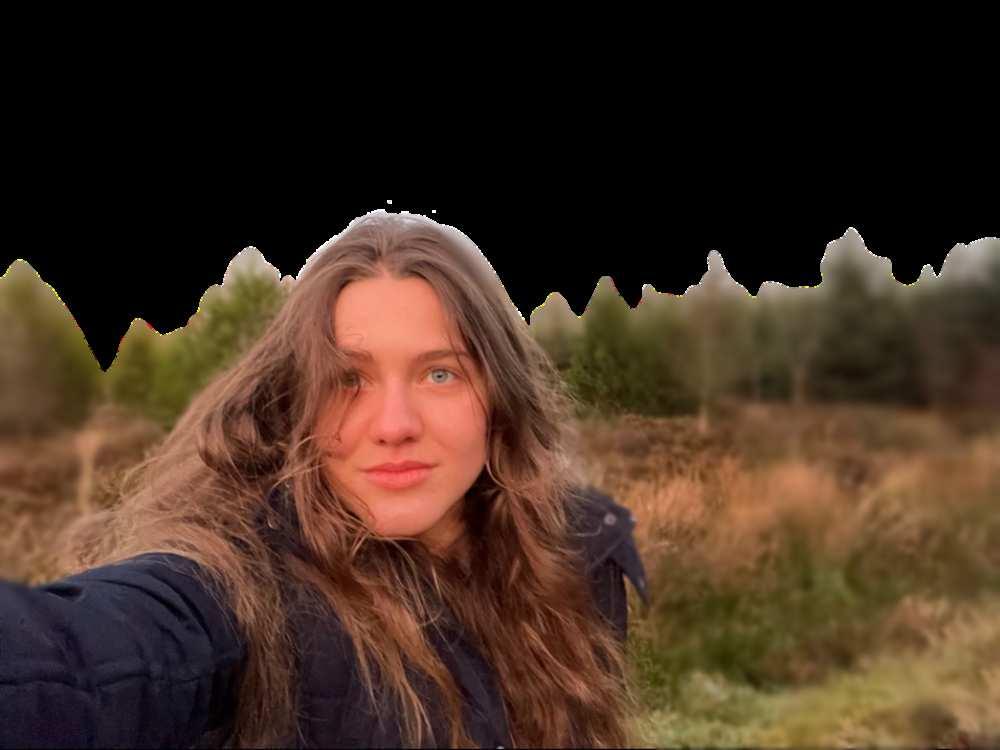
Delve into the vibrant community of CHS where every student is embraced with open arms and encouraged to shine.
When and for which Levels did you study at CHS?
I studied at CHS for my A-levels (Ls 5&6).
What subjects did you take?
I took Maths, English Language, and Psychology, alongside a Foundation Arts Diploma
Where and what are you studying now?
Now I am studying architecture at the University of Sheffield, working towards a RIBA Part 1 qualification.
What is a piece of advice you would give your younger, CHS-self?
I think there are many pieces of advice I would give my younger self, with the hindsight I have now, but one in particular would be to learn how to establish balance in my daily life. On the one hand, balance in workflow, since I tend to dedicate all my time and effort to one task and neglect all others until it’s done (then repeat the process in an endless cycle of frazzled desperation). But also, more importantly, a holistic balance of life in general. Learning to manage time in order to fulfil academic, physical, social, and all other needs, simultaneously.
Learning to spread out my work and take care of my <adulting= duties more efficiently, while also (most crucially) reserving time for myself — my wellbeing, my peace and my happiness. It's very important to break away from the "one or the other" mindset and embrace them together. Also, fix that sleep schedule, Flavia.

How did CHS help you along your journey?
CHS was quite monumental in my journey. After years of homeschooling in isolation, it introduced me to a warm, welcoming community which (unbeknownst to me at the time) provided the perfect reintroduction to the social scene, in more than one way. Not only in the respect of unparalleled friendships, but also in the professional realm. CHS opened my eyes to just how hard-working and inspiring people can be (regardless of age or background). It was the community who motivated me to strive for my personal best, which eventually led me to applying for the role of Head Girl. The responsibility, teamwork, and proactive mindset that experience taught me have been invaluable to my work now. I didn’t know this at the time, but architects are not individual workers, and the presence (or absence) of personal initiative makes all the difference. My first Semester was the epitome of <figuring stuff out=; but the soft skills and echoes from CHS were the little tugboats which pulled me through. And, of course, I have met some of my best friends in those two years of A levels.
To any and all moving onto a new stage of their life (be this moving somewhere new, going to a different school, graduating and taking your next steps in life, etc.): don’t be afraid. To reach out of your comfort zone, to talk to new people, to try new things, to fail. Never be afraid to fail, because, no matter how hard you work and how many measures you take, it will inevitably happen. Many times. And thank goodness for that! No one would ever learn and grow if they never had a reason to. As the great Albert Einstein once said, <Failure is success in progress=. Go do that thing. Go talk to those people. Go try that new technique. It didn’t work? Cock your head to the side, look at it a little differently and try again. Don’t let the fear of losing your safe cocoon hold you back from taking flight, you beautiful butterfly.


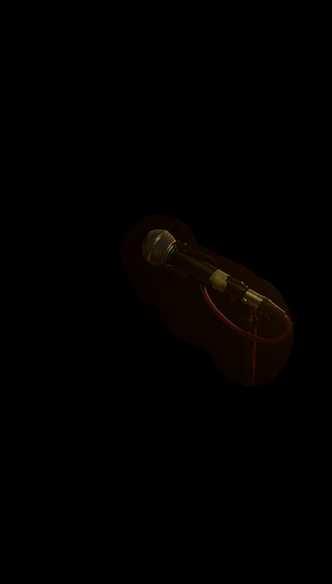

Delve into the vibrant community of CHS where every student is embraced with open arms and encouraged to shine.
What is a piece of advice you would give your younger, CHS-self?
I’d tell my younger self, who was obsessed and terrified of university choices and acceptance, to start practicing what I eventually want to study in university. In honesty, BIMM Berlin did not care about my A-level grades; they valued the skills and interests I took from my A-level courses. I probably wouldn’t have gone through such a rush writing songs for my application if I had started experimenting and diving into the world of songwriting and recording which I really wanted to join.
When and for which Levels did you
I did A-levels for two years (2022-2024)
What subjects did you take?
I took A-level Maths, English Language,
Where and what are you studying
I’m studying Songwriting at BIMM Berlin
How did CHS help you along your journey?
CHS helped me navigate what I wanted to study and what I eventually wanted to do after my course. It also gave me friends from all across the world that I will visit someday. It also introduced me to some of the most influential teachers in my life: Mrs. Howard was the most loving and helpful teacher that I could’ve asked for to lead me through the panic of university applications, Mr. Gazard helped me with my first compositions and with my music for media education that I am currently using daily, as my career plan has evolved into writing music for film, theatre, and video games, and Mr. Dowling helped me get comfortable with my first dive into writing and helped me start a Dungeons and Dragons campaign that spanned an entire year and kept me in contact with my CHS friends even after I left. The whole school is full of teachers who genuinely care about their students and their education, and that is indescribably valuable.



Written by Teia Procopie
1. Doină - Romanian
One of the three official untranslatable words in Romanian, the doina is a lyrical, solemn chant that is improvised and spontaneous. It is always performed solo, with or without instrumental accompaniment. In 2009, the doina was included in the UNESCO list of Intangible Cultural Heritage.
2. Dwaal - Afrikaans
It refers to a mental state where someone is not fully present or attentive. They might be daydreaming, or in a haze, not fully aware of their surroundings or actions. It can also describe a situation where someone is physically lost or wandering aimlessly, as if they are not in control of their direction or purpose.
3. Mokita - Kilivila Realities that are known by everyone, but not voiced. It's about difficulties or situations that we are aware of, yet choose to ignore for different reasons. An equivalent for that would be the phrase "the elephant in the room".
4. Shlimazl - Yiddish
This word translates to "chronically unlucky person" in English. It's a term often used to describe someone who consistently experiences bad luck or misfortune.
5. Schilderwald – German
A street crowded with so many street signs that you become lost. It literally translates to "forest of signs" and refers to an area where the number of road signs is so overwhelming and dense that it can be confusing and lead to disorientation.
6. Gökotta - Swedish
It's a word that translates to "dawn chorus" or "cuckoo dawn." It refers to the tradition of waking up early in the morning to listen to the first birdsong, particularly the cuckoo. It's a practice of appreciating nature's beauty and finding serenity in the quietude of early morning.

7. Cwtch - Welsh
It's a special sort of cuddle or hug, an emotionally significant embrace which makes people feel very happy and safe.
8. Duende - Spanish
El duende has been defined as the spirit of evocation, "a state of tragedy-inspired ecstasy", "a poetic emotion which is uncontrolled." It comes from inside as a physical/emotional response to art.
9. Gluggaveður – Icelandic
This word translates to "window weather." It describes weather that appears pleasant from inside a building but is actually unpleasant or even dangerous when outside.
10. Gigil - Filipino
It decribes the feeling we get when we see someone or something cute. It's the urge to squeeze, pinch, or otherwise interact with something adorable.




Written by Elisabeth Kirchner


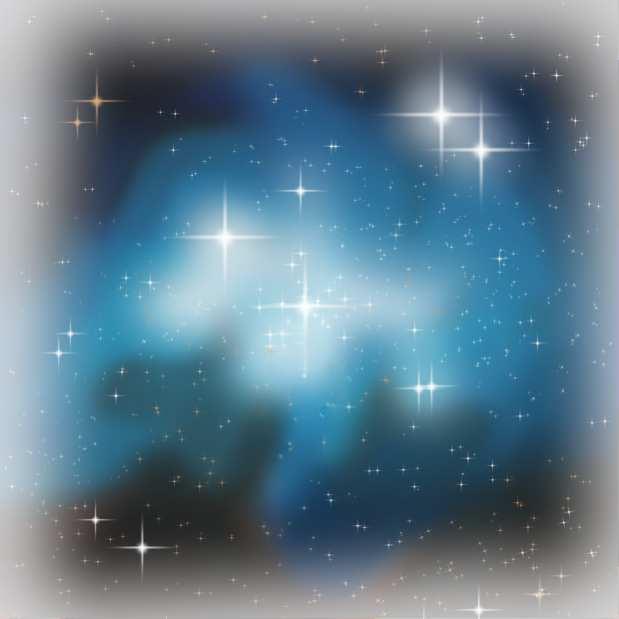
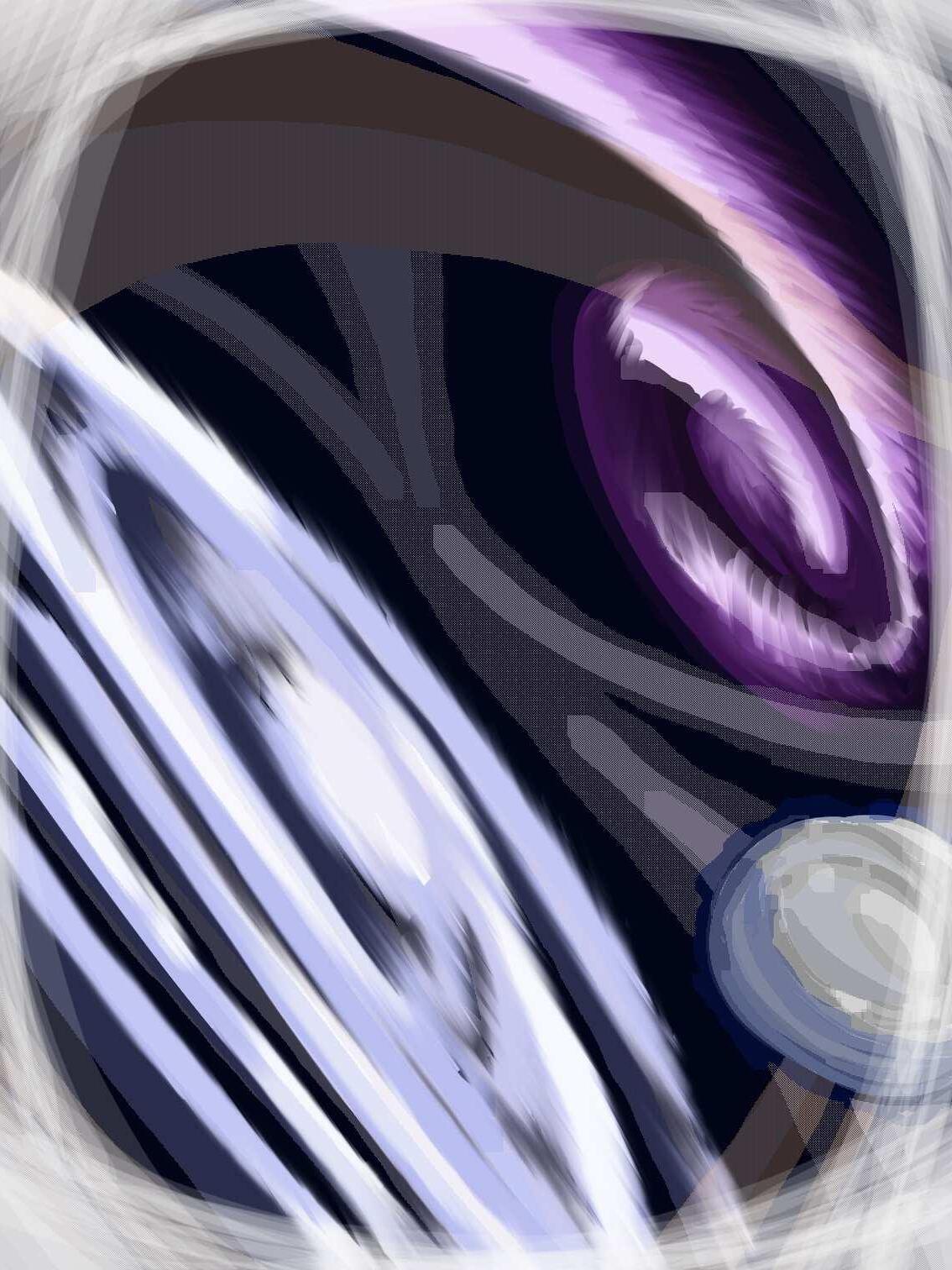
Written by Elisabeth Kirchner

by Alia Barry






Written by Pandora French
Illustrated by Sofia Malmberg

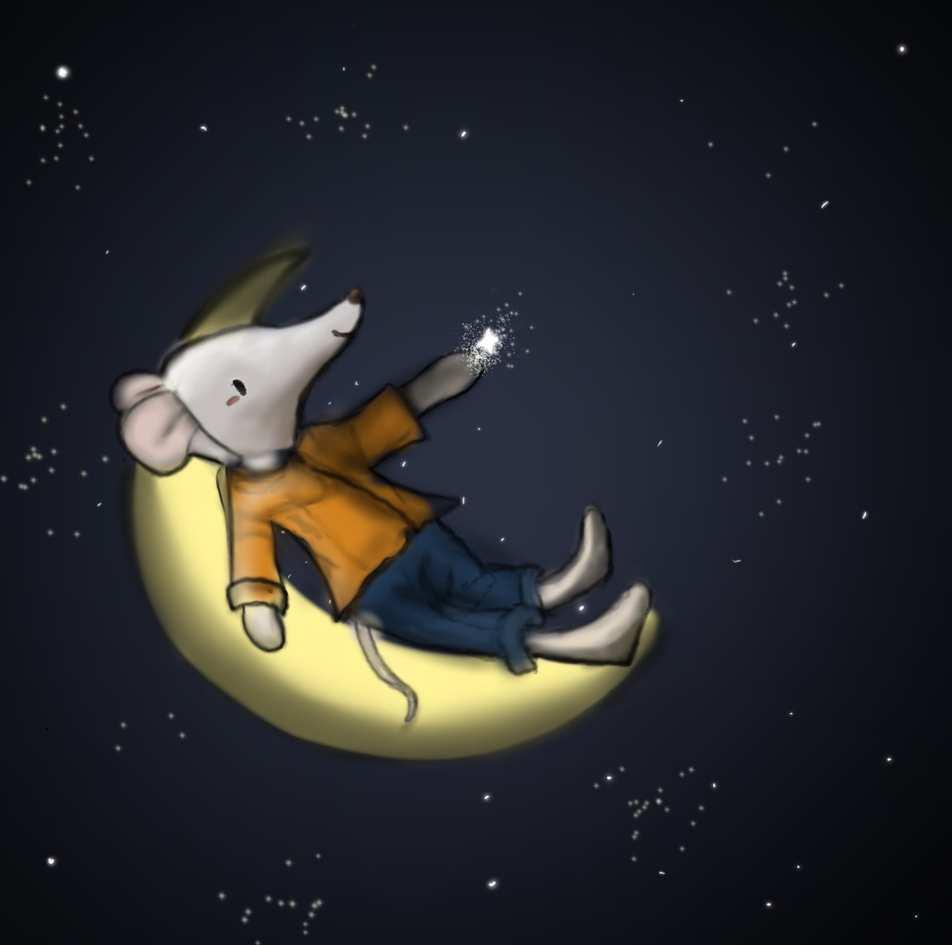
I have based my story on Mr Spoon. Mr Spoon and his family live on Junk Planet. He travels in his baked bean tin spaceship across the blanket sky to Button Moon. There he meets many strange characters and watches stories unfold on other planets using his telescope.
This is what happens if you are a greedy mouse who visits the moon and bumps into Mr Spoon
Many, many moons ago, if you looked at the moon it would always be <full=. This is the story of why today, the moon changes shape, growing and shrinking over the course of a month, for 12 months every year.
There once was a little mouse who dreamed of CHEESE! Every night he would look up at the moon and the stars as he ate cheese. He was convinced the moon was made of cheese and wanted to eat it! Over many months and years his longing increased, until on
his 10th birthday he told his mum and dad that he was now old enough to travel to the moon, as his wish was to have all the cheese in the world! He exclaimed, <I will fly to the moon and eat it!=
So he set off creeping and crawling around a local library. Then he saw a poster reading 8NASA Rocket launch this weekend!9. The clever mouse looked in the library to find directions to NASA. Using trains, planes and automobiles, he found his way to NASA. Then he saw there was a ginormous rocket on scaffolding about to launch. He clambered aboard, and found a little nook to hide in so scared people would not see him. He made himself comfortable just as the countdown began.
10 9 8 7 6 5 4 3 2 1... Blast off!! He hung on for dear life, as he was launched into space. The Rocket travelled through outer space until it hit the moon! Feeling very sick, the mouse wandered around thinking how lucky he was to have made it to the MOOOOON!

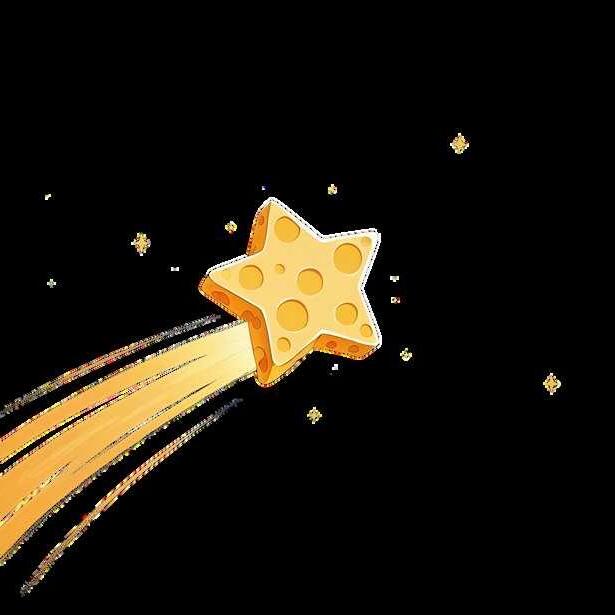
Then he smelled it; a lovely rich powerful Cheeeeeeesy smell. He got his sharp claws and dug a small hole. From the small hole out popped the most scrumptious cheese that any mouse had ever eaten! Mmmmmm it tasted delicious. He could not help himself! He dug and ate and dug and ate, and he dug and ate some more until only the tiniest slither of moon remained.
Mr Spoon, the man on the moon was not happy!
<You ate my moon!= he said. The poor mouse shuddered at the sight of the angry Mr Spoon. He wa soooo small while Mr Spoon was soooo big! He squeaked, <Ohh do not hurt me! I will do anything=
Mr Spoon grinned. <Okay you can take my baked bean tin spaceship and bring me back enough cheese to save the moon!= Which is exactly what the little mo did.
It took nearly 30 trips, 1 per day, in the very fas bean tin spaceship to go back and forth to Earth an collect enough cheese to remake the moon. By now the poor little mouse was getting very hungry and thought that one little nibble of the big round moo would do no harm. What do you think happened? One nibble turned into another, turned into another and another and another, and before he knew it the moon was but a slither once again!
And what did Mr Spoon make him do? You’ve guessed it! The little mouse was back in the baked bean tin spaceship shuttling cheese back to the moon! And he

Here are the lyrics to button moon: �e��e�f��o�u��o��o��,
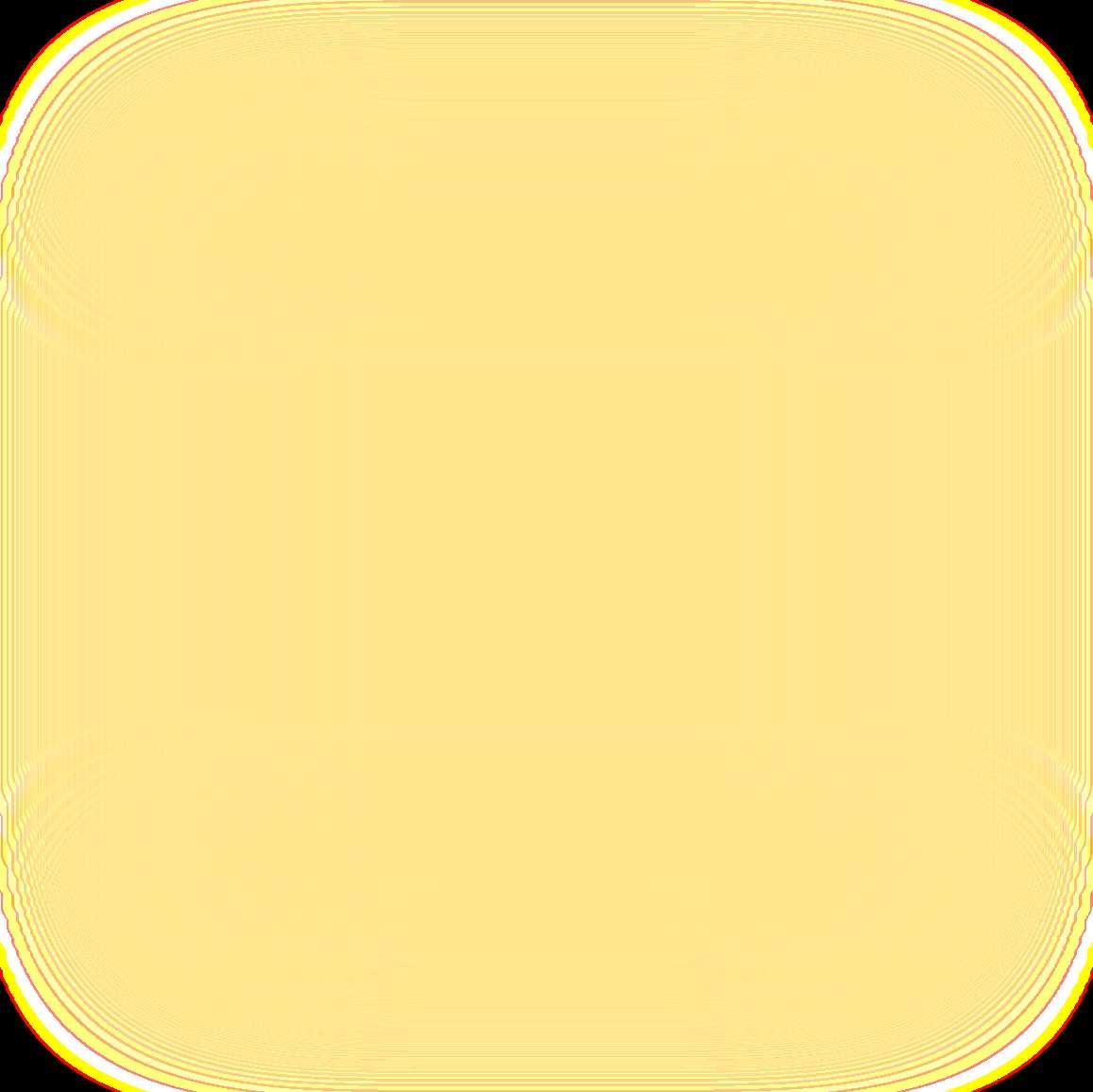


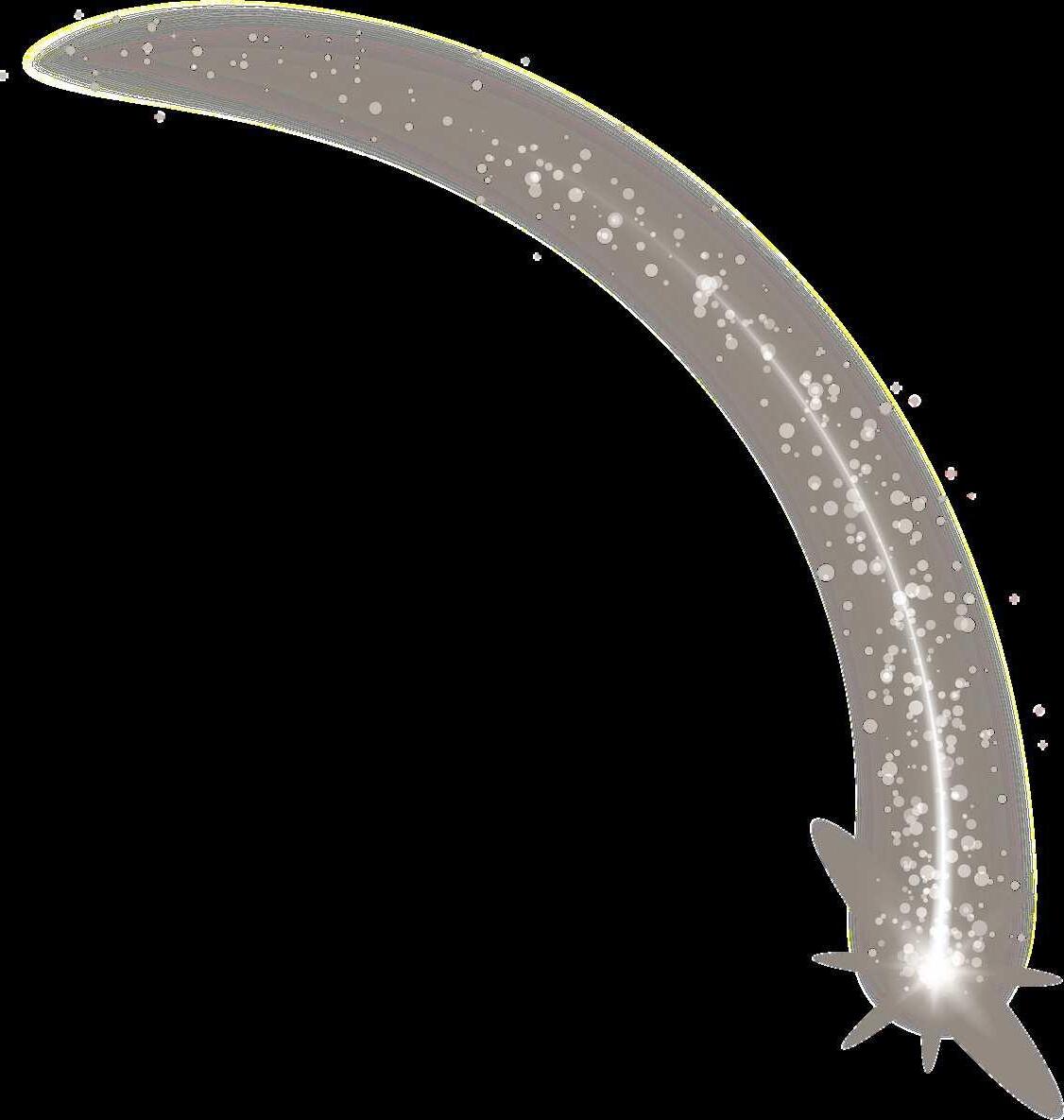
What really happens when you fall into a black hole; a tale of stars, gummies, and purple burglar alarms:
Written By Leo Brown, Bo Burnham, Xenia Plarre, Samuel Brown & Pandora French
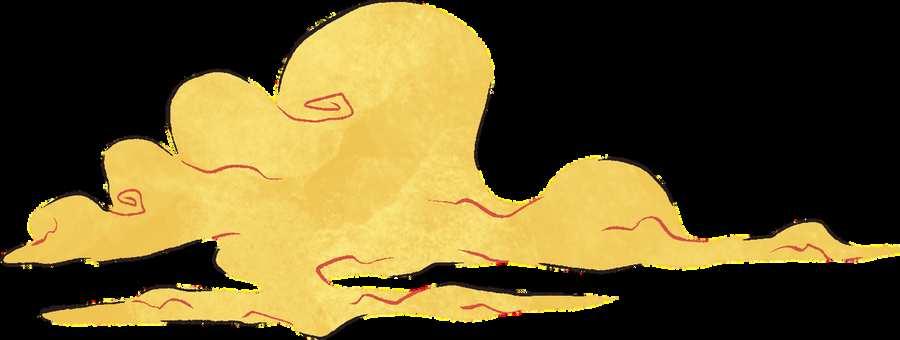
Once upon a time there was a boy named Tom. Tom stared at the starry sky for countless hours at a time. One day, he saw one of the stars explode; it was very vermilion and very big – until he realised that a fraction of the star was coming specifically towards where he was.
The star raced towards him and fell in his hand. It scorched his hand like a hot potato and then he dropped it. But when he dropped it, it of course fell into the grass, and the grass of course also got scorched like a hot potato. Then, after a minute, the star cooled down and revealed...
Yet another annoying Microsoft Teams update. And, as we all know, we all hate Microsoft Teams updates. A new feature of the update unleashed a black hole that led to another multiverse.
So, Tom was very curious, and he jumped into the black hole, which was not the wisest idea, since black holes are very dense. So he had to struggle with all his might to get through to the other variable verse. In this variable verse it wasn't as chaotic as Tom expected; the only difference was that people were pink, blue, orange, purple and red. They also wore very tall hats that seemed, through optical illusion, to reach the sky.
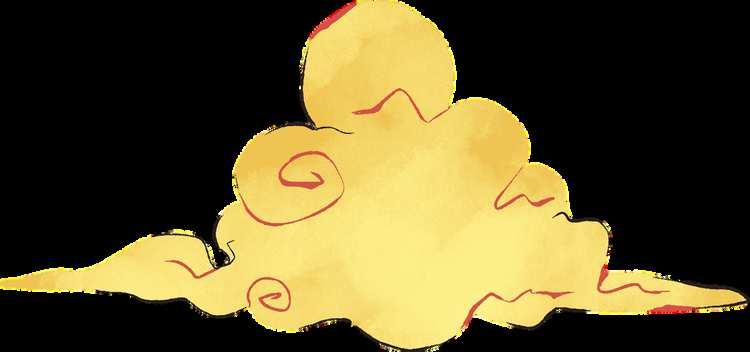

He asked one of the multi-coloured people where he was, and they said he was in Gummi-Bear Land. Suddenly they started dancing until an ominous figure arrived out of their hats. Basically, they scratched their heads because an ominous figure came out of their hats on their heads and while scratching their heads, they jumped up to some sort of cloud that was hanging above the sky – which in turn left this ominous figure with Tom. Purple burglar alarms rang out across the country. Everyone in the country got scared, so they ran to buy some gummi-bears. Tom asked the figure:
"What are ye doin' here today, sir fine gentleman?"
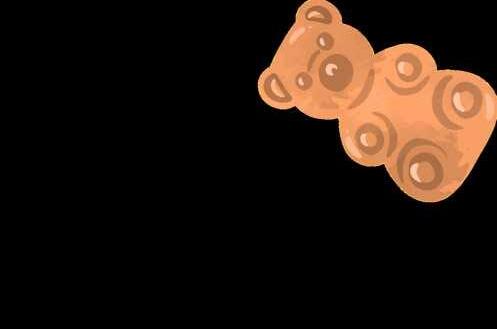






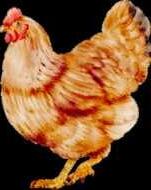

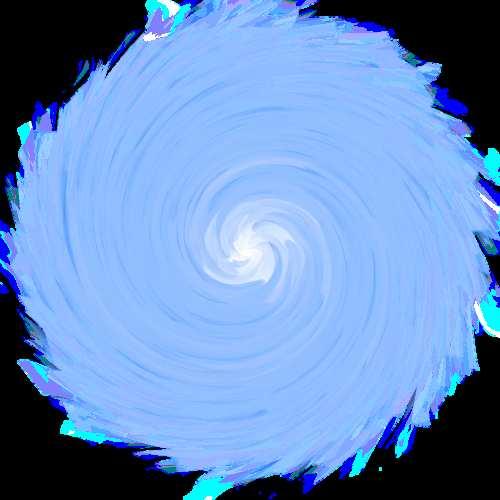


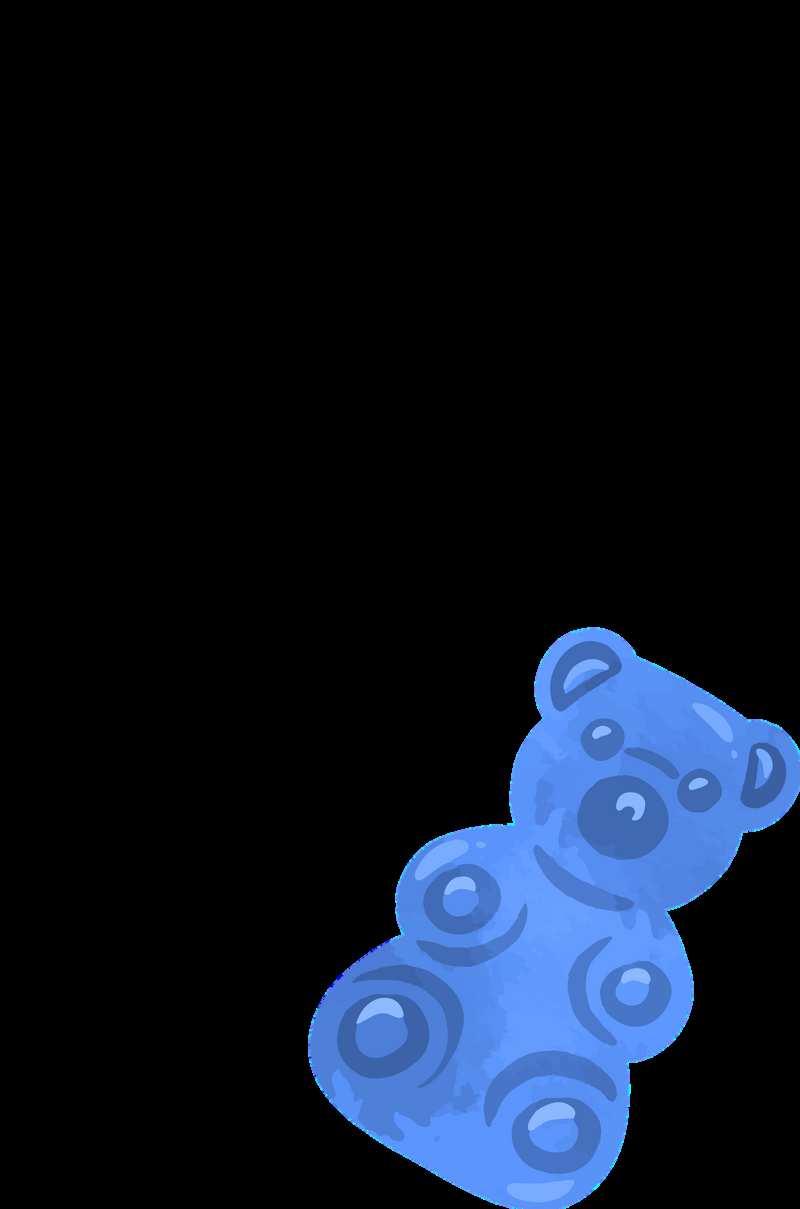





To which the figure replied, "I am forbidden to partake in the consumption of vivid, colourful, gelatinous figures, manufactured in the likeness of bears!"

To this Tom replied, "If yer really not allowed to eat gummi-bears, then go away and never come back!"



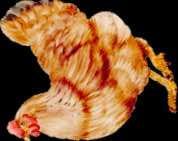

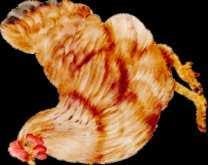

And this ominous figure respectfully dissipated into the atmosphere, only to return seconds later with a fly swatter. Tom was so scared that he decided to sing <Let's Go Fly a Kite= from Mary Poppins. This lovely lullaby lulled the ominous figure into a deep sleep from which he never awoke... until four human children came into the variable verse, whose names were Peter, Susan, Edmund and Lucy.
1000 years later, the four kids finally arrived and were greeted by Mr. Tom Nous (Tom's full name). A second star fell from the sky. This time it was blue! Tom did not wish to have his hands scorched like a hot potato again, so he stepped aside, and the star hit the ominous figure. However, the star was made of gummi-bears. The mysterious blue gummi-bear had finally arrived. The ominous figure ate the blue gummibear and caught the blue death plague. Tom healed the ominous figure by strapping a live chicken to his sores, and for this brave action he was awarded a medal, which he could exchange for a place at the excellent school of CHS. The celebration will take place on the 4th of July 2025. And he will be handed the purple burglar alarm certificate...

Noah paled. "Then how are we hearing this now?"
Amelia took a deep breath. "The signal has been traveling through space for all that time. It’s an echo of something ancient—an alien civilisation that no longer
"Space is supposed to be silent," her assistant, Noah, reminded her one evening. "There’s no air, so sound waves can’t travel."
Amelia smiled. "True, but what if there are other ways to hear? Radio waves, pulses of energy—what if we could translate them into sound?"
After years of trial and error, SL was finally ready. The machine sat in the corner of the observatory, a collection of blinking lights and tangled wires. Amelia turned it on, her heart racing as the speakers crackled to life. At first, there was only static. Then, faint hums and whooshes—signals from distant stars, pulsars, and planets.
"This is amazing!" Noah said. "We’re actually listening to space!"
For the next several days, they worked tirelessly to decode the message. The more they listened, the more they realized it wasn’t just random noise. It was language. The aliens had recorded something— something important.
"Listen to this part," Amelia said, playing a section of the audio that had been translated. A robotic voice spoke: "To those who hear us, we were the Zorani. We were dreamers, explorers, much like you. But we made a mistake."
Noah frowned. "A mistake?"
Amelia nodded. "There’s more." She adjusted the playback. "We reached too far, unlocked forces we did not understand. It destroyed us. If you hear this… learn from us. Do not repeat our error."




For days, Amelia and Noah obsessed over the message. They consulted other scientists, trying to find clues in the parts that were missing. But the more they uncovered, the more unsettling it became. The Zorani had spoken of a great discovery—something that gave them incredible power but also attracted… something else.
"Something else?" Noah muttered. "What does that even mean?"
"We don’t know," Amelia admitted. "But whatever it was, it led to their destruction."
One night, as Amelia studied the star charts, something caught her eye. A strange void in the galaxy —an area where stars had mysteriously disappeared. It lined up exactly with where the Zorani’s home world had once been.
Her stomach twisted. "Noah… what if whatever destroyed them is still out there?"
Noah went pale. "You mean… something powerful enough to wipe out an entire civilisation? Something that could still be lurking in space?"
Amelia nodded slowly. "And what if, by listening… we just let it know we’re here?"
Silence filled the observatory. The blinking lights of SL continued to flash, the signal still playing softly. But now, it felt different. More ominous. More alive.
Noah reached for the power switch. "Maybe… maybe we shouldn’t listen anymore."
For the first time, Amelia agreed.
As the machine powered down, the echoes of the stars faded into silence. But one thought haunted them both: if something was listening back, had they already been heard?
Three nights later, Amelia awoke to a strange sound. A low, vibrating hum filled the observatory. At first, she thought it was the wind, but then she saw it—the SL machine had powered itself back on.
Noah was already in the lab, staring at the screen. "I didn’t touch it," he said quickly. "It just… turned on by itself."
Amelia’s stomach twisted as she approached. The signal was stronger now, more distinct. The patterns had changed. The original message from the Zorani was still there, but layered underneath it was something new. A response.
"This doesn’t make sense," Amelia whispered. "The Zorani are gone. Who could be answering?"
Noah adjusted the frequency, his hands shaking. A new voice crackled through the speakers. Deep, guttural, and unlike anything they had heard before
"We hear you."
Amelia’s blood ran cold. The message repeated, stronger this time.
"We hear you."
Noah’s voice was barely a whisper. "We shouldn’t have listened."
The lights in the observatory flickered. Outside, the sky seemed darker than before, as if something vast and unseen was drawing near. The void on the star map no longer seemed distant—it felt close, pressing against the very fabric of space around them.
Amelia’s hand hovered over the power switch. "If we turn it off now, will it make a difference?"
Before Noah could answer, the signal changed again. The voice deepened, resonating through the observatory with an eerie finality.
"Now… we hear you."
And then, silence.



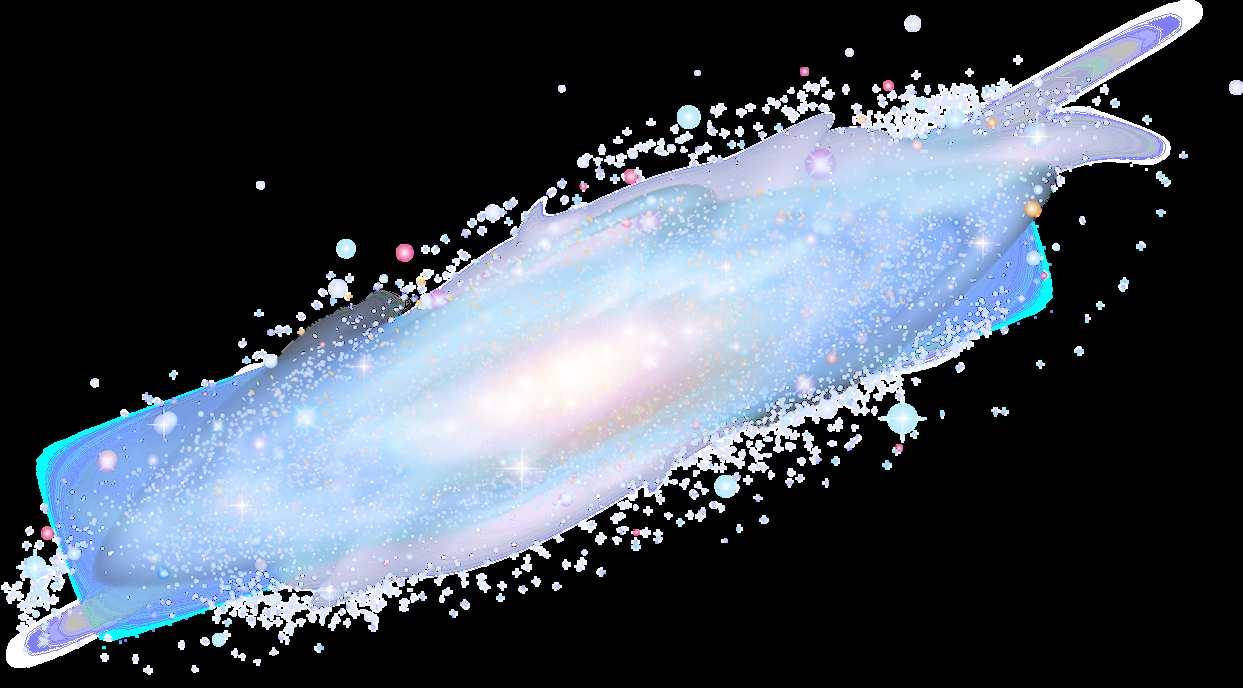

Amelia and Noah sat frozen, the weight of the words pressing down on them like a heavy storm cloud. The observatory, once a place of discovery and wonder, now felt like a trap—like they had opened a door they were never meant to.
Noah swallowed hard. "What do we do now?"
Amelia's mind raced. She was a scientist, someone who searched for answers, not someone who ran from the unknown. But this? This was something different. The Zorani had warned them about a terrible mistake, and now, they had drawn attention to themselves from something lurking in the depths of space.
She reached out and flipped the power switch on the SL machine. The lights flickered and dimmed as the hum of the signal cut off, leaving only the sound of their breathing.
"We shut it down. We don’t respond. We pretend we never heard it."
Noah hesitated, then nodded. "Yeah… yeah, that sounds good."
They sat there for a long time, listening to the quiet. Outside, the wind howled over the mountain, but the stars remained the same—cold, distant, and indifferent.
Three days passed. Neither of them spoke much about what had happened. They continued their work, studying stars, tracking celestial events—trying to go back to normal. But nothing felt normal anymore.
Then, one night, the power flickered again. Amelia,
She stood and walked to the SL machine. It was still off, no blinking lights, no active signals. But the hum… it was coming from the speakers.
Her stomach twisted. "Noah?"
He looked up from his charts. "What is it?"
She pointed to the machine. "Do you hear that?"
Noah listened, his face growing pale. "It's still off. How is that possible?"
Before she could answer, the hum changed. A single tone, low and steady, filled the room. Then another, and another, forming a pattern.
A message.
Noah backed away. "We turned it off. How is it still broadcasting?"
Amelia’s fingers hovered over the controls, but she hesitated. "It’s not coming from our machine. It’s coming from somewhere else."
The realisation hit them both at the same time. The signal was no longer something they were picking up. It was being sent to them directly.
That night, Amelia couldn’t sleep. She lay in her bunk, staring at the ceiling, her mind spinning. She had spent her life searching for proof that humanity wasn’t alone in the universe. And now, she had found it—or rather, it had found her.
The Zorani had warned them. Something out there had destroyed their entire civilisation. And now, it had








the void where the Zorani’s home world used to be?"
She nodded.
"It’s moving."
Her stomach dropped. "What?"


Noah turned the screen towards her, showing a series of images. The empty patch of space wasn’t just an absence of stars—it was shifting, growing closer.
"Space doesn’t work like that," she whispered. "A void can’t move."
Noah shook his head. "Unless… it’s not a void. It’s something else."
Amelia felt the cold fingers of fear creeping up her spine. She had spent years longing to hear the voices of the universe, to contact something beyond Earth. Now she wished she had never listened at all.
Over the next few days, the signals continued. They didn’t need the SL machine anymore. The messages seeped into their equipment, their radios, even the static on their monitors. It was everywhere, a constant presence whispering just beyond their understanding
And each time, the same words repeated:
"We hear you."
Amelia tried to reach out to other scientists, but the signals only played in their observatory. No one else could hear them.
Noah was growing restless. "What if it’s already here? What if it doesn’t need to travel because it’s been watching us this whole time?"
Amelia didn’t have an answer.
Then, one night, the power went out completely.


the very ground beneath them. Amelia stumbled, gripping the edge of the desk as a horrible realisa hit her.
"It’s here."
The windows trembled. The radio crackled to life, b instead of the usual message, a new voice emerged— low, guttural, and filled with something ancient.
"We see you."
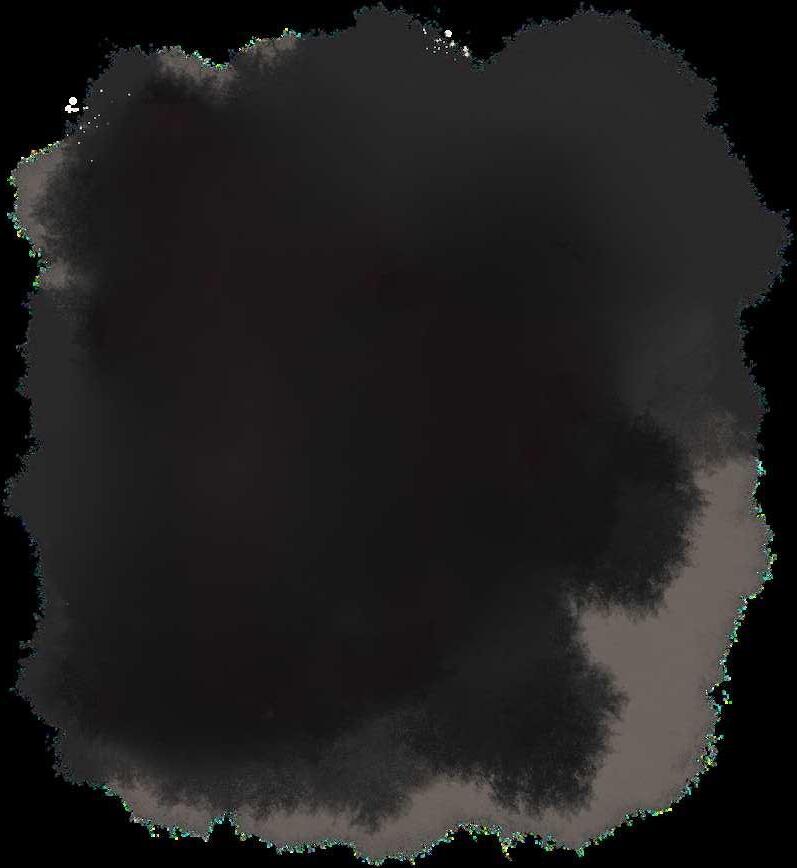
Noah grabbed Amelia’s arm. "We need to go. Now."
They ran from the control room, down the winding staircase of the observatory. Outside, the stars overhead seemed… wrong. The sky itself felt darker, if something massive was blocking the light.
A shadow moved across the heavens, shifting like a living thing. It was not a ship. It was not a planet. It was something else entirely.
Something vast. Something waiting.
Then, for the first time since they had heard the Zorani’s message, a new signal broke through.
"RUN."
The voice was different. Urgent. Not the same entity that had been whispering to them. This was somethin else—something warning them.
Noah didn’t hesitate. He pulled Amelia towards thei vehicle, and they sped down the mountain road, leaving the observatory behind. As they drove, Amel glanced up one last time.
The darkness in the sky shifted again, stretching, reaching. It wasn’t just coming for them.
It was waking up.

And they had been the ones to call it.






Written by Lisa Roth
Illustrated by Teddy Tatham
<December 12th, 2058. I remember it like it was yesterday; me as a kid in a cardboard box acting as if it were a ship, telling you one day I'll be out there walking on the moon. I loved space - I always have - I never thought one day I'd actually be up here. There's alarms going off Mum, and I don't know what to do! We crashed into something, my team is passed out and there's not much oxygen left Mum. That's why I'm leaving this last message for you… Because I don't think I'm making it out this time… We’re still ages away from Earth; there's no way we can make it back in time before the oxygen runs out… I think I have an hour left? Mum, I don't know what to do,= my voice sounded afraid but I tried to keep a happy tone for my mother - I didn't want to make her blame herself - I could never do that to her; that would break her.
<Please don't blame yourself mum, this isn't your fault, it's my own, there was an asteroid. Maxxie was driving and I was busy. I couldn’t tell him in time when we crashed,= the beeping of the alarm got louder, it was deafening even from the recording.
<You know, I remember the day I got into NASA, we all screamed in joy, it was like a dream come true! I got my uniform and you said how much you missed me just playing in that box, how I was all grown up. I spent years training for this day; the day I get to see the stars…= a loud, painful cough was then heard from the recording - it was likely oxygen wearing thin.

<I'm just happy I got to see them Mum, I'm looking down on Earth right now, it’s so…amazing, I'm not sad, or mad
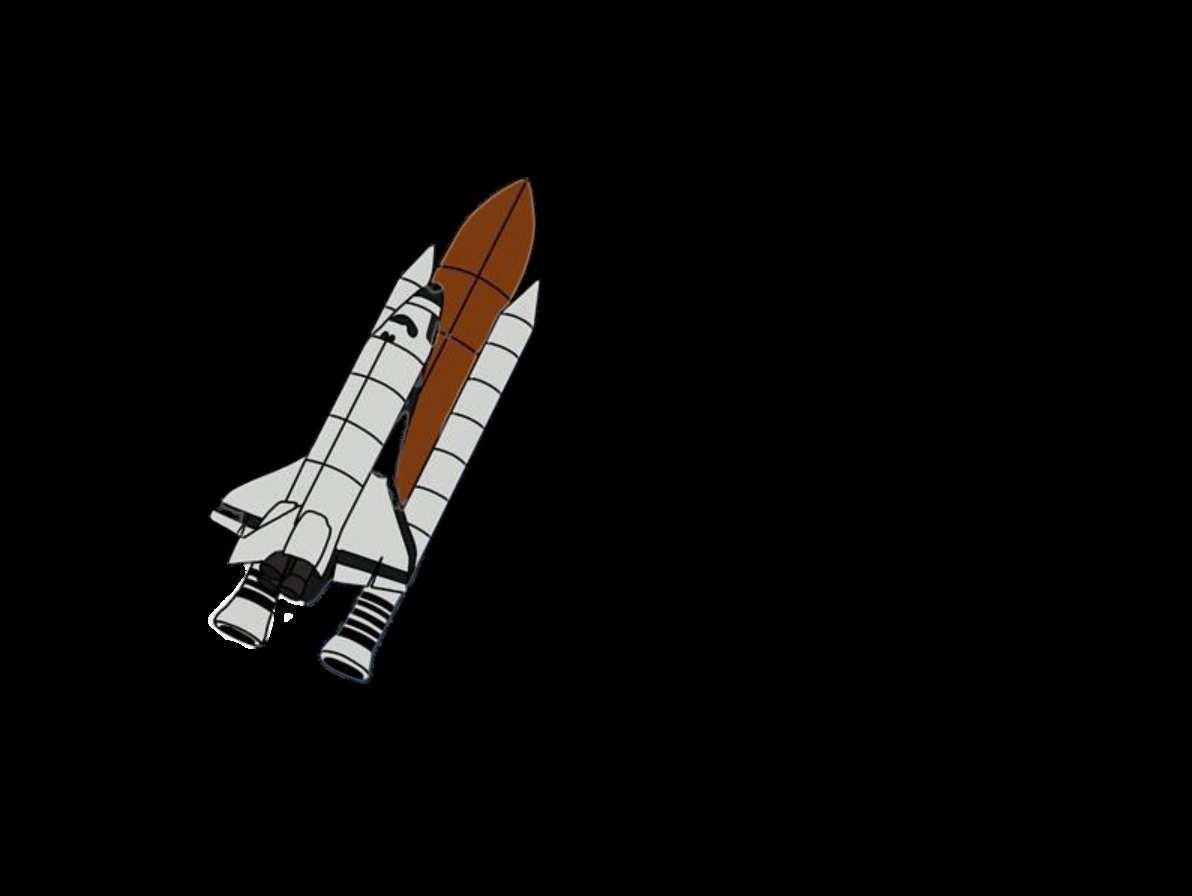


<I remember when I was 10, you got me a really cool astronaut suit for my birthday! It was realistic too! I wore it everywhere and I never took it off…= there was a longer pause this time round .
<There's 30 minutes left Mum. I will miss you Dad… Sis. This recording should get to you soon… I hope… I really hope you get this… Goodbye Mum - I will always love you and your smile… Goodbye Dad - I'll never forget the games we played, and goodbye Sis... Always follow your dreams never give up…never!=
The recording went silent, the alarms went off, there was just nothing; they had no oxygen left...
<My son died that day, up in space. I look up at the sky, the stars and always find the same one looking back down at me. I like to think that star is him watching down on Earth like he said. NASA did a huge funeral for them all. I couldn't hold back my emotions, I asked they place his old space suit he got as a gift with him and they did. I visit my son often; I look at that star each night wishing he came home. I can't imagine what it was like, knowing you're going to die... A timer ticking... Must have been beyond horrific, but I know he died in a place with some kind of happiness…
He always loved space, and he died doing what he loved. Some days I look back at the better times when my son was still around, but deep down they don't heal me, they only make me feel worse and I wonder if I hadn’t gotten him all the space gear if he wouldn't have died. Or if I just never got that box that day, this wouldn't have happened...
I listen to that recording every day, wondering what I could have done to save him, but deep down I know, I can't rescue him. My son’s gone, there is no getting him back... I’ll never forget the fear he hid to make me calm that day.=
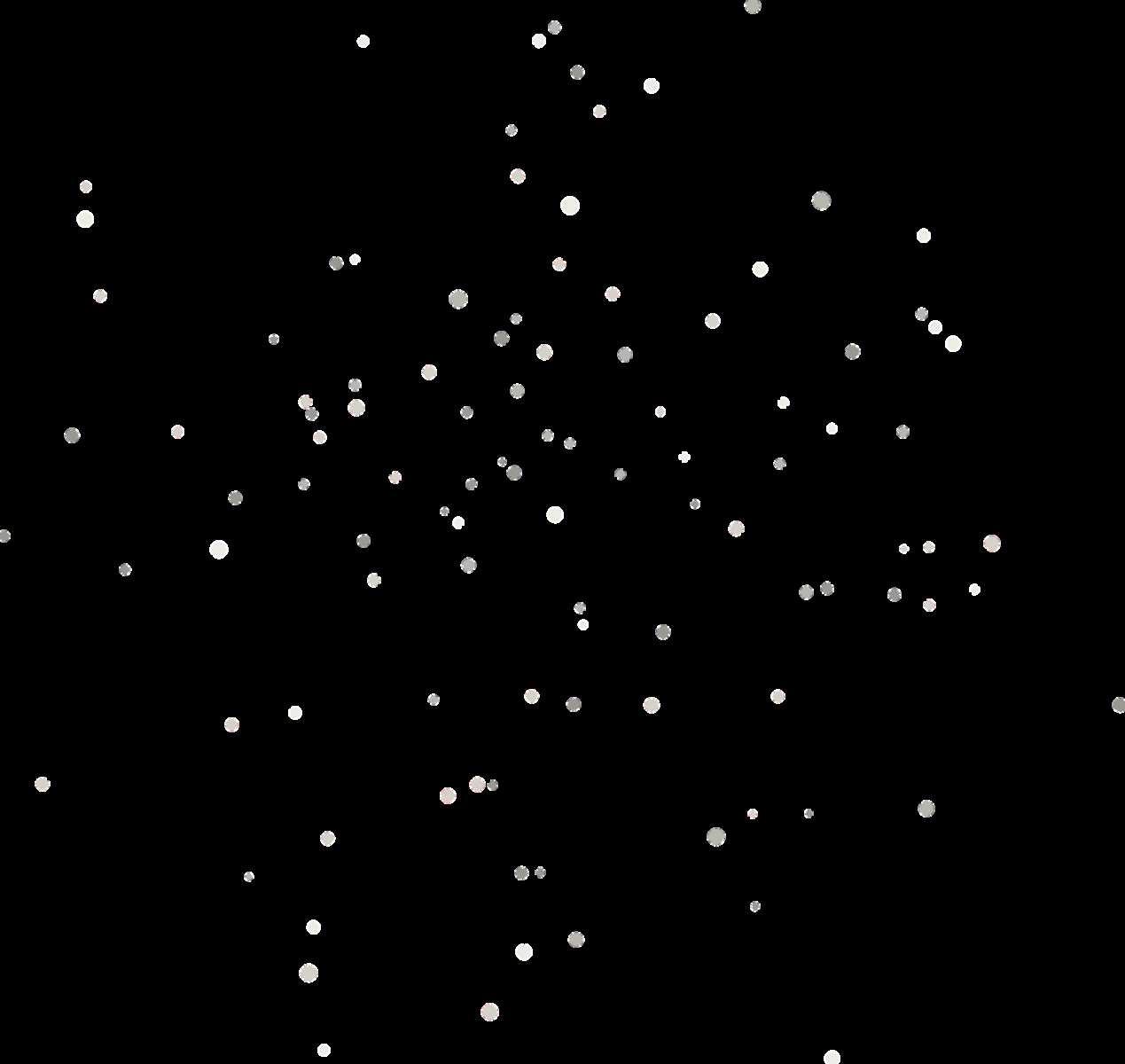



You may remember them: Captain Sweetcorn and his crew of jolly rogers. Well, they9re back! Join them on their latest adventure!
It was late in the evening. The shoals were sleeping as they glided in the rhythmic currents of the ocean and the deep blue sea was rocking the boat as a mother rocks a cradle. But the boat9s crew were not so content.
<We9ve dared all we9ve had, seen every skerry there9s to see and escaped dancing the hempen jig more than once. We9ve seen it all. We raid and return to this bay. The scenery never changes. And we never get a handful of doubloons anymore either,= complained Blackchops, a buccaneer with an impressive moustache.
He and his fellow swashbucklers had been moaning all evening about the recent absence of booty-dips.
Captain Sweetcorn sat near the ship's hull and clutched his ears with both hands; his fingers didn9t block out the sound. Ever since his crew had read that useless book about Atlantis, they kept dreaming of treasures even beyond a pirate9s imagination. Finally, he jumped up.
<Alright, alright, you want a change of scenery and some gold! But what should I do about it? I can9t conjure up a sea monster guarding a coffer for you to battle or a silver hill for you to climb!= he shouted at the crowd of pirates.
<Aye, we know! But why do we always have to sail about in this corner of the sea back to our bay with no proper booty in our chests!= Blackchops threw back at his captain.
<Bilge! We9ve made a fortune recently!= Sweetcorn foghorned.
<We want more! We want more!= the crew chanted.
Written by Leo Brown
<What do you want me to do then, scallywags?= Sweetcorn blurted.
It was rare indeed that his confidence was shaken. He was truly fed up with this conversation.
<Take us to the biggest heap of booty. Enough for us to swim in silver,= spat Pete, the old pirate with the rusty hook. Sweetcorn sighed. They9d put this silly request to him at least eight-hundred and seventy-six times this last week.
<Sink me, how am I supposed to know where such a treasure is!= Sweetcorn already knew what his crew were going to answer.
<Give us the moon!= they blasted.
Sweetcorn9s face had now taken the colour of a red tomato. The moon could not and would not be simply fished out of the sky! But if his crew insisted…
<You9re all claps of thunder! The moon isn9t even made of silver. But alright! We9ll run the rig. Let9s fish it down so that you can swim in silver! But by the Briney Deep,



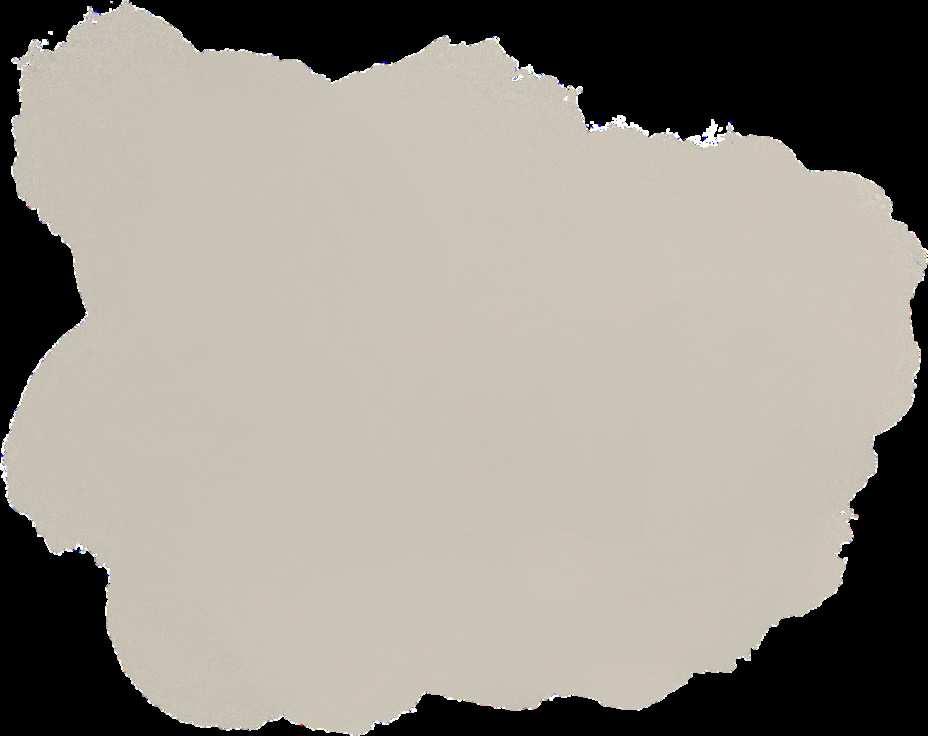
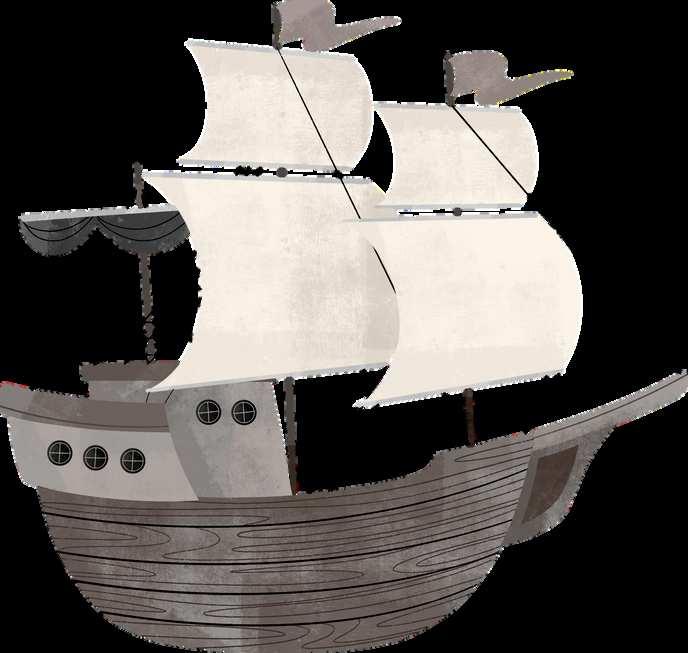

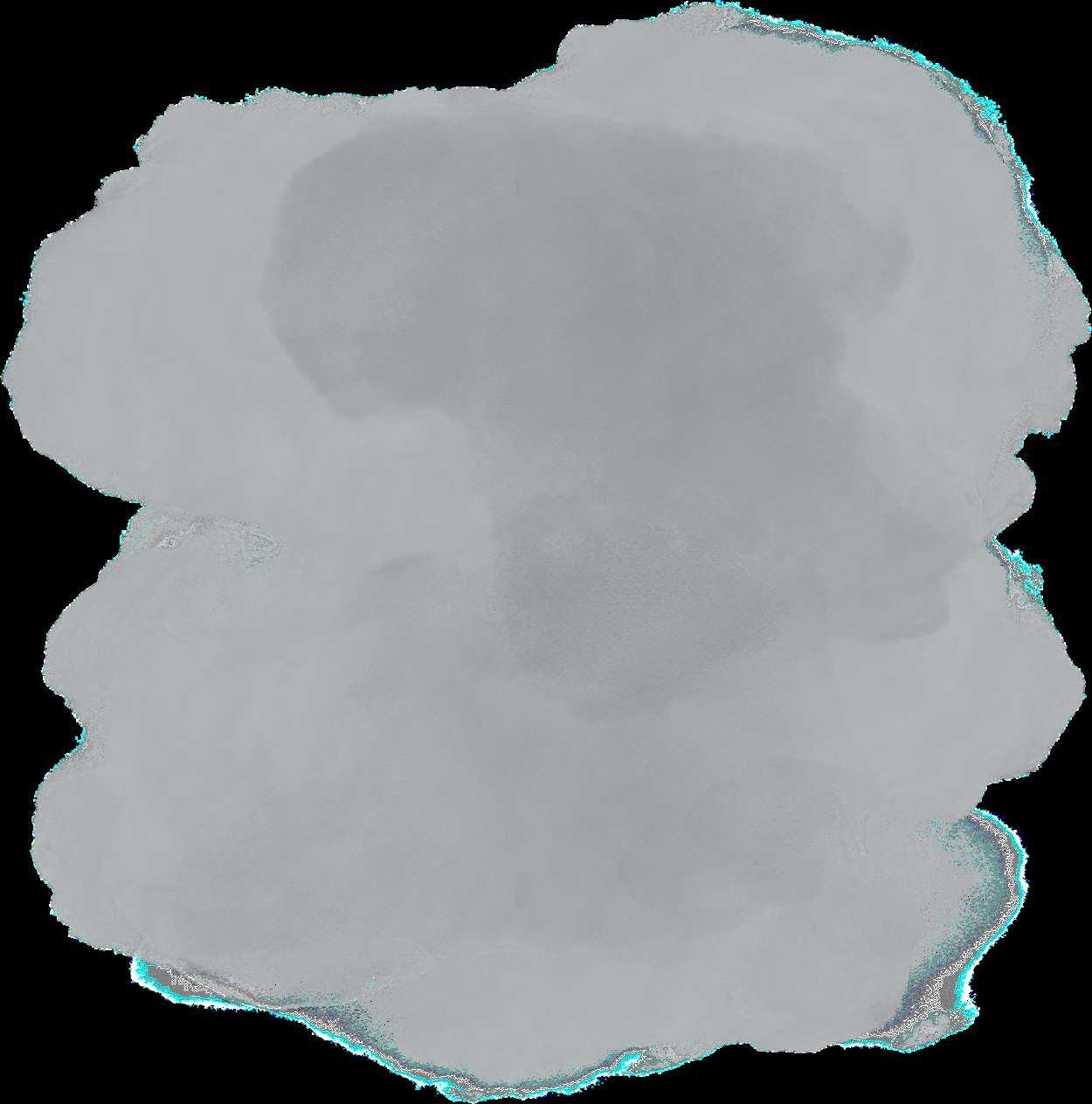

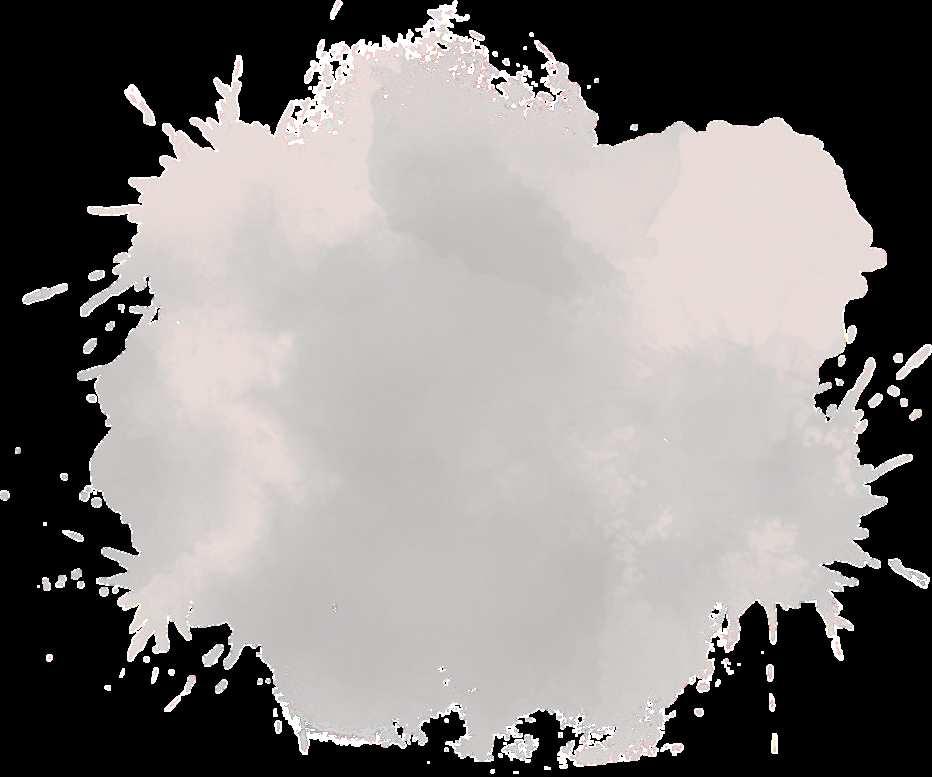
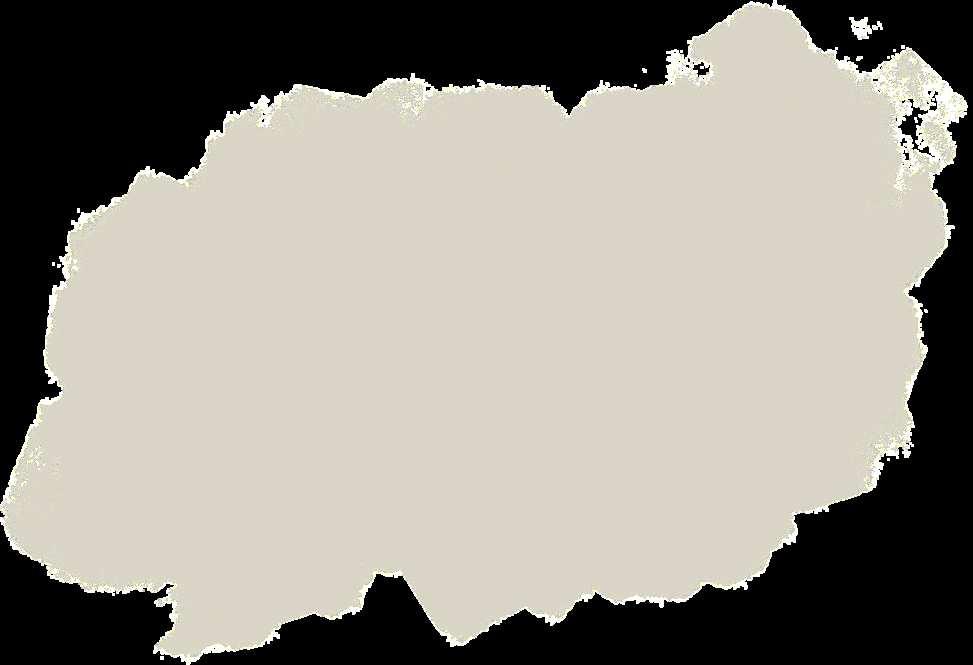
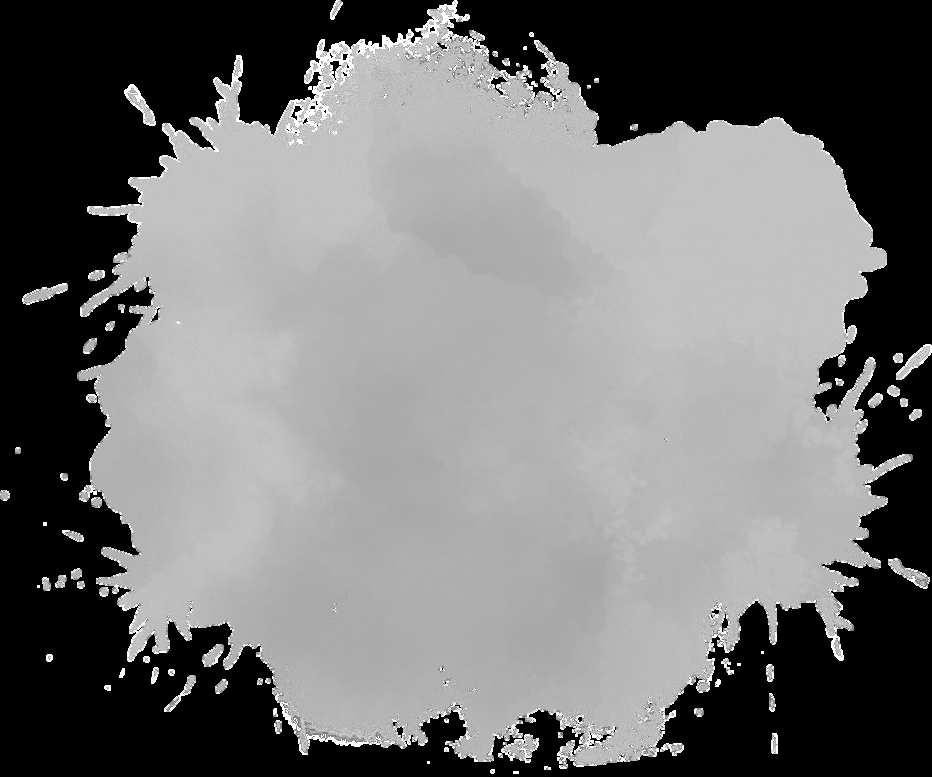
<Board the ship!= Sweetcorn heard Pete order distantly.
He payed it no heed. Pete had been commanding a lot of strange things that day.
<Prepare the catapult!= Pete commanded.
If Sweetcorn had been paying slightly more attention, he would have come charging down to the crew like a raging bull. But he was so engrossed in his map that he hardly even took notice of Blackchops and Pete climbing up the hill he was sitting on to get a better view point. There was a distinct twang as a rope was cut.
<Dar she blows,= Pete remarked to Blackchops as the galleon blasted through the air.
Sweetcorn spun around and dropped his map as if he had seen a ghost. The ship – his ship – was flying through the air at a rate of knots towards the moon in the night sky.
<SCALLYWAGS AND LANDLUBBERS! MY SHIP!= The ever-noisy Sweetcorn had never been as loud before. His voice resonated between the trees, and Pete and Blackchops felt their ear drums would burst.
It was at this point that the ship stopped ascending into the sky and started sailing towards the sea at frightening speed.
<Batten down the hatches!= Faintly resonated from the boat as it zoomed towards the ocean.
Smoke could have been rising out of Sweetcorn’s ears
He arrived at the water and prepared to present the crew with the biggest tongue-lashing he had ever thrown at them. Then he gaped.
The pirates were swimming in the water, great grins spreading across their faces. Next to them, the ship was peacefully bobbing up and down.
<Captain, we did it, we knocked the moon down into the sea, look the water’s made of silver,= the deckhand Jim shouted over.
Sweetcorn shook his head in disbelief. The moon was still stuck up in the sky. But the sea was silver.
<It’s just a reflection,= he muttered (not too loudly, after all, he didn’t want his crew to hear and decide a reflection wasn’t good enough).
All evening Sweetcorn sat on deck sharpening his rapier and watching his crew swim in the silver sea. He had rarely seen them so happy before. He shook his head and laughed. The sea had been silver every night and they had never taken notice of it until today.
<It’s funny that. They always had it but never appreciated it,= he mused.
Then he returned to enjoying his break.
<Captain,= said Pete later that evening, <That was amazing. We’ll swim in silver from every night from now on. But we have another request.=
Sweetcorn’s face turned from a smile to an expression that looked like he had just seen three weeks of a rainy storm. What did his crew want now?
<Now we’ve swam in silver, we want to bathe in gold,= Pete demanded bluntly.
First Sweetcorn’s face started getting red, then he calmed down again and laughed.
<Wait till sunrise.= He grinned.



Written by Xanthe Trim
I checked off my to do list for the morning. Brush teeth, check. Make bed, check. Eat breakfast, check. Smile, unchecked. Siri9s voice turned cruel as the scanner ran over me, and I whirled around to show it my best happy face. Too late. I cursed. Now they9d dock my pay! I looked at the ground for a final check before I started out for the Overground. After sprinting, with a forced smile on my face, to catch the train, I beamed as I looked at the scanners. 8You may enter the Greyn Train. Please note, all negative emotions are muffled within. If you begin to feel sick, please ring the bell and disembark the train. If any negative behaviour or emotions are experienced on the train, please let an official know…9
Illustrated by Bo Burnham

I walked past, leaving the device to chat on. I entered the train and began my journey to work. I loved work! It made me so happy! I got to wake up every day to do what I had devoted my life to! And on weekends, I had extra work! Wow, this train was so clean! Positive thought after positive thought bombarded me, and the train9s muffling system kicked in, blocking out my stress and even my breathing.
We were halfway to my workplace, the Greyn House, when the train halted suddenly. Ooh, I wonder why! Maybe more people were getting on! That would mean more crowding! Hooray! I began breathing heavily with the effort of keeping my face positive. 8Please remain calm and enjoy the ride, we have made a temporary stop! Thank you, and remember, you are beautiful!9 called the Auto Pilot. Gas ejected from the air conditioning and I gasped. I could feel again. What happened to the muffling? The windows clouded with darkness as I clawed at them. I dove for the doors, hoping they would remain open and I could get out and be calm. I had to remain calm. But it was too late.
One by one, passengers laid down to sleep. The emergency protocol, the gas, had already set in. It put people to sleep so they couldn9t feel negative emotions if the muffling failed. That meant… I needed to get away from the door, now! A reedy vine broke the glass, and wrapped around my ankle, pulling me through the broken frame…

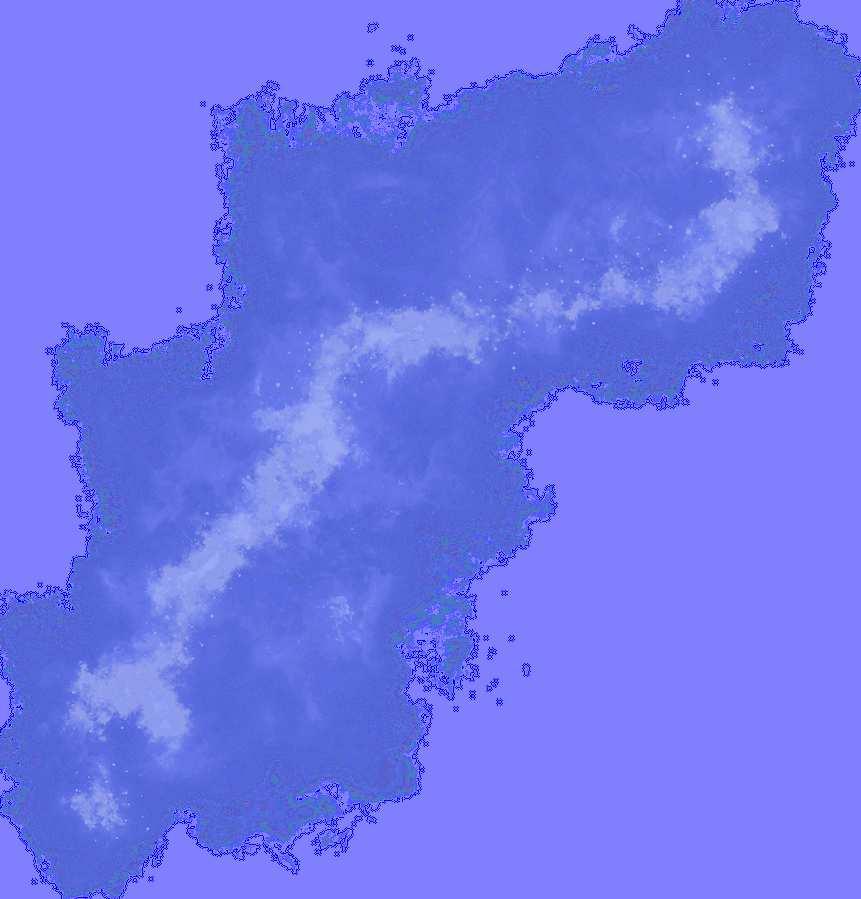
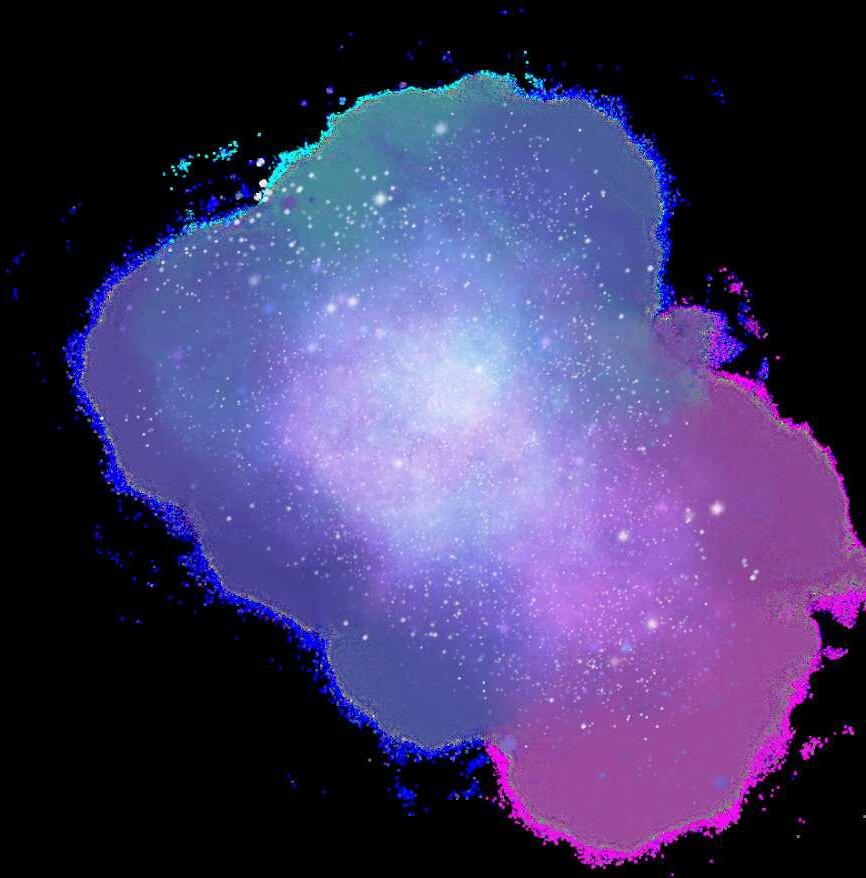
Created by Leo Brown
Illustrated by Bo Burnham

A - Blob
B - XP-52
C - Zap
D - Captain
E - Hacker
F - Crux
G - Uzbatutsa
H - Nebula
I - Agent
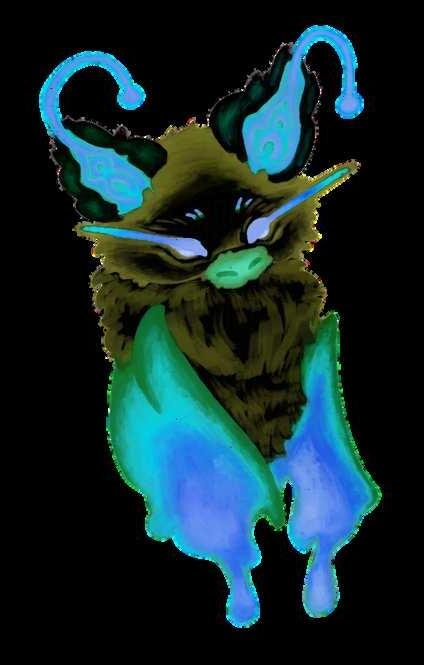

J - Y-37
K - Neon
L - Mac
M - Hank
N - Argos
O - Ogel
P - Smash
Q - Tark

R - Yttrium
S - Flash
T - Zoooooom
U - Doctor
V - Boss
W - Wizzer
X - Slug
Y - Y5-68
Z - Racer
Month you were born in
January - Speedman
February - Lightrunner
March - Hydrogen
April - Asteroid
May - Sunburn
June - Starblast
July - Millennia
August - Extraterrestrial
September - Slimer
October - Racer
November - Ionic
December - Freeze
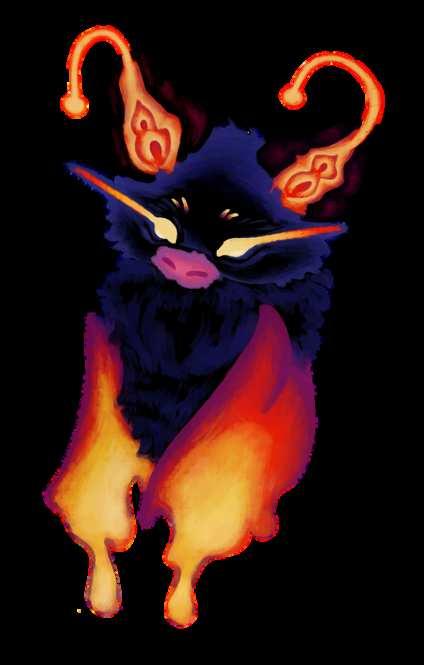


Created by Nina Martindale

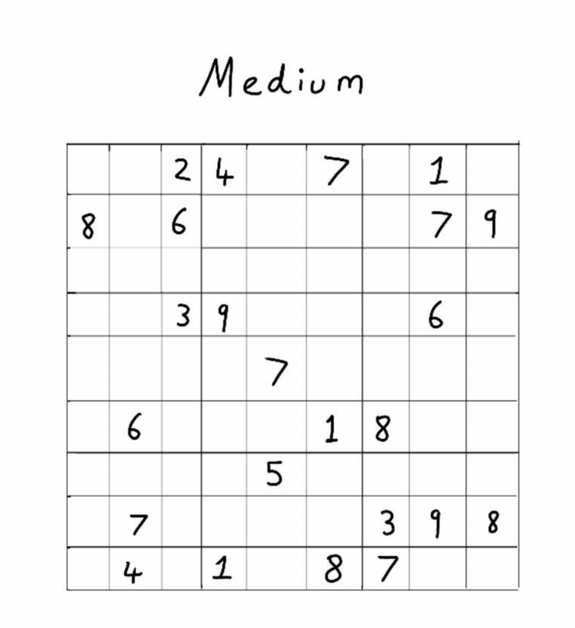
Draw a line to the correct teachers’ pet

Created by Samuel Brown
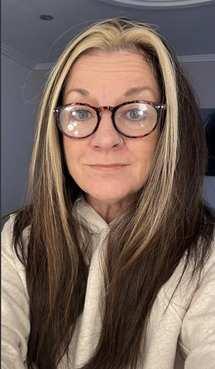



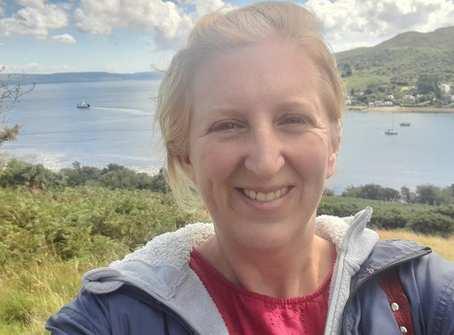

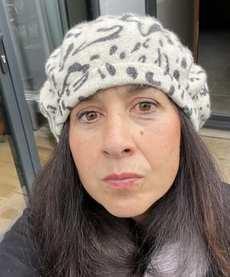



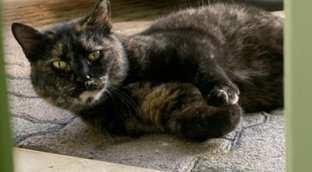

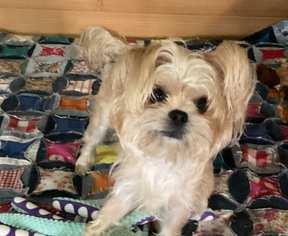

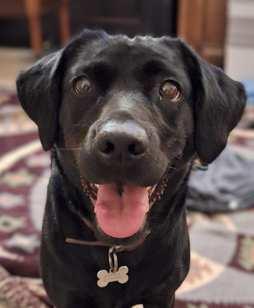





Created by Anya Coren

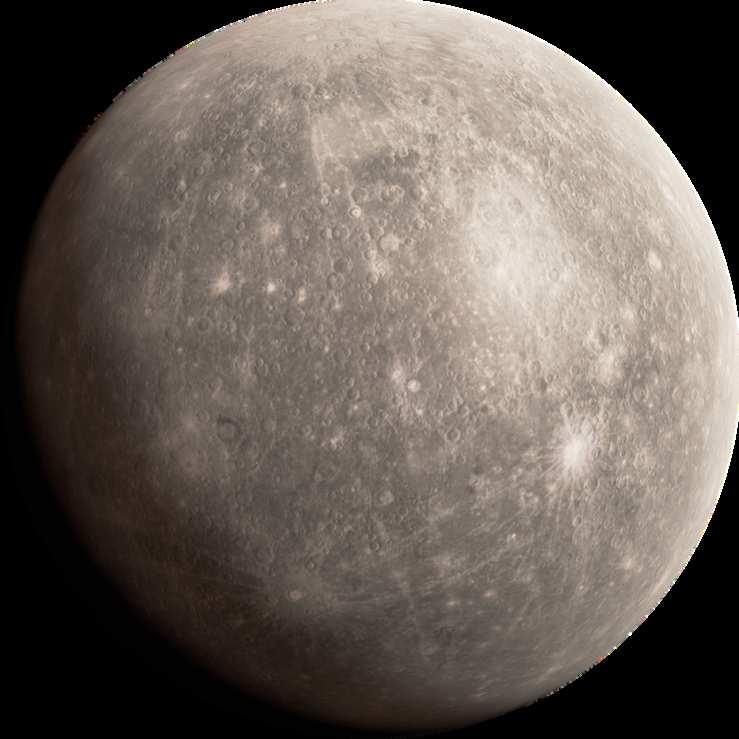





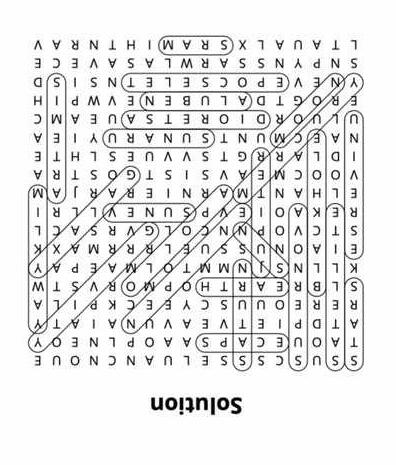

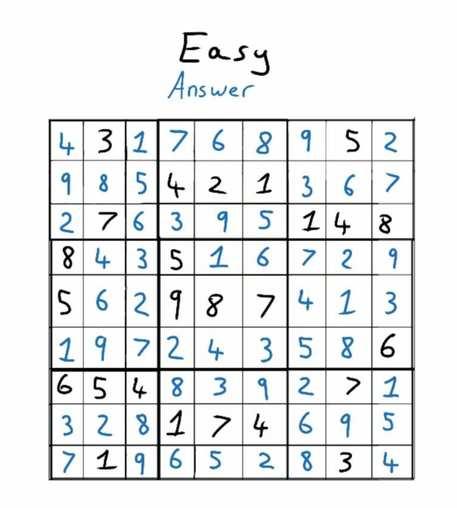




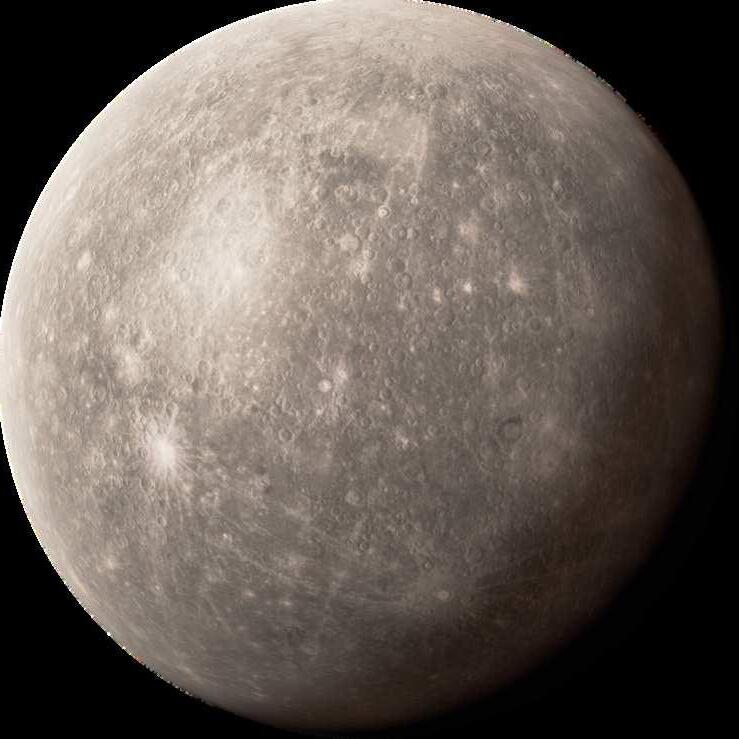
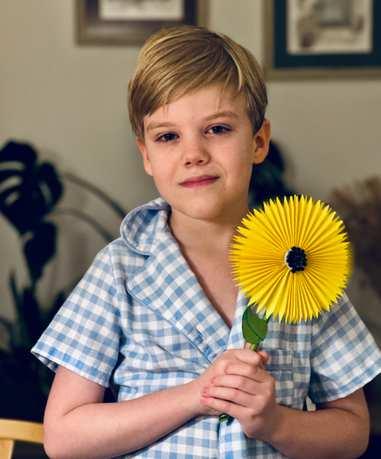

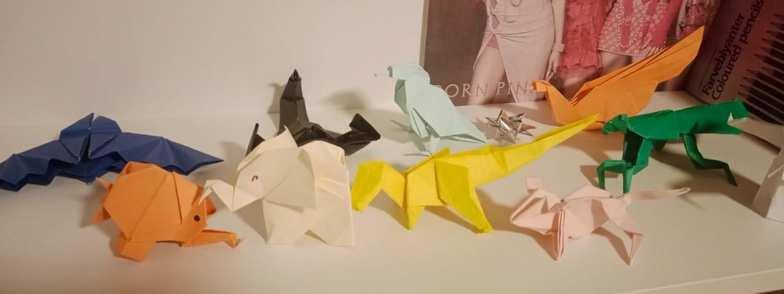

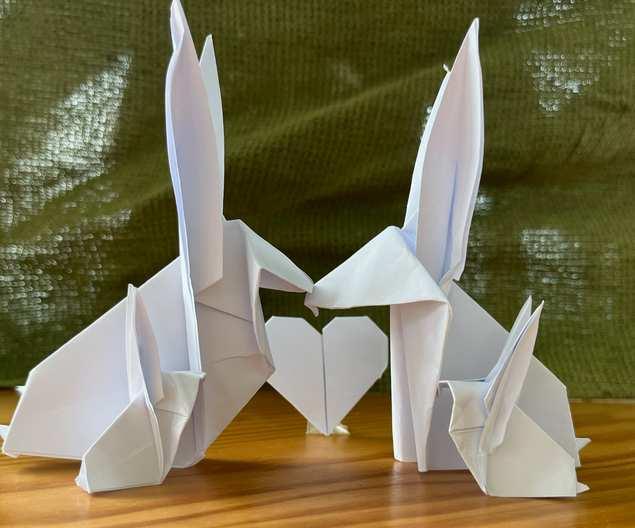



Mr Boylan

Leaderboard status: 4 July 2025


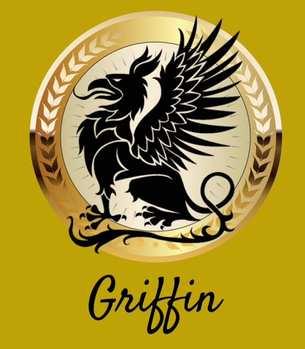
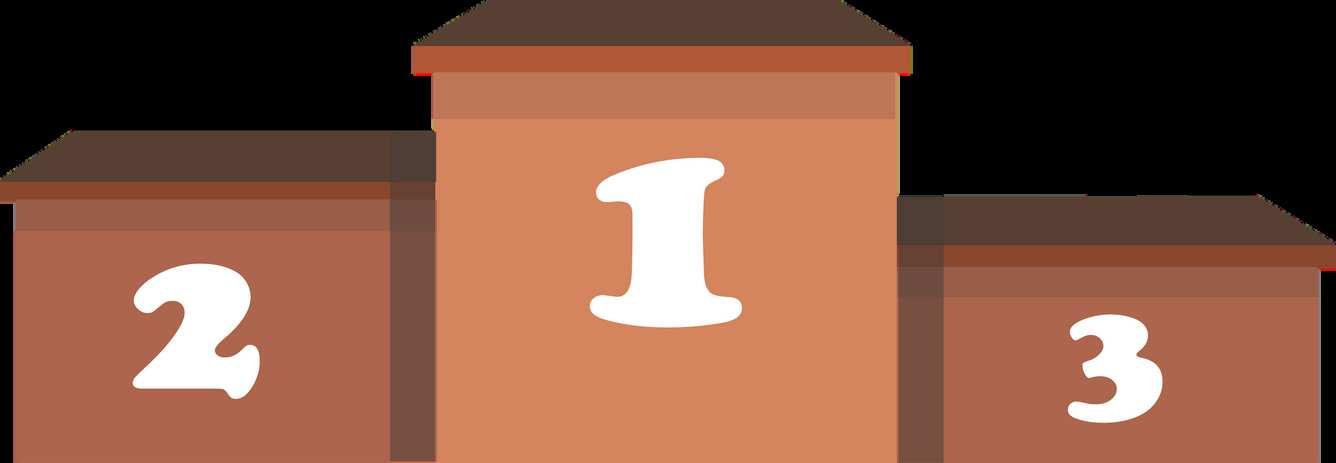
Alia Barry, Annika McQueen, Anya Coren, Aryan Premjithlal Bhaskaran, Bo Burnham, Camila Po, Christiana McAleer, Cielo Sanchez, Claire Justine Enriquez, Crystal Kim, Dana Luna Zimmer, Dean French, Teddy Tatham, Elisabeth Kirchner, Emilie Hohensinner, Filip Malmberg, Flavia Faraon-Pogaceanu, Harjis Cima, Isabel Rodrigues-Ventas, Jamie Coren, Leo Brown, Lisa Roth, Matthew Huggett, Miss McWilliam, Mr Boylan, Mr Brittain, Mrs Brusse, Mrs Hope, Mrs Roberts, Mrs Graham, Natasha Tatham, Nikolas Koulouris-Gilbert, Nina Martindale, Olivia O'Gorman, Pandora French, Rosie Fidler, Samuel Brown, Sophia Davids, Sophia Kang, Sofia Malmberg, Teia Procopie, Uphaar Kaur-Khangura, Vera Kong, Winwin Shinpat, Xanthe Trim, Xenia Plarre, Zoe French

The Cambridge Collective